| Pages:
1
2 |
David K
Honored Nomad
        
Posts: 65389
Registered: 8-30-2002
Location: San Diego County
Member Is Offline
Mood: Have Baja Fever
|
|
TRIP #7 (OCT 2017) Tijuana to San Quintin & San Pedro Mártir Observatory
EDIT: Report & Photos sized for message boards and no watermarks are here: https://www.tacomaworld.com/threads/2017-baja-expedition-7-t...
What was supposed to be a 7 day, final trip, to collect data on the remaining areas of Baja of interest for the road guide and map project... turned
out to be a 6 day trip and missed doing Hwy. 3 from Ensenada to Valle de Trinidad plus Laguna Hanson to La Rumorosa.
Why? See this post: http://forums.bajanomad.com/viewthread.php?tid=87975
OK... I will start from the beginning with all my data for those interested:
Left my north San Diego County home at 9 am on Tuesday, October 10. I stopped at Costco, Chula Vista (I-5, exit Palomar street, east to Broadway,
north to Costco). Got gasoline and then into the store to exchange dollars for pesos. The rate was 17.40 pesos per dollar. [It was 17.35 last August
and 20.20 last January; 18.80 last March; 17.70 last April; 17.80 last June].
My FMM had expired so I stopped at the Tijuana border crossing INM counter to get a new one. 500 pesos and good for 180 days. It took longer than at
Mexicali or Tecate as the INM agent does not collect the money as at the other places. One must take the form and walk inside the building to a bank
counter to pay, then back to the INM desk.
Maybe 15-20 minutes overall as the banker was not at his desk for a few minutes.
To get the FMM, stay in the right lane, as you are nearing the border... drive over to the giant flagpole and see the covered parking area in front of
a large, blue building and park. Walk into the building and through it to the other side and just outside the doors, on the left are the INM counters.
Have your passport and reading glasses if you need them. The print is tiny to fill out the form. When you are done simply drive back to the lanes of
traffic crossing south then seek out the signs for PLAYAS DE TIJUANA, SCENIC ROAD, ROSARITO once you pass the red light/ green light gate. Red light
means you have been selected for a search.
I took notes on the mileage and kilometer markers going south. I used the toll (Scenic) road (Hwy. 1-D) first (a 33 pesos toll) then exited on the
south side of Rosarito onto the free road (Hwy. 1).
The road to the south first goes west, along the U.S. border before climbing a steep hill and joins the highway in 3.9 miles. The Playas de Tijuana
exit is at 5.1 miles (from the border crossing) and a Km. 9 post is at 5.3 miles. The kilometers are measured along the street through town and not
the border wall expressway, so a 1/10 mile difference. The first toll booth is at Km. 11 and I exit the toll road at Km. 34.5... not need to bore you
further, as I will add this data to the Baja Nomad Kilometer list thread! The free road has different Kilometer markers, as it uses a shorter route to
the border (Km. 0).
Just beyond the Cantamar sand dunes, see a church sign (at Km. 49) that points the way to the mission site of El Descanso. This was the first 'Mexican
Baja California mission' as it was founded after Mexico's independence from Spain. Originally, Descanso was a new location for Mission San Miguel in
late 1809 or early 1810 when floods destroyed the fields there. In 1830, Padre Caballero established El Descanso as a new mission. It was short-lived.
In 1834, he founded his next mission at Guadalupe and abandoned Descanso and San Miguel.
The mission is located next to a modern church, located just a half mile from Hwy.1 on a dusty road, beyond a school. Park at the church and walk
behind it to see the archeological excavation, partially protected by a steel awning.
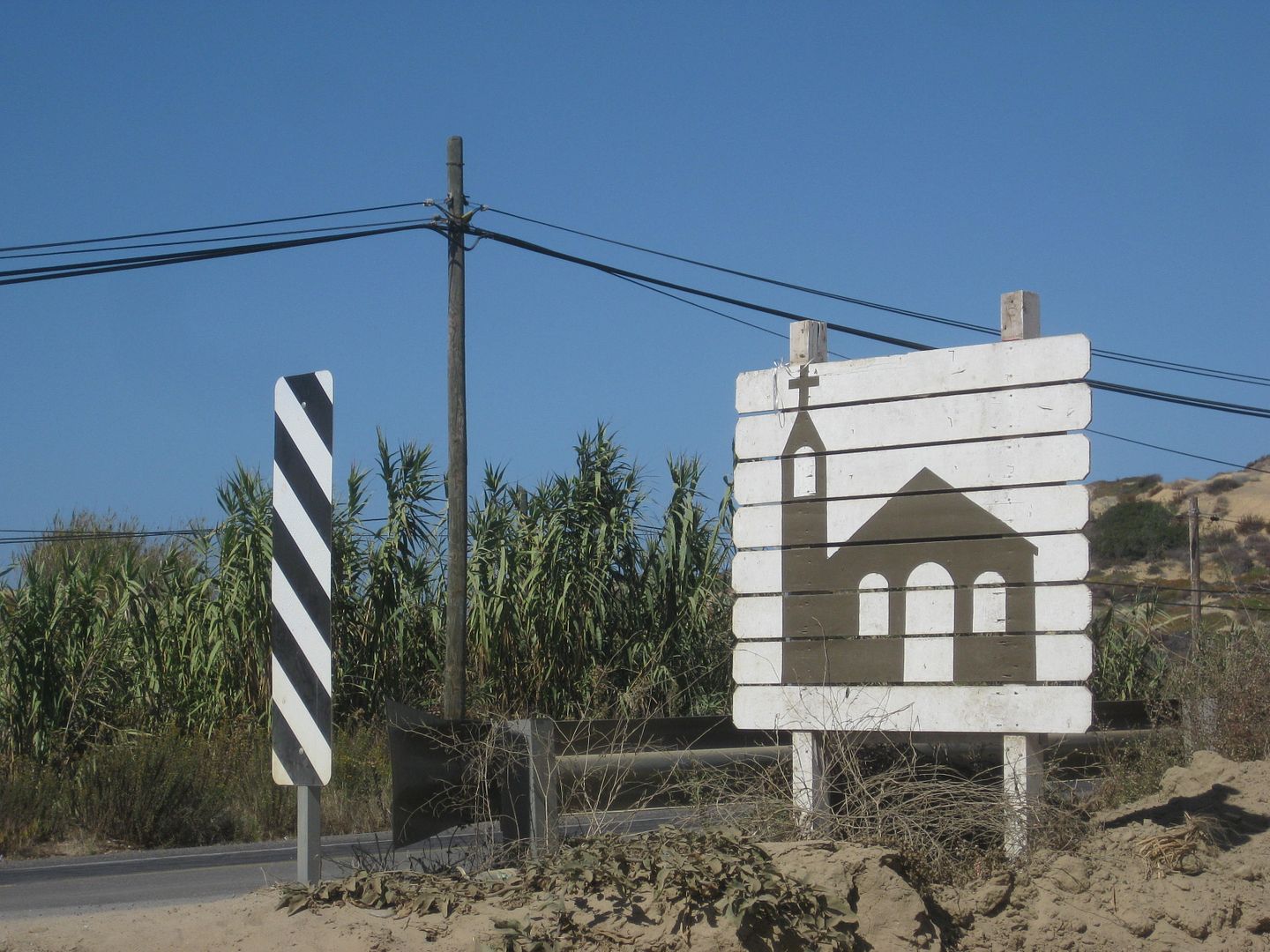
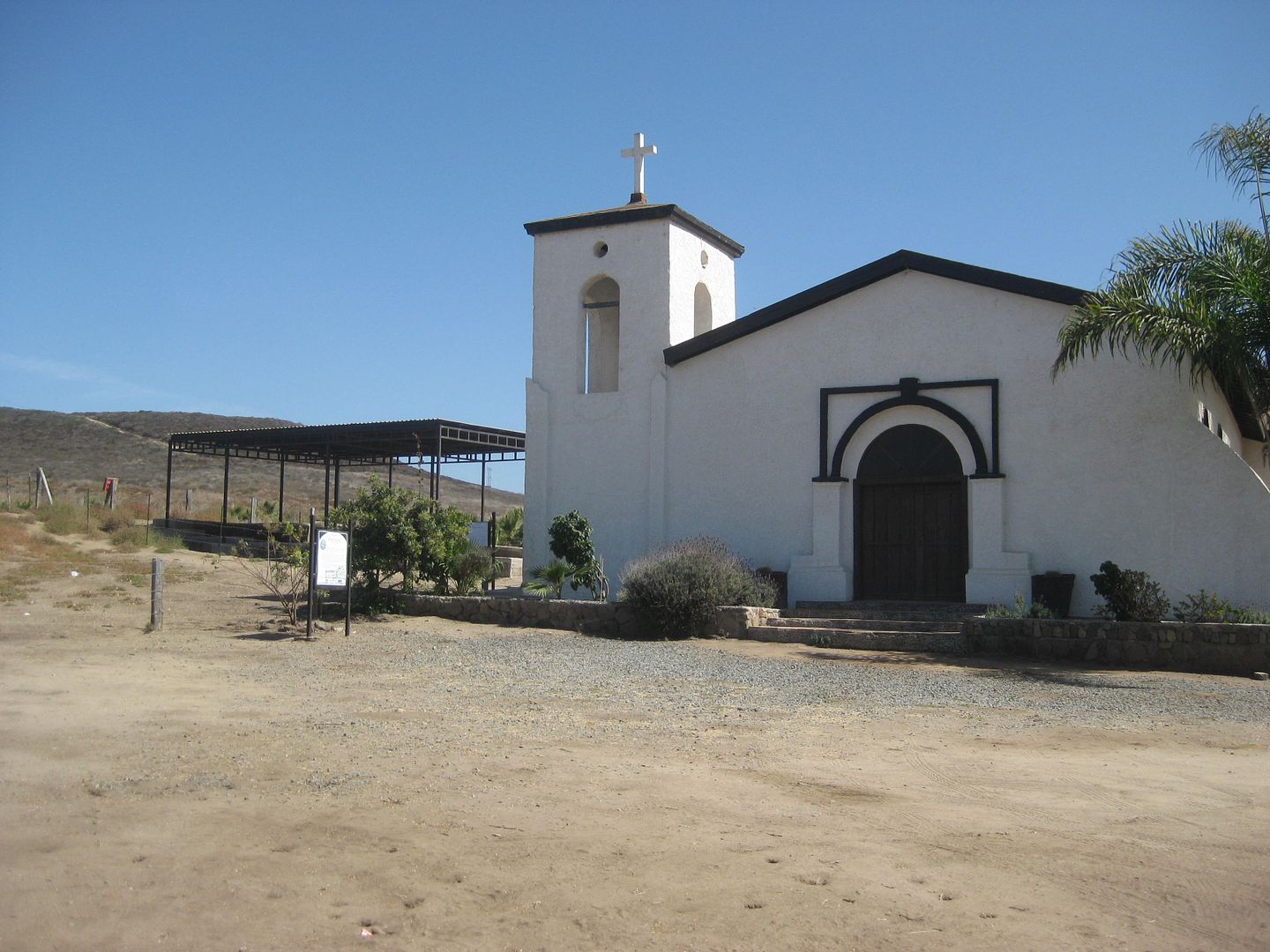
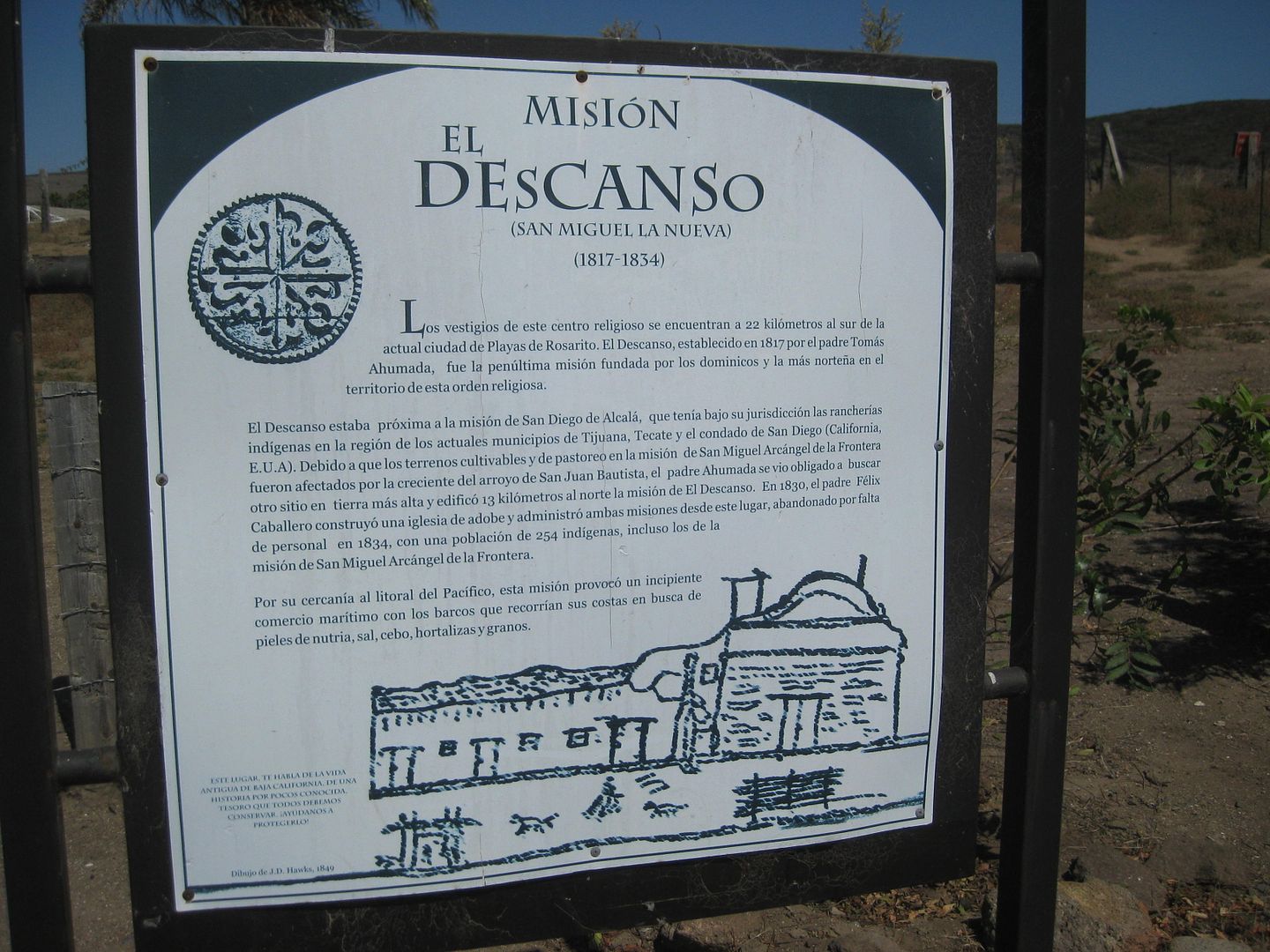
The original site date, once believed to be 1817, was corrected in 1960 by new research that has escaped many. The padre who moved San Miguel to the
hillside just south of here wrote a letter to his superiors that he did so shortly after he arrived at San Miguel (in 1809). An author of Dominican
mission history did not have that letter when he was published in the 1930s, and simply guessed it was about 1817. We now know that in 1817, that
padre had already transferred to southern Baja California.
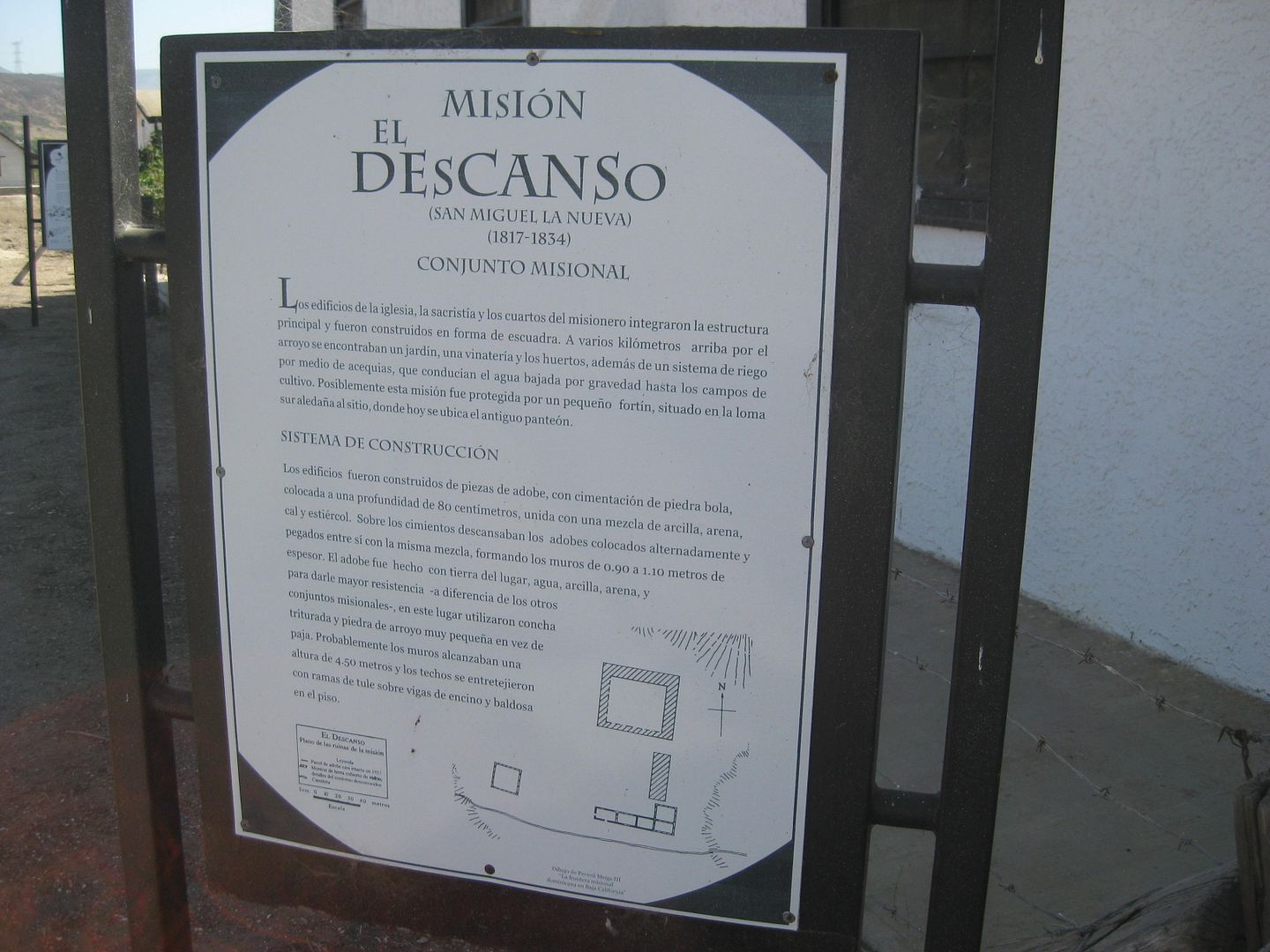
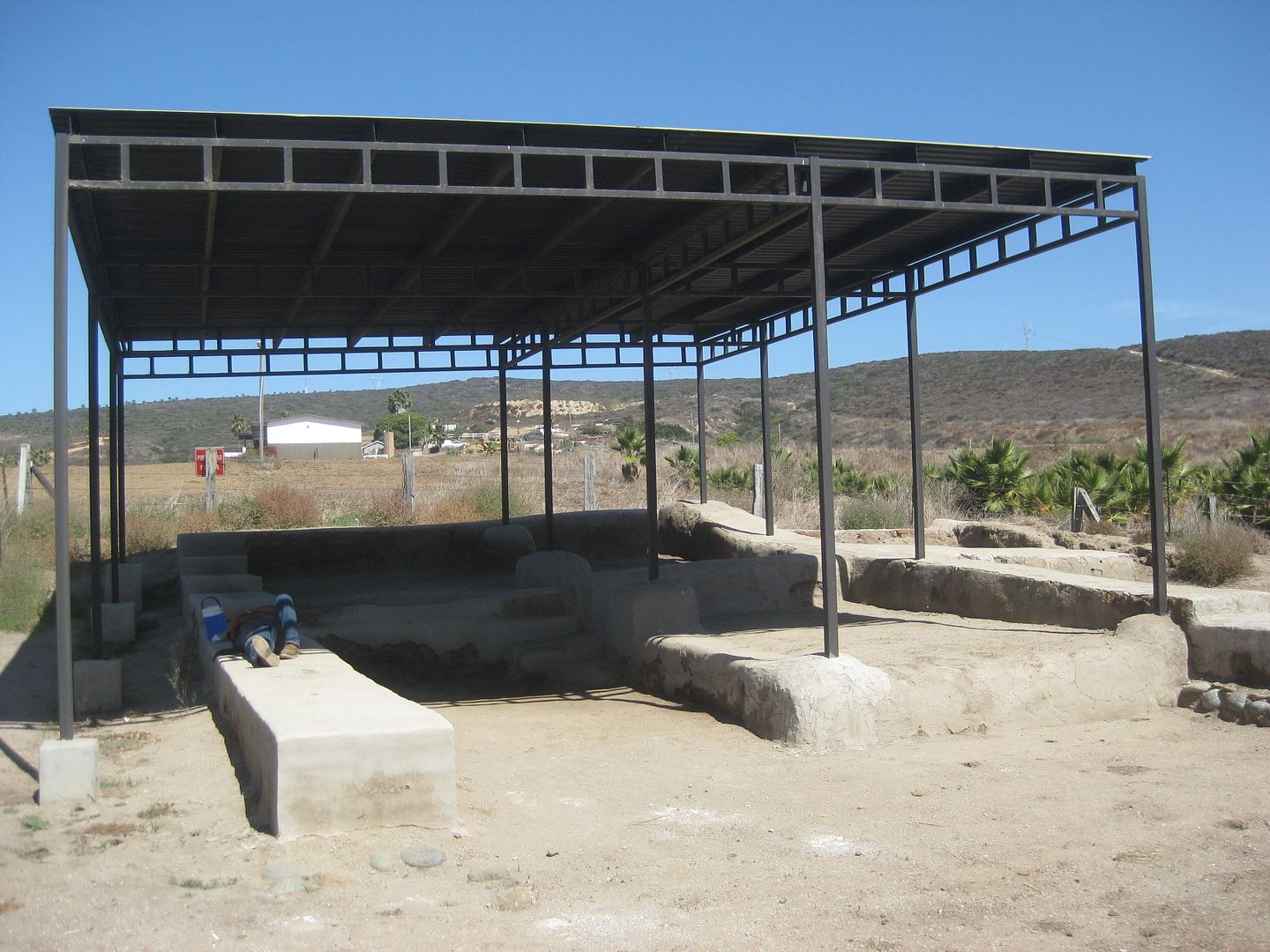
The worker was taking a siesta... He never knew I was there, I don't think.
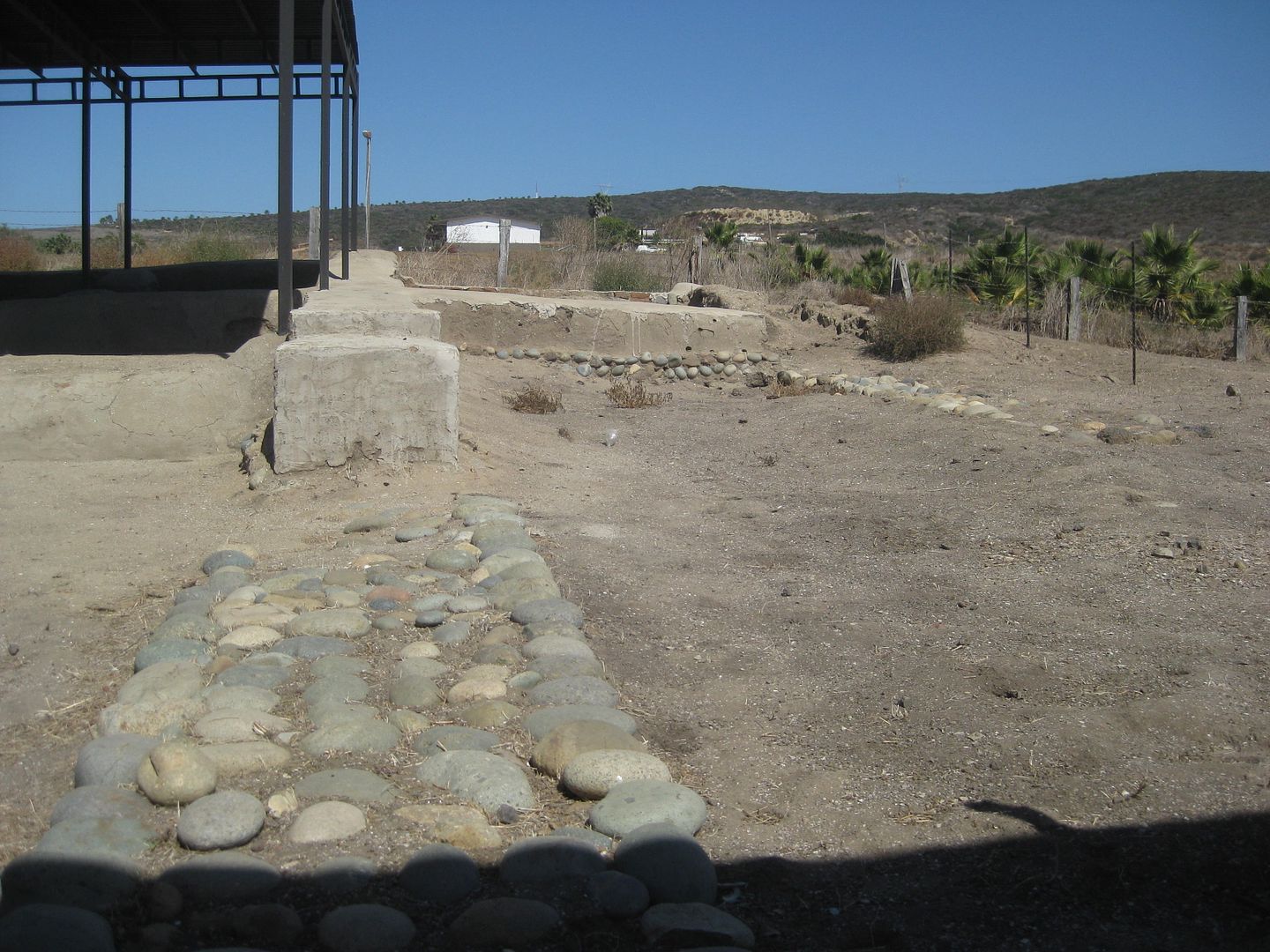

After taking photos and continued south and noted the locations for Splash and the Halfway House, two popular restaurants... very close to each other
(around Km. 52.5.)
The next California mission going south is not far away and right on Hwy. 1... STAY TUNED!
[Edited on 6-5-2021 by David K]
|
|
|
David K
Honored Nomad
        
Posts: 65389
Registered: 8-30-2002
Location: San Diego County
Member Is Offline
Mood: Have Baja Fever
|
|
Staying on the free road, it goes from 4 lanes to 2 lanes just before the Descanso mission road and gives you an early taste for the highway south of
Ensenada and Maneadero.
The town of La Misión is at Km. 65 and the mission, for which the town gets its name is at Km. 65.5, on the left, in a schoolyard. It is fenced off
from the kids, but to get close to it, you need to enter the school grounds. When I was there, the kids were at recess and playing all around. So, I
walked alongside the mission and took photos through or over the chain-link fence.


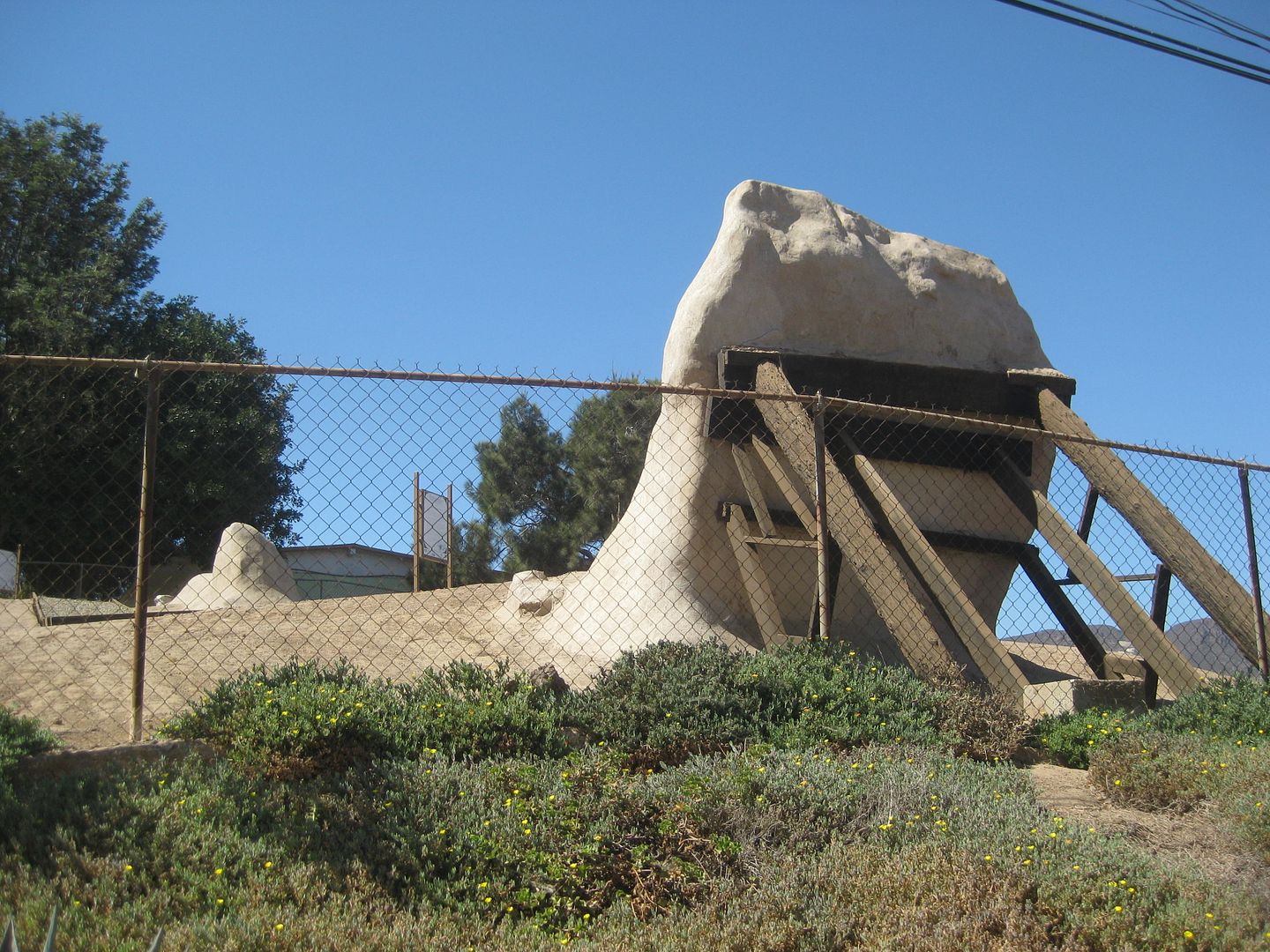
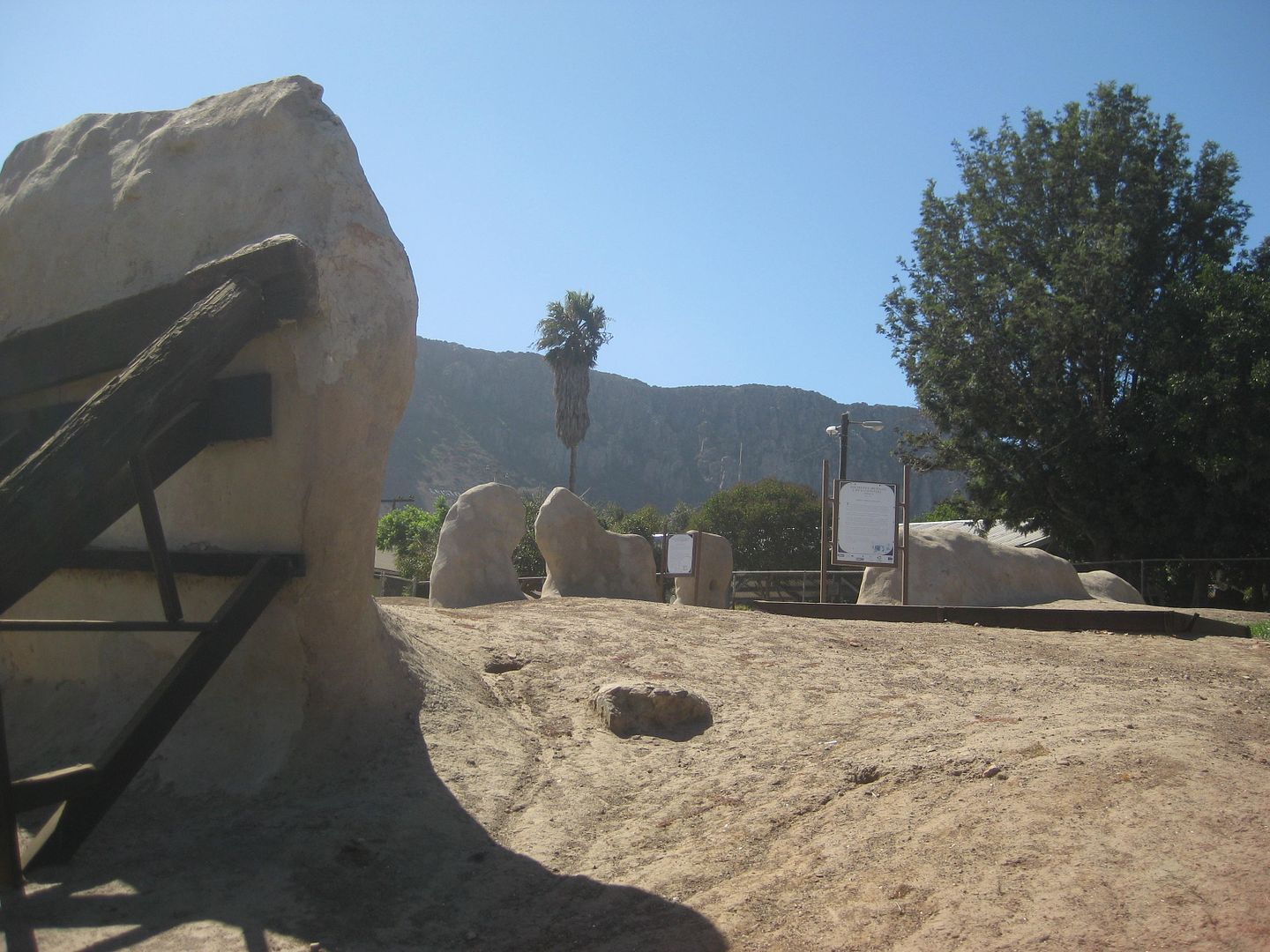
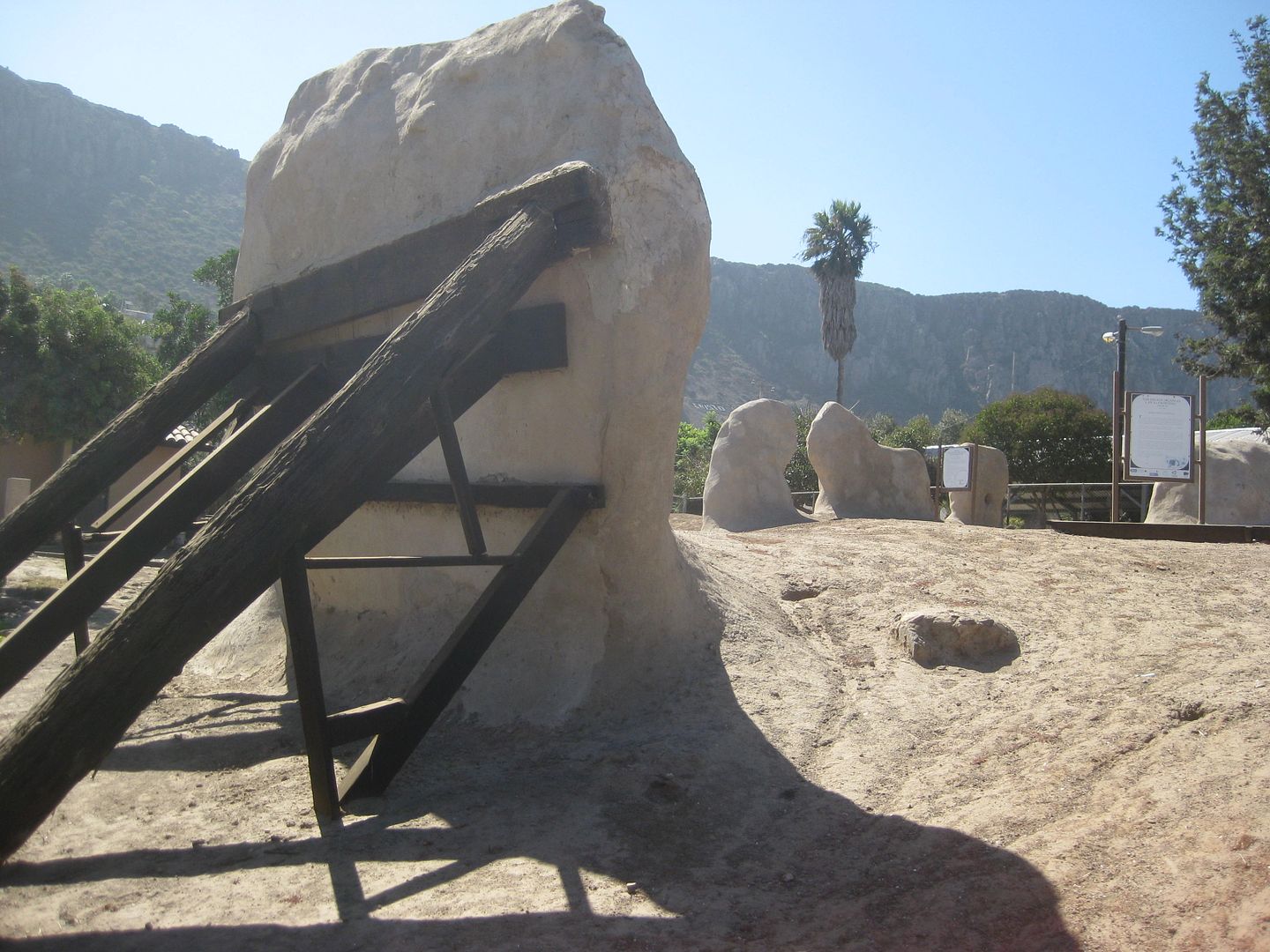
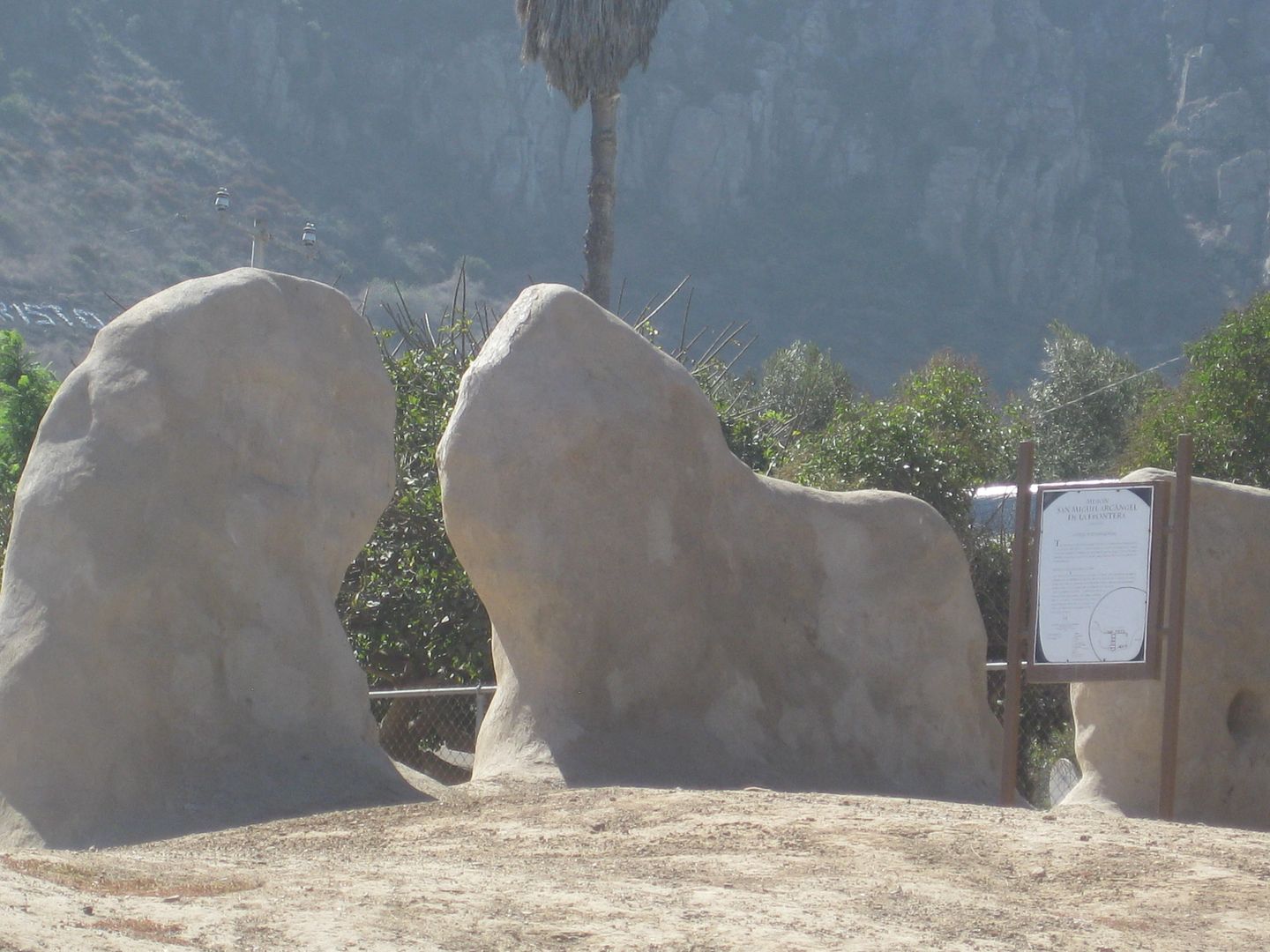
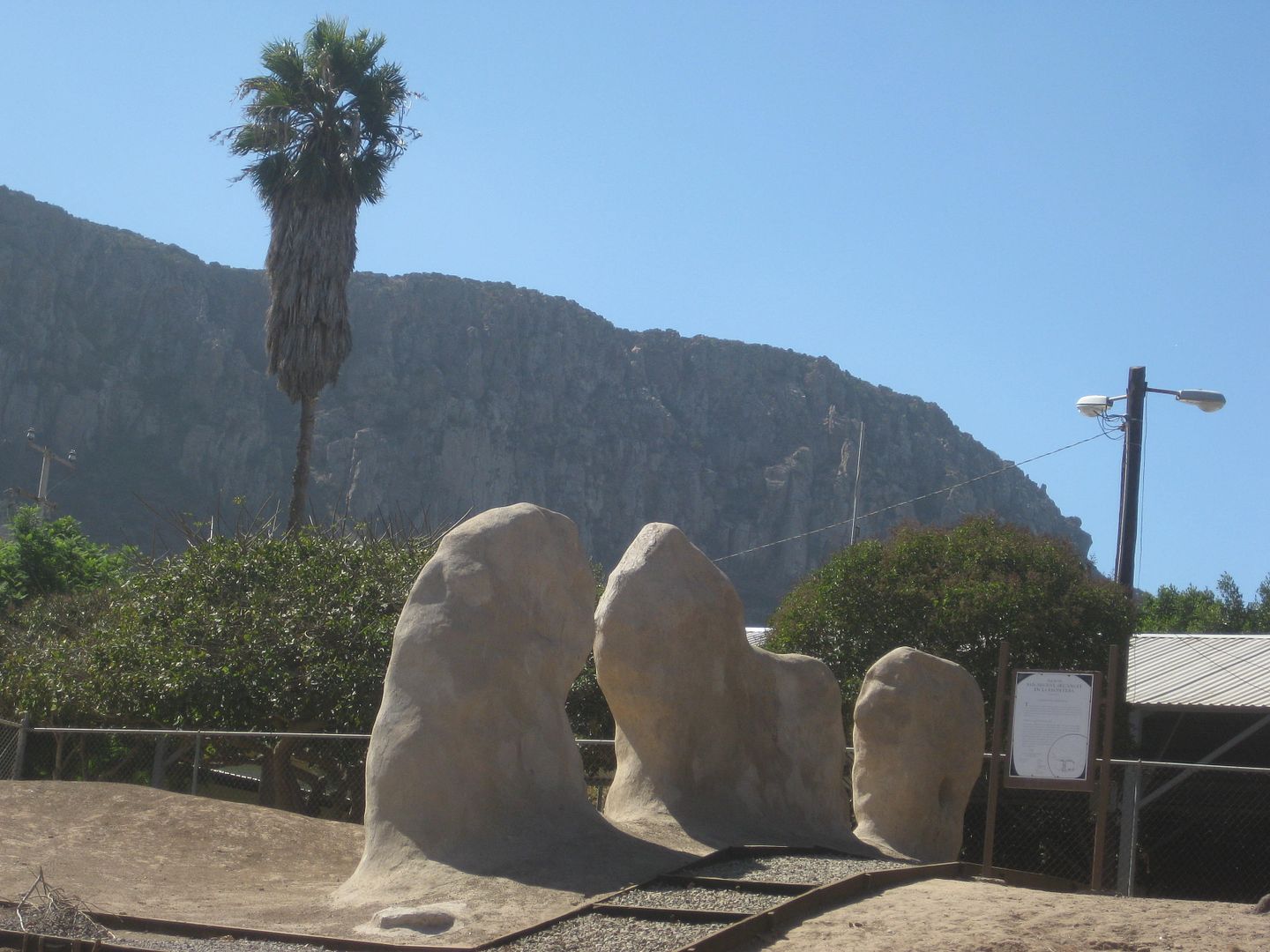
Mission San Miguel Arcángel was founded in 1787 by the Dominican missionary Luis Sales, 7 miles east of here, overlooking an oak tree canyon. At the
invitation of an Indian chief who was bitten by a rattlesnake and treated by the padre, the mission moved to his village the following year. That
location was known as San Juan Bautista by the Franciscans who passed through in 1769 on their way to establish San Diego. The native name was
Ja-kwatl-jap (for the tribe's hot springs there).
It is this fascinating history that inspired me to write Baja California Land of Missions, published last year. Baja continues to be a source of
interest!
Passing on from La Misión, the paved cut across road to Guadalupe Valley and Hwy. 3 is at Km. 83.
The free road and toll roads merge just after Km. 95, and the next kilometer marker is on the 4 lane highway and is Km. 100, in reality just a half
kilometer southbound from Km. 95 on the free road.
Km. 101.5 is the junction with Hwy. 3 to Tecate.
Km. 107 is the split in the highway with the Tourist Zone and San Quintín or San Felipe bound travelers recommended to take the right fork.
Km. 110 post is just as you near the Ensenada harbor and 1/2 mile ahead is the fork (and first signal light in this city), right to parallel the
waterfront and continue south (a Pemex station is over on the left of this Y in the road.
The signed Hwy. 3 to San Felipe is 1.5 miles from the signal at the Y and 0.4 mile beyond is the left turn to get on Hwy. 1 south. It is signed here
for La Bufadora and the street name is Estancia. This seems to be the newer, less congested way to get south. A right turn is made in another 0.4 mile
(Pemex on the right and a Soriana store is across the intersection). Now you are back on Highway 1, southbound!
Crossing any city is not fun with traffic and so many stop lights... which all seem to turn red when you arrive!
I made more mileage notes heading south (Estero Beach access, Baja Country Club, and San Carlos Hot Springs road) as I did not see any kilometer
markers until Maneadero. Very likely they were hidden by parked cars or simply not there, as is the case in other populated areas.
'bajaguy' invited me to stop by and show me the hot springs. Sadly, I was running about 2 hours behind schedule and had to get a rain check.
The highway from Maneadero to Punta Banda and La Bufadora is just over 13 miles, and the tourist shops at the end of the road were just a zoo. There
were busloads of tourists there, so I just GPS'd the spot and made a U-Turn as soon as I could!

Next, I pulled off at Ejido Uruapan (Km. 41.5) to take a quick look at the hot springs advertised there. The pavement ends in 0.8 mile, turn left
(well signed) and 1.9 miles from Hwy. 1 you arrive at the hot springs. There are bathhouses for men and for women, a few palapas for picnicking, and
several washing machines and clotheslines! I guess hot water here is more prized for laundry use than for soaking!
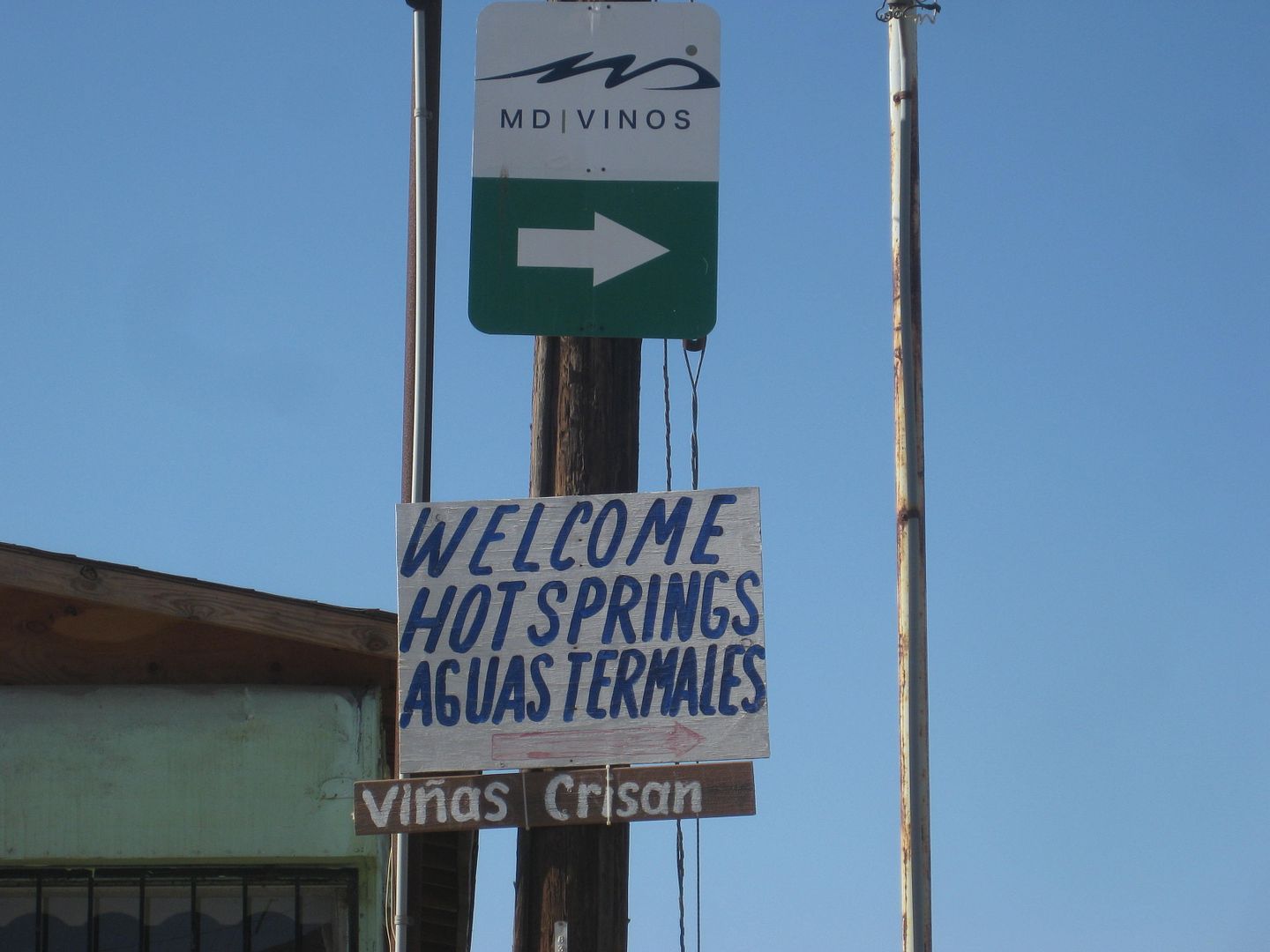

The sun was dropping and I had to see one other spot before arriving at my destination for the next two nights, La Bocana at the end of Arroyo Santo
Tomás. The road is at Km. 47 and once beyond the ejido at the junction (El Ajusco) the graded dirt road was very smooth. There was a lot of traffic
that afternoon and lots of blind curves, so no high speed. It is 28 kms. or about 17 miles from Hwy. 1 to the beach at La Bocana. The location was
almost ghostly with empty homes, yet there is so much potential here.

Good road!

Scenic estuary or river mouth (La Bocana).

Beach was across the estuary. A road south (for Punta China) branched 1.5 mile before La Bocana and would get to that beach.

On the way out, I was saddened to find that the oak tree picnic area (fork 3.6 miles from Hwy. 1) and location of the first Santo Tomás mission has
been closed and fenced off. The creek that once ran by it was dry and sadly we come to realize that things don't always last. One must enjoy places
while they are available!
The second Santo Tomás mission site was in a plowed field on the north side of the road (2.8 miles from Hwy. 1)... It has been obliterated by
farming. I took photos of the remains in 2009 and saw on 2012 satellite imagery that the pepper fields looked freshly plowed and no longer was the
soil and rocks from the adobe mission visible as on previous satellite images.
The third and final mission location (near the El Palomar campground in the town of Santo Tomáa) is also nearly vanished. I had lunch there a few
months ago. All three mission locations for this, the last mission to be operational in the Californias (abandoned in 1849), will be only saved in
photos... too bad INAH or private concerns did nothing to preserve the ruins of these sites.
From earlier trips:
SITE 1 (1791-1794):
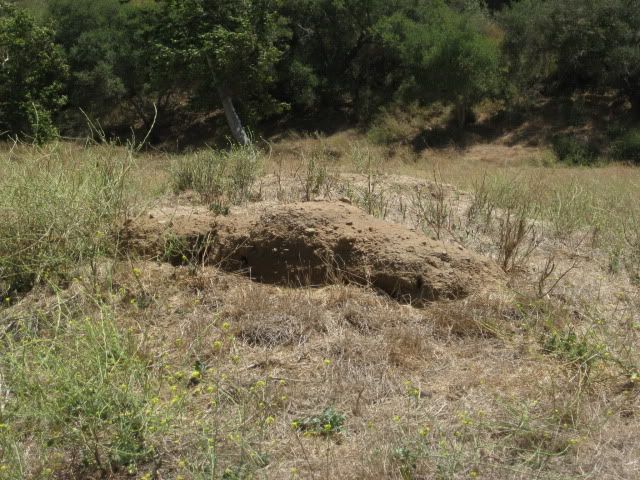
Photo from 2011
SITE 2 (1794-1799):
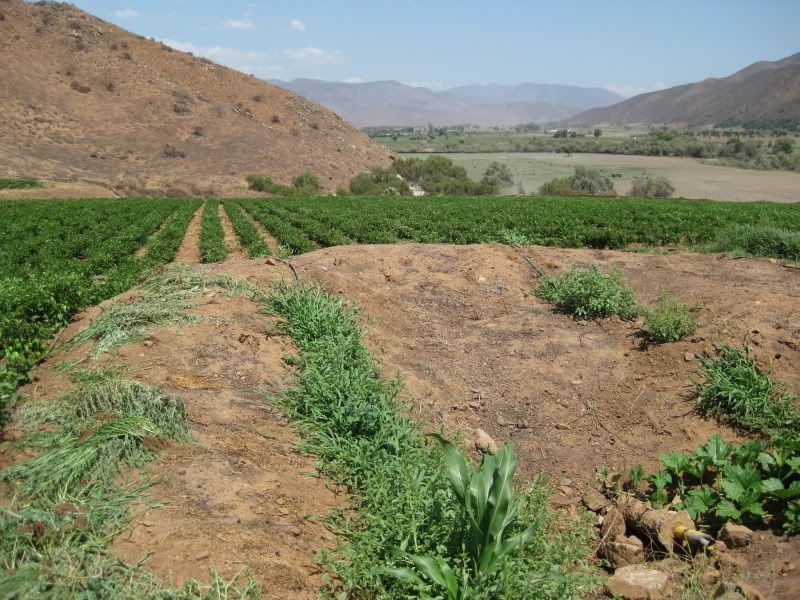
Photo from 2009
SITE 3 (1799-1849):

Photo from 2017
My destination tonight was San Vicente, another Spanish mission colony, founded in 1780. A very nice motel called El Camino is on the left, on the far
side of town.
Stay tuned for much more...
|
|
|
bajatrailrider
Ultra Nomad
    
Posts: 2504
Registered: 1-24-2015
Location: Mexico
Member Is Offline
Mood: Happy
|
|
The work and time and effort you put in Thank you David.
|
|
|
David K
Honored Nomad
        
Posts: 65389
Registered: 8-30-2002
Location: San Diego County
Member Is Offline
Mood: Have Baja Fever
|
|
DAY 2: San Vicente Area
I met 'bajatrailrider' (Larry) on Ken Cooke's 2015 Pole Line Road run. Larry lives full time in San Vicente and has been providing off-road motorcycle
guide service for many years. Larry was kind enough to insist I be his (and Andrea's) guest and he would show me a few sites in the area that may make
interesting material for the Baja Bound Road Guide I have been producing this year.
Rancho Agua Caliente and at least three source hot springs are 12 miles by 4WD road from San Vicente. The hot springs have been published as far back
as the 1958 edition of the Lower California Guidebook. The ranch there is not occupied but is owned by a friend of Larry's in San Vicente.
Here it is, pointed out, on a 55-year-old map:

1962 Lower California Guidebook map, by Howard Gulick. Notice the pavement south ending before Colonet! There is a now more direct road to Agua
Caliente than this 1958 & 1962 edition map shows.
The hot springs are not developed at all. So, bring picks and shovels if you want to bathe here! They are along the south bank of Arroyo San Vicente
and another, not as hot spring is by the ranch on the north side of the arroyo. The south springs felt to me to be about 90°-100° and the water
rises in the pool with enough force to cause the sand to spin. There are some gas bubbles as well. No sulfur odor was detected, which is a nice
surprise.

A pool is crossed driving up the arroyo road from San Vicente.
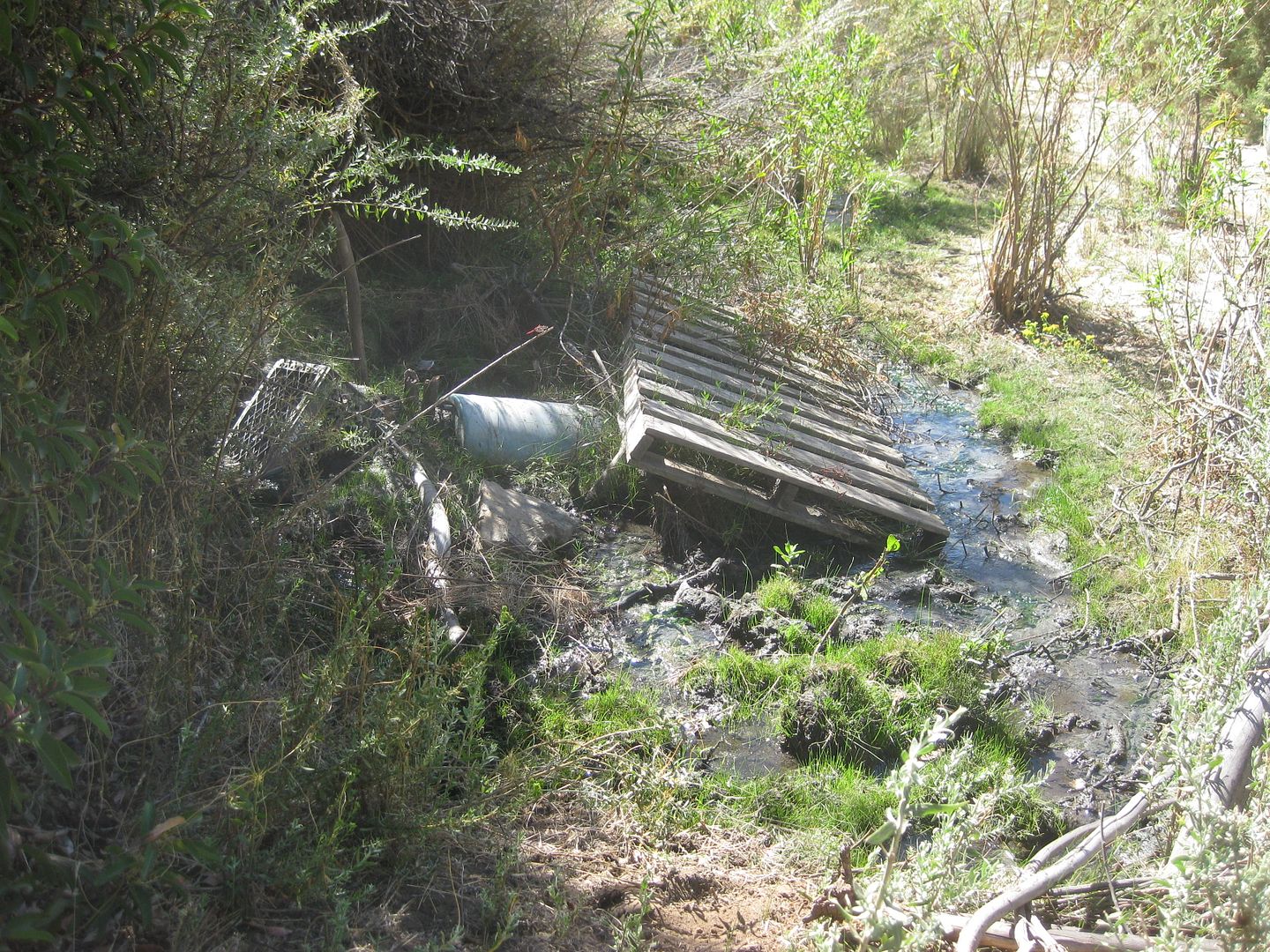
The first source spring is not very attractive!
About 1000 feet downstream (west) one comes to...
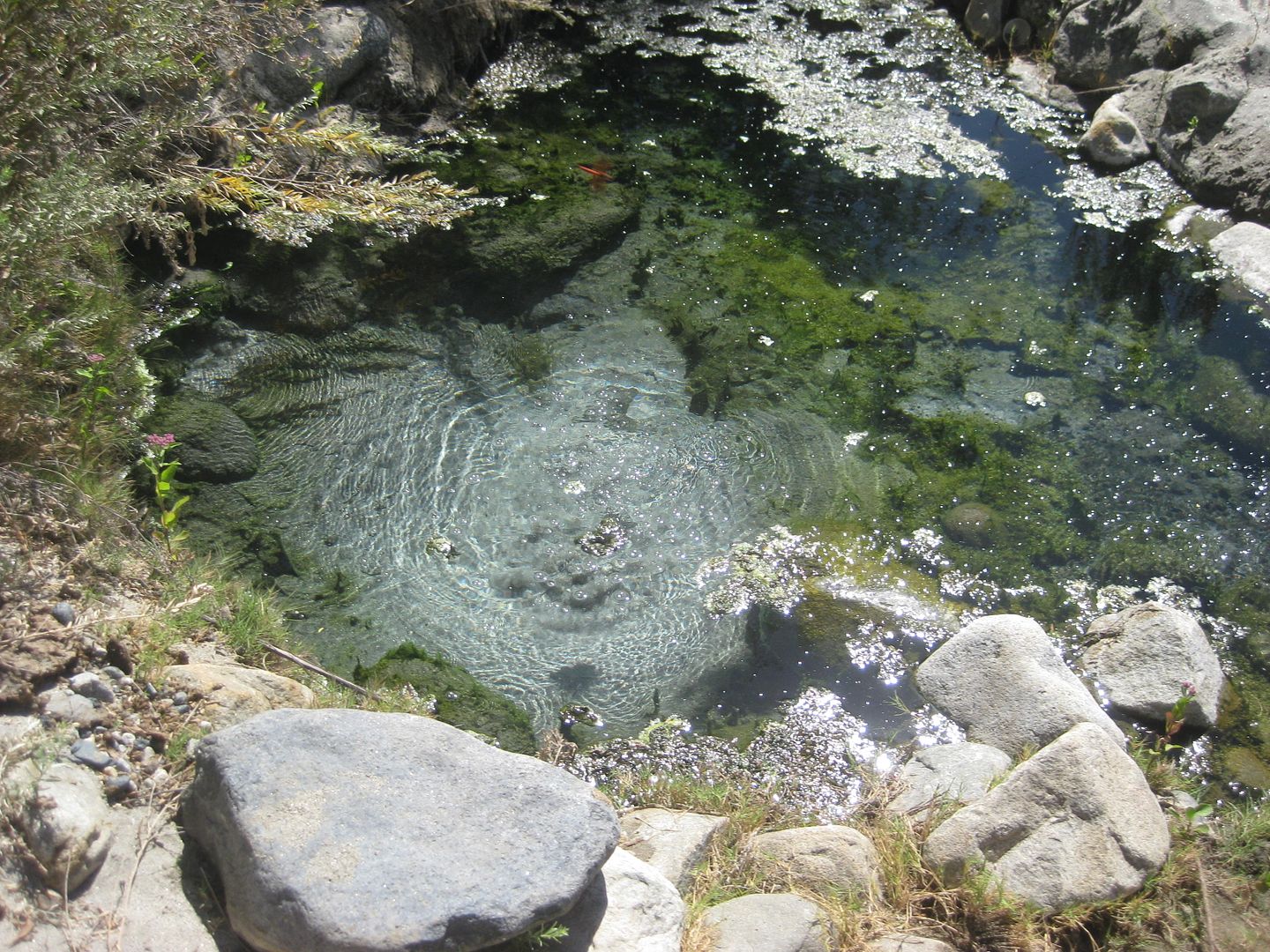
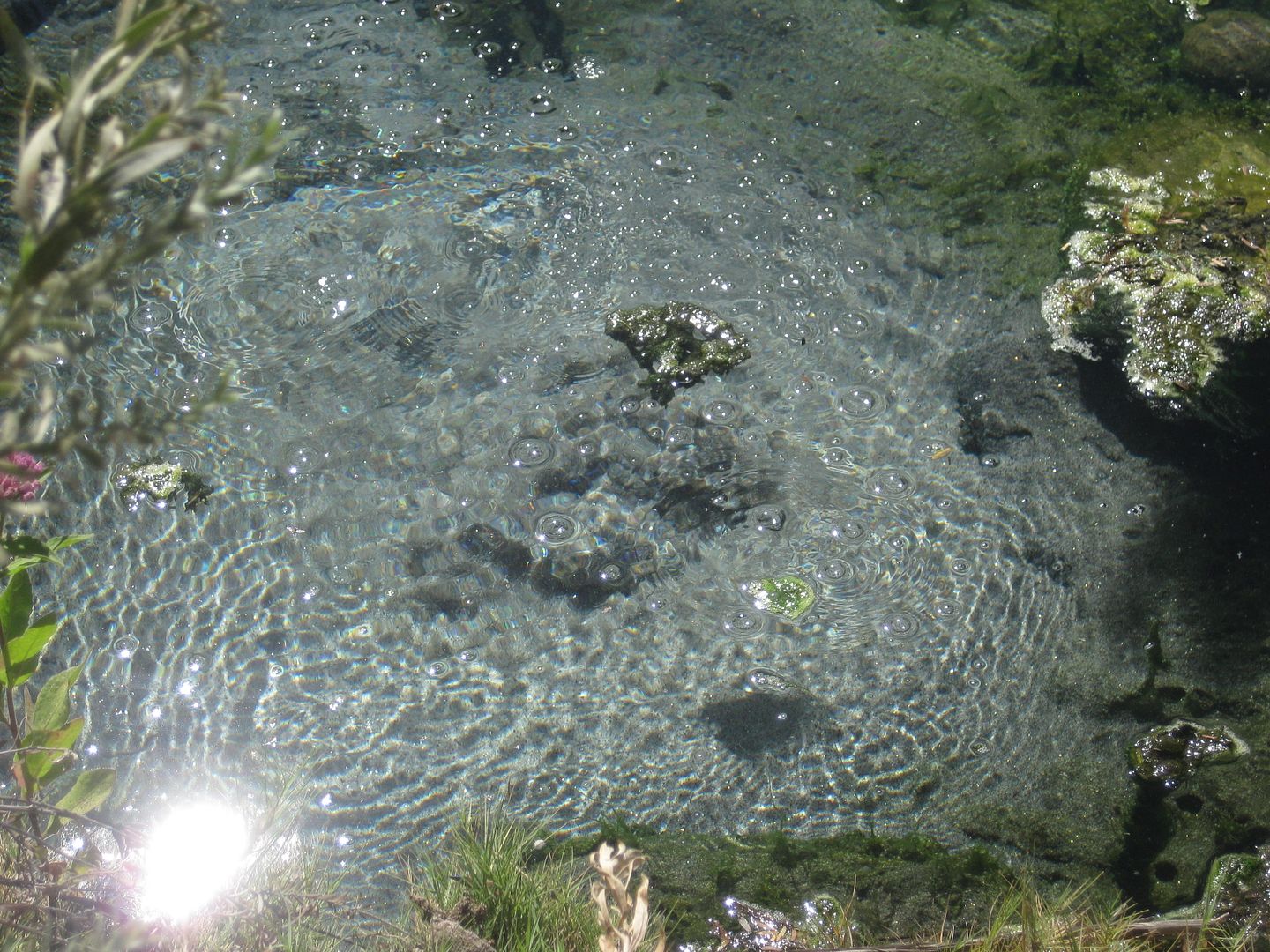
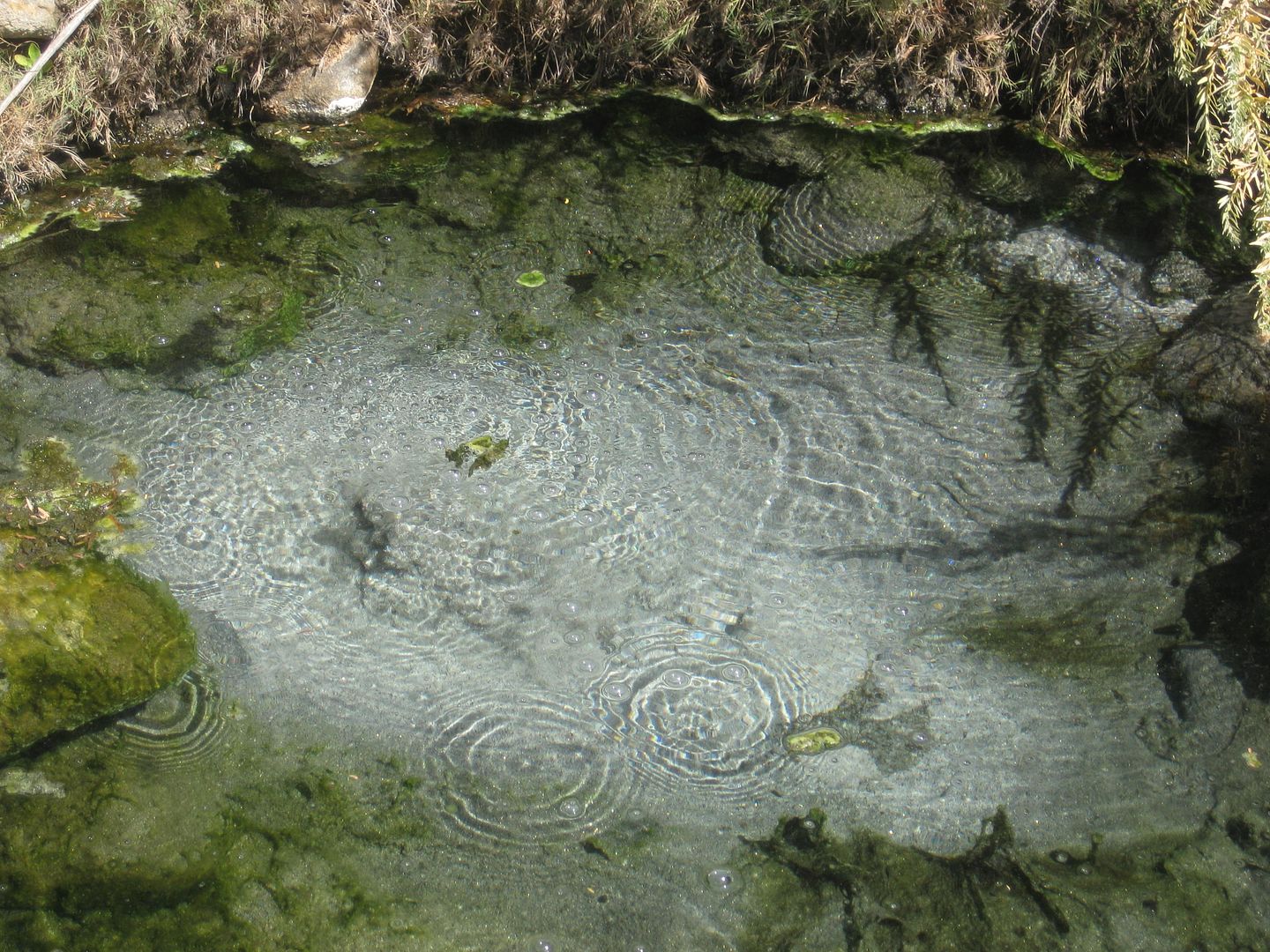

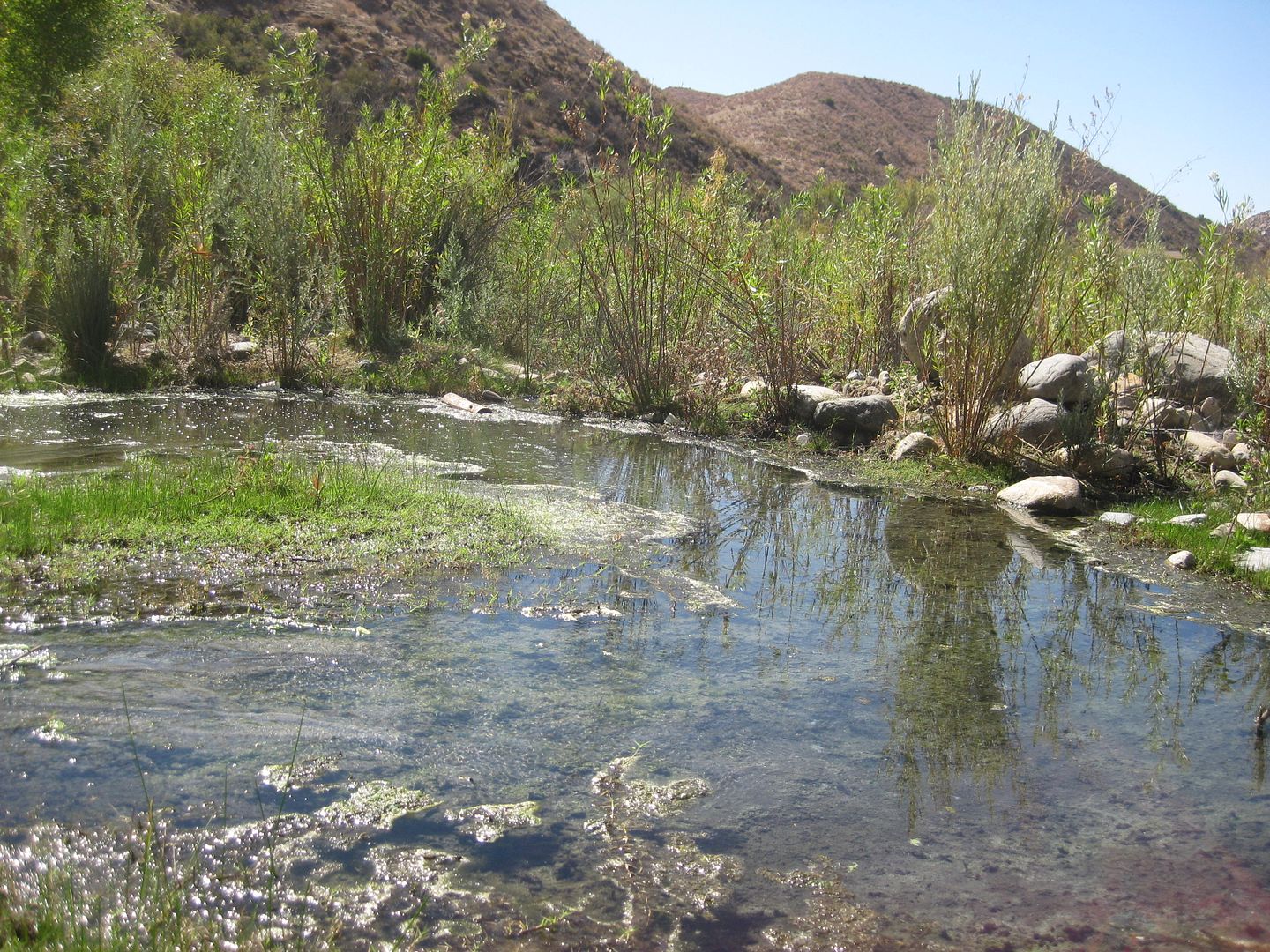
A hot stream drops down to a cool mountain stream... Natural hot and cold running water!:


Looking upstream where the hot wayer meets the cold water.

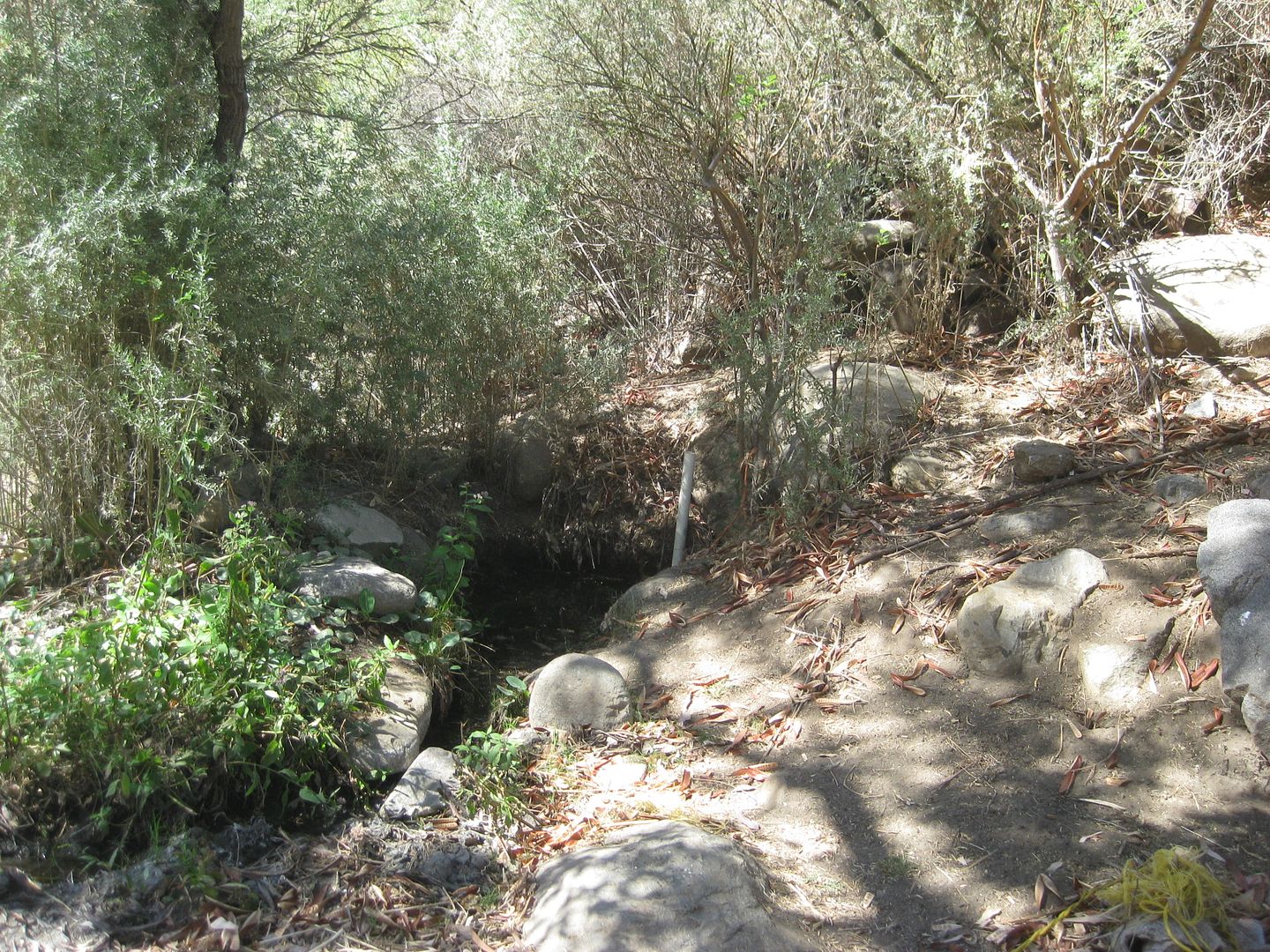
This is the warm spring by the ranch.
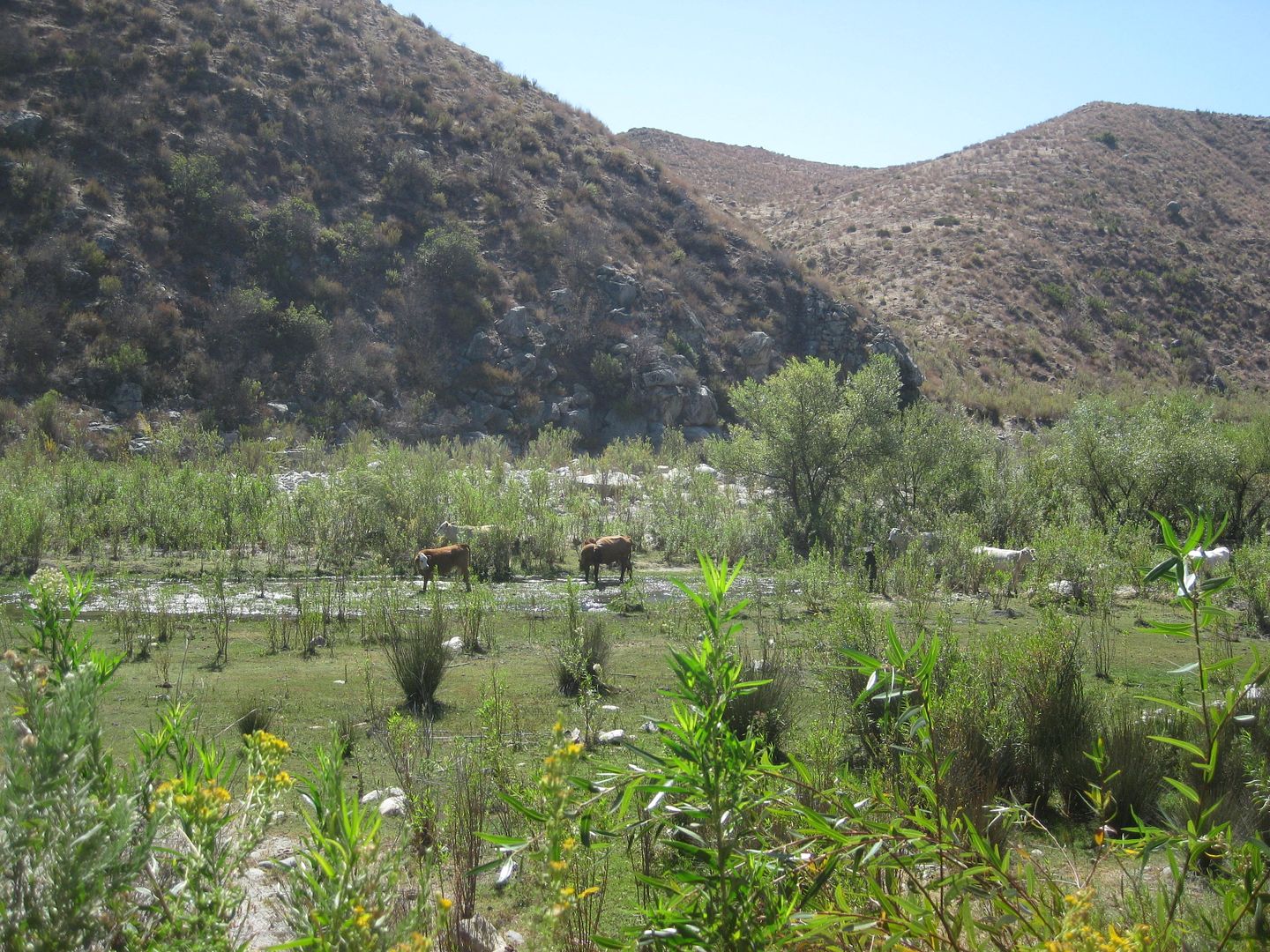
Cows grazing in Arroyo San Vicente/Cañon Agua Caliente.
We drive out on the road to the south and return to San Vicente for lunch at an excellent place, Mi Ranchita. It is located on the road to the mission
(Km. 88.5), north of the highway bridge...

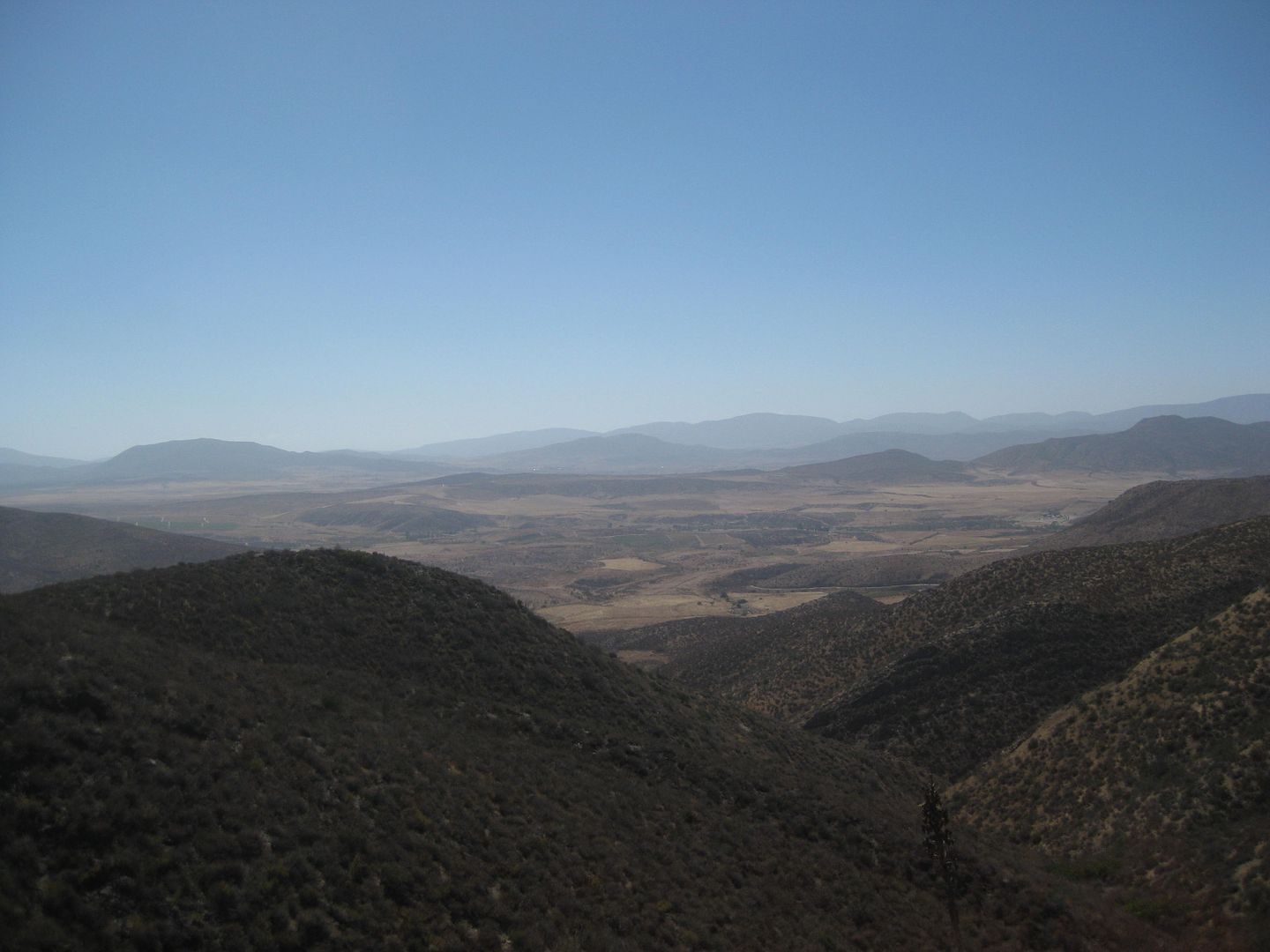
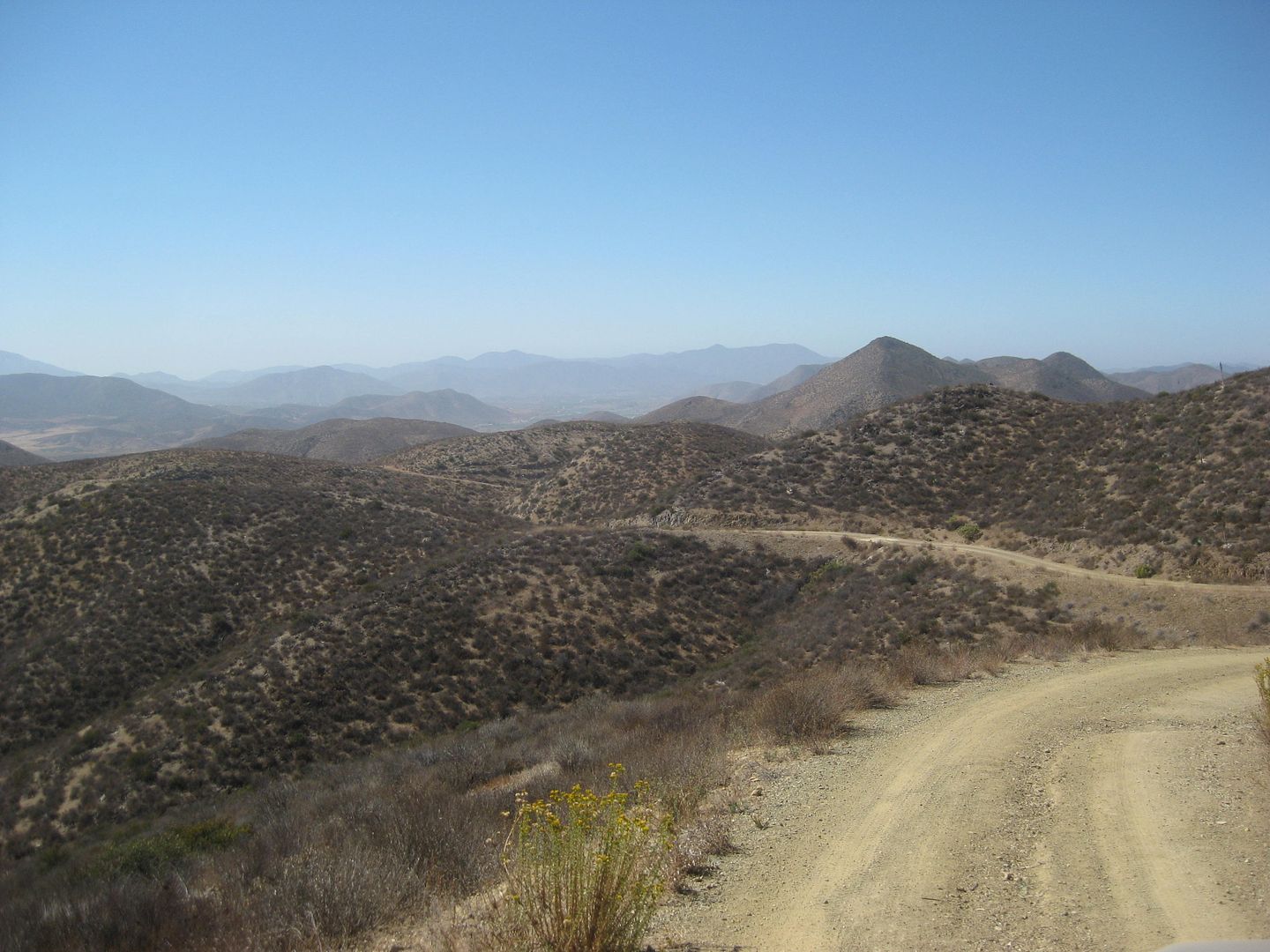
After lunch, we visit the town museum... Did you know San Vicente has a museum? Turn west at the north side of the town plaza and it is down on the
right.

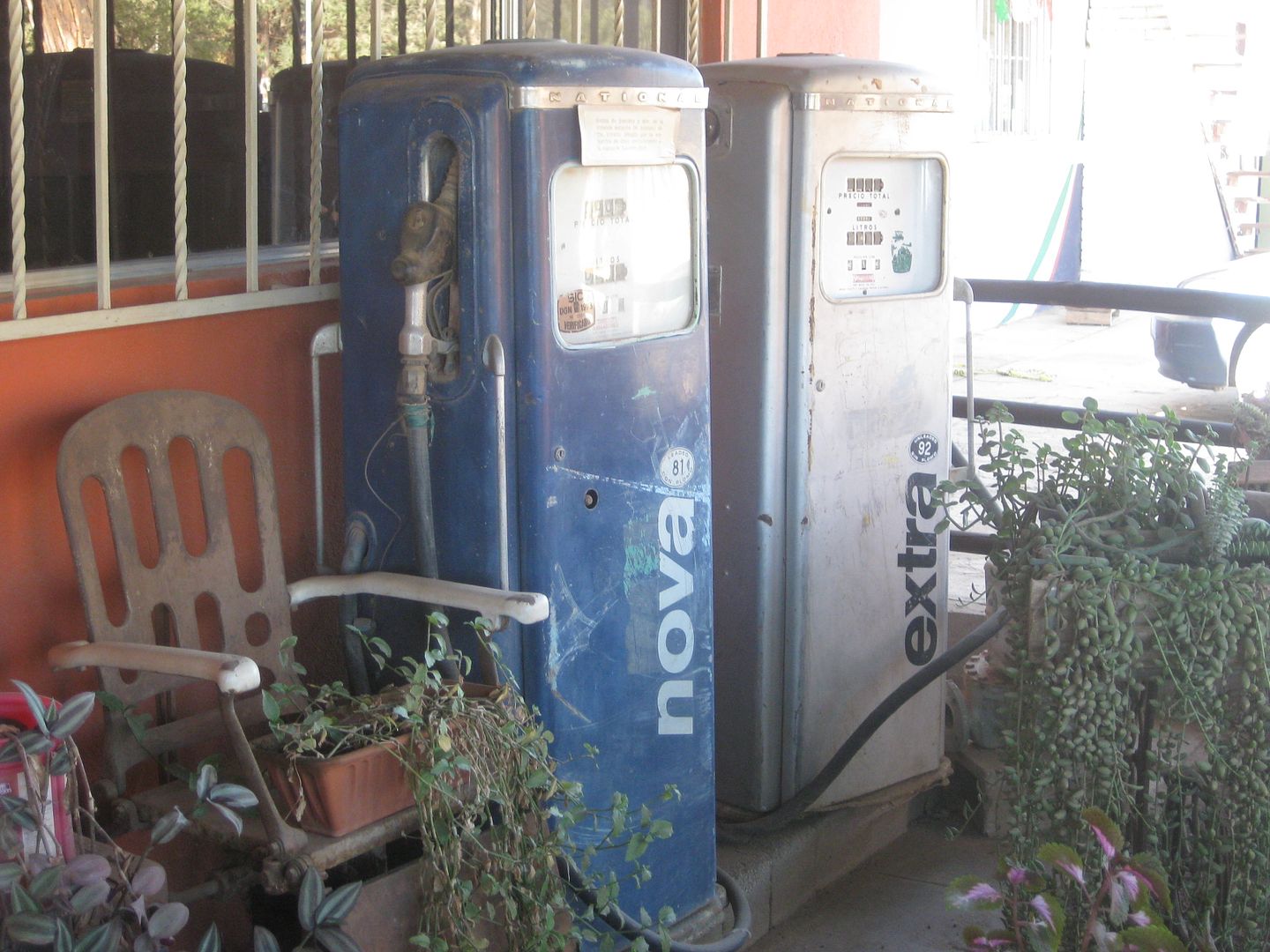
Who remembers these pumps from the 70s and 80s?

Larry guides me down the river valley towards Erendira to these ruins...

We return to town via another route. Here is my GPS track of the area and routes to the hot springs:
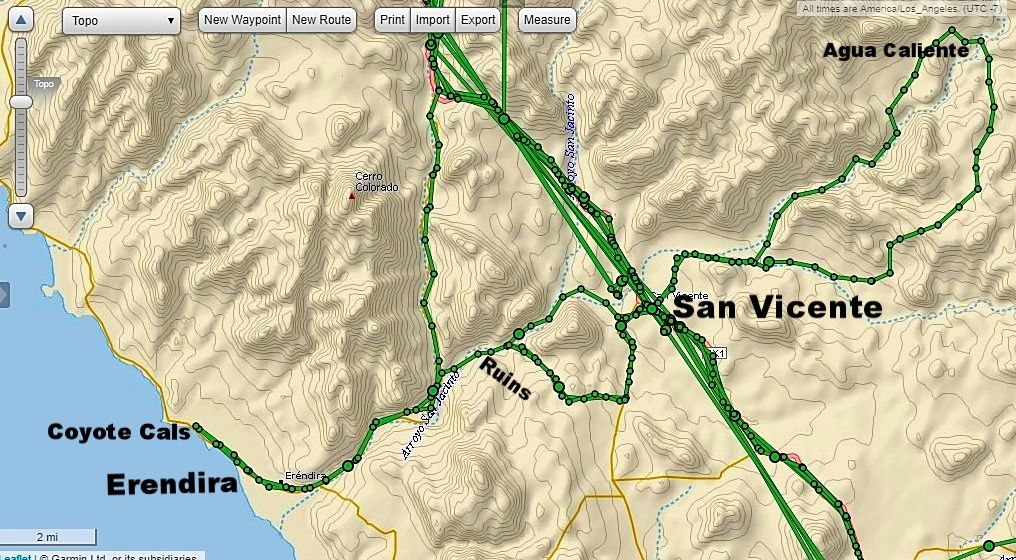
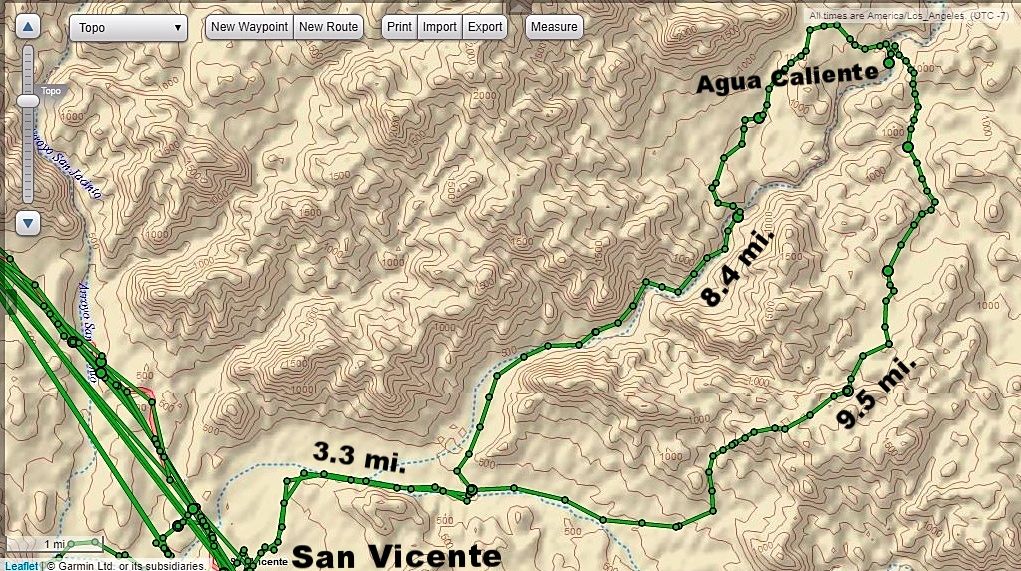
There are forks, open gates, etc. This map is to give you a general idea where the springs are and how far from Hwy. 1.
A great day in Baja does not have to be far from the border or from the highway... Good to have local friends who like to do loco things!
Stay tuned for Day 3, to Erendira, Coyote Cals, and points south... plus I get caught speeding on radar by a Federale! It is all good... Viva Baja!
|
|
|
David K
Honored Nomad
        
Posts: 65389
Registered: 8-30-2002
Location: San Diego County
Member Is Offline
Mood: Have Baja Fever
|
|
DAY 3 (Thursday Oct. 12, 2017)
I say goodbye to Larry and Andrea's hospitality and drive north 7 miles to Km. 79 and get on the paved Ejido Eréndira road.
At Km. 10 is the dirt road left that goes directly back to San Vicente, passing those ruins we looked at yesterday. If you go that way, turn right at
0.3 mi and cross the arroyo (the road straight ahead dead ends at a ranch). The ruins are 1.0 mile from the paved Eréndira road.
Km. 16.5+ is the road south to Malibu Beach Sur, once a popular RV park and now more of a vacation home area.
Km. 17 Enter Ejido Eréndira, a large farming town.
Km. 19 Motel Eréndira at the far side of town, pavement ends in 500 feet.
In 0.7 mile from the pavement is Castro's sportfishing center (motel rooms, guided fishing trips).
1.0 mile from the pavement is 'Camping Manriquez'.
1.8 miles from the pavement is Coyote Cal's Hostel and Camping and Massage. Operated by Rick and Ta with immaculate services for off-the-grid
conditions. The bar here is fully stocked and the food service sounds amazing. I suggest you visit their website: www.coyotecals.com
This establishment is friendly to both hitchhikers and off-road racers, as well as all other world travelers.
PHOTOS:
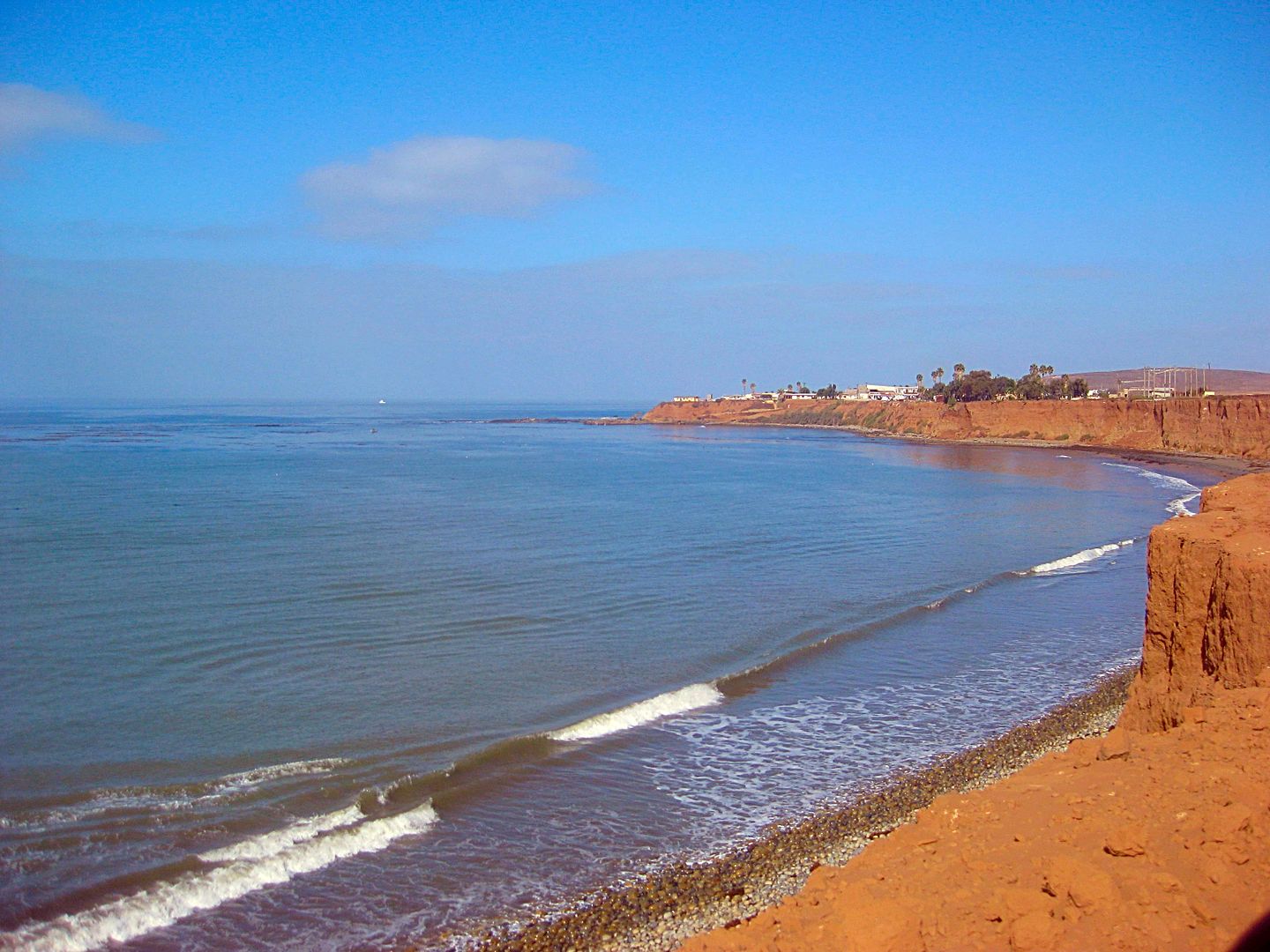
The coast by Ejido Eréndira, looking towards Castro's Camp (Puerto San Isidro).


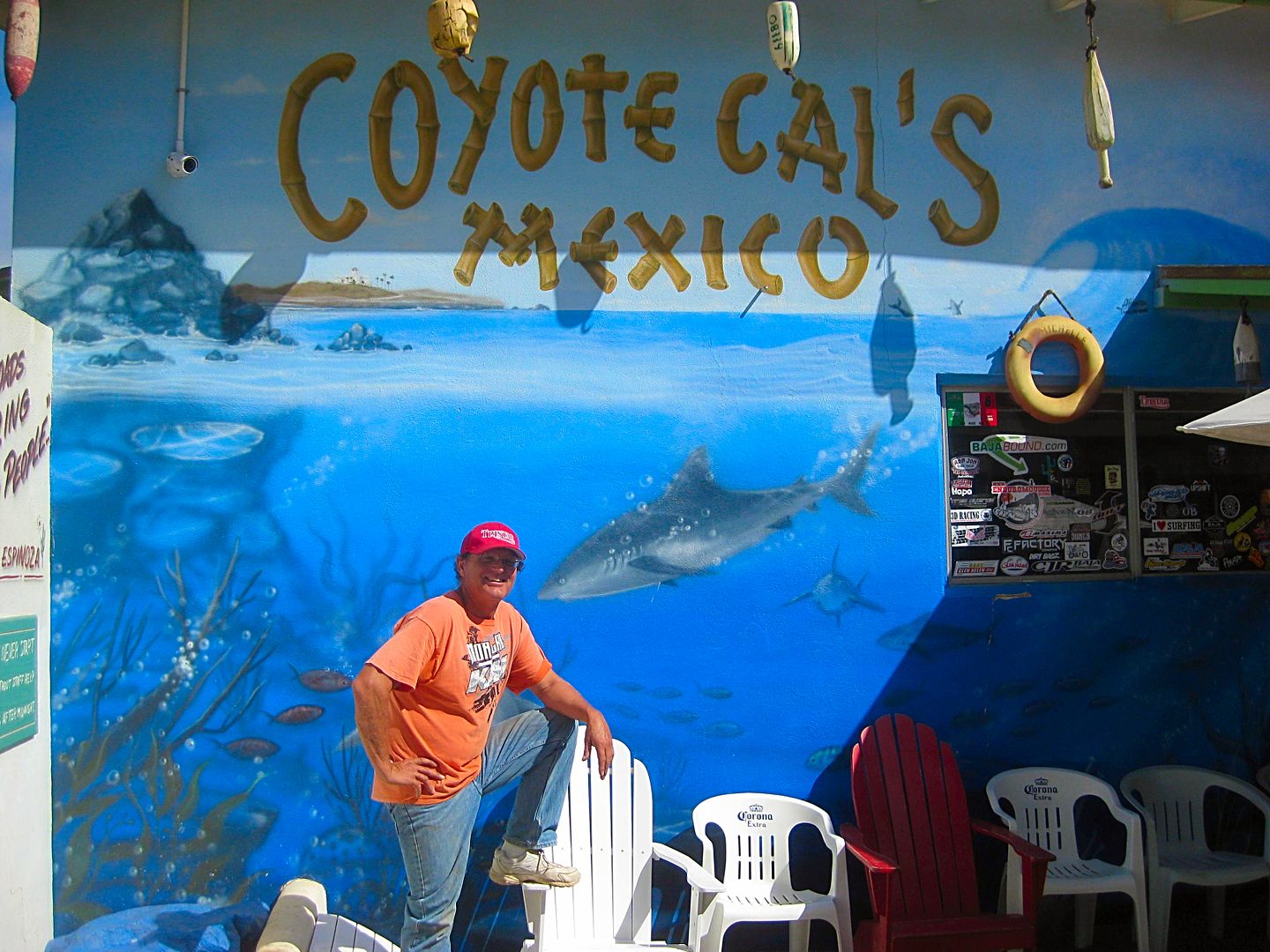
Rick runs a tight ship but has the Baja attitude down!

That's Cameron Steele's trophy truck!

Wide tequila selection!
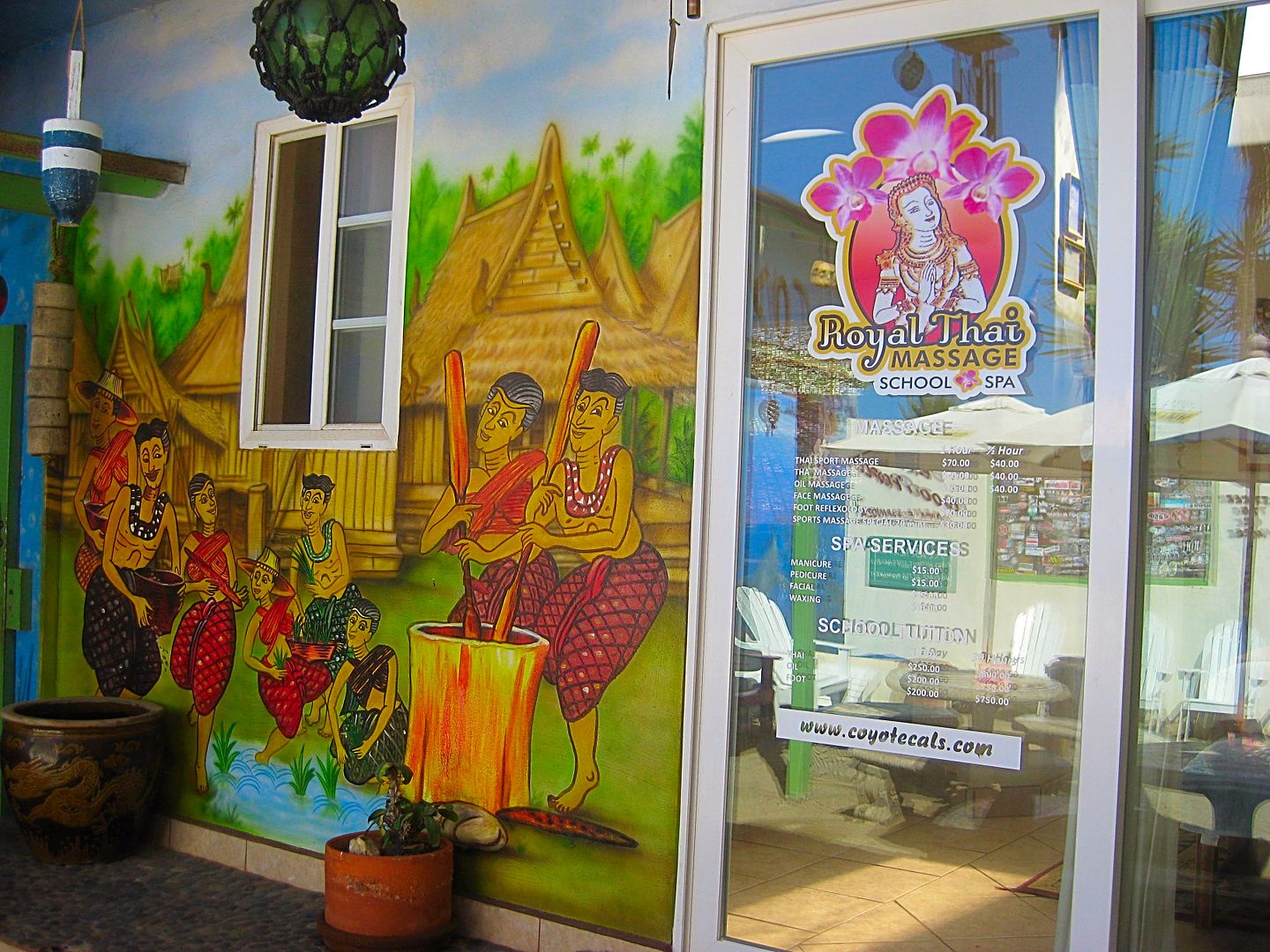
Just one of the many reasons to stay at Coyote Cals!

Thank you for your time and conversation, Rick!
After leaving Coyote Cal's I return to Highway 1 via the dirt road past the ruins. I heard there were pictographs along the north side of the canyon
but after some searching, I had to move on!
Traveling south, my next sideroad to check was to San Antonio del Mar, west of Colonet.
This was a popular place my family went fishing to, in the 1960s. I remember giant sand dunes sliding down when I wasn't catching corbina in the surf
with mom and dad! The pavement south of Ensenada ended a few miles north of Colonet back then. Bradley's Service Station and the Flying Samaritans
clinic was at the junction back then.
Today, the road is unmarked except for a poorly placed sign on the highway, well north of the actual road. The road is at Km. 126.5+ and just north of
the bridge over the San Rafael Riverbed. The main part of the town of Colonet is south of the bridge. The road is an easy graded one and crosses a
mesa before dropping down to a crossroad at Mile 4.5. To the right is the Johnson Ranch (The original San Antonio Del Mar) that dates back to the
early 1900s when the Johnson and Meling families came to this part of Baja California.

At Mile 5.1 is a Y. The right fork goes west to the beach at the abandoned fish camp San Antonio del Mar and just beyond, near the sea is a mining
operation extracting titanium (?) from beach sand.

I read many years ago that rich titanium deposits were found in the beach sand here. However, I have not confirmed that is what these centrifuges are
extracting.
I go back to the fork in the road, and go 1.3 miles on the left (south) fork and pass the big sand dunes I remember as a kid and there is a burro
eating some grass here.


I remember playing here, 50 years ago.
The last time camping here was in 1980.
The fish camp is gone and the nearby beach mining is new, otherwise it still looks about the same!
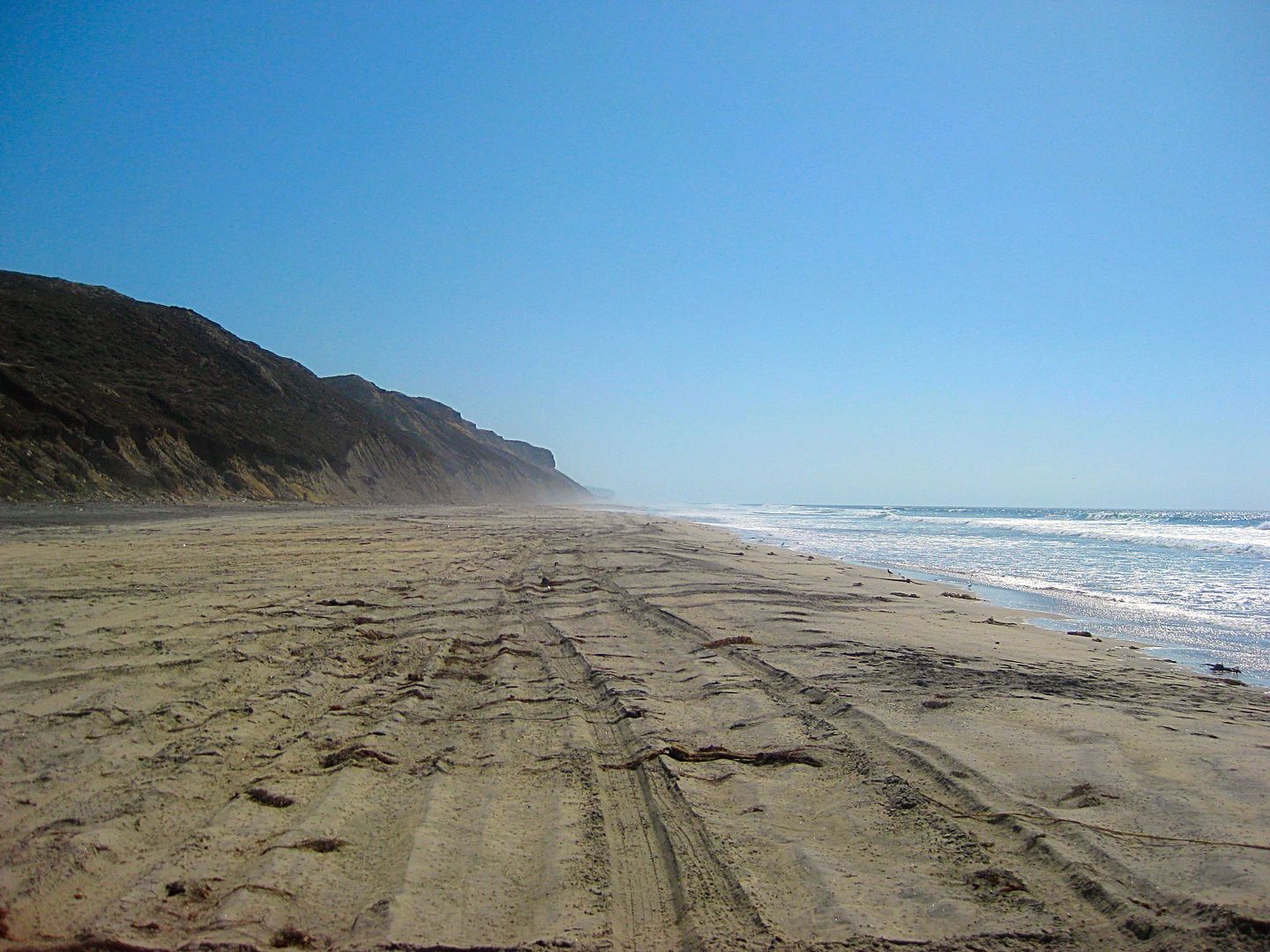
Where we used to fish, 1967-1969. This is looking south towards Punta (Cabo) Colonet.

Looking north, the sand dunes and beyond is the beach mining area and beyond that a few homes.
To be continued (Cuatro Casas, Punta San Jacinto Ship Wreck, Mission Santo Domingo, and I get caught speeding!)...
|
|
|
David K
Honored Nomad
        
Posts: 65389
Registered: 8-30-2002
Location: San Diego County
Member Is Offline
Mood: Have Baja Fever
|
|
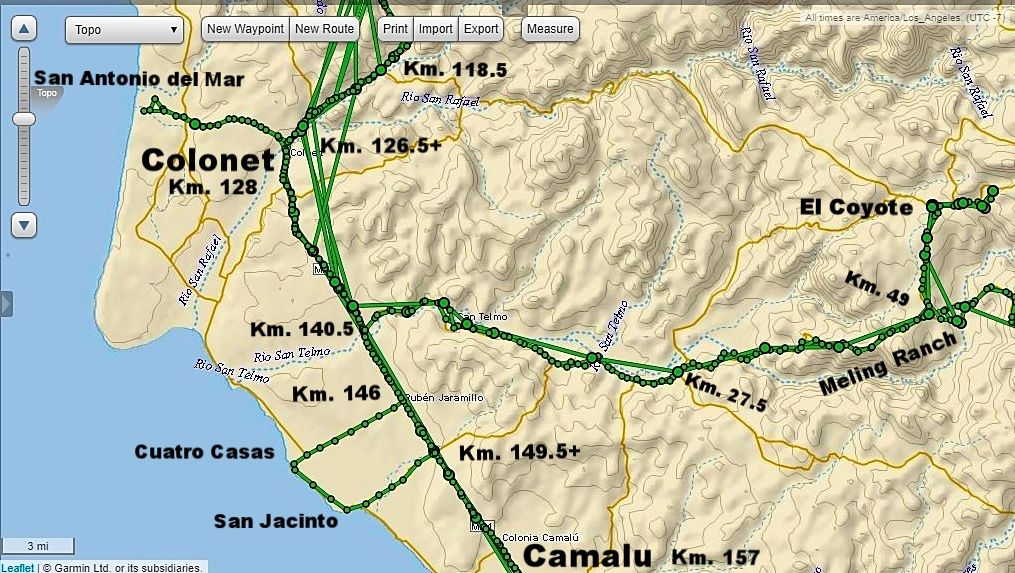
|
|
|
David K
Honored Nomad
        
Posts: 65389
Registered: 8-30-2002
Location: San Diego County
Member Is Offline
Mood: Have Baja Fever
|
|
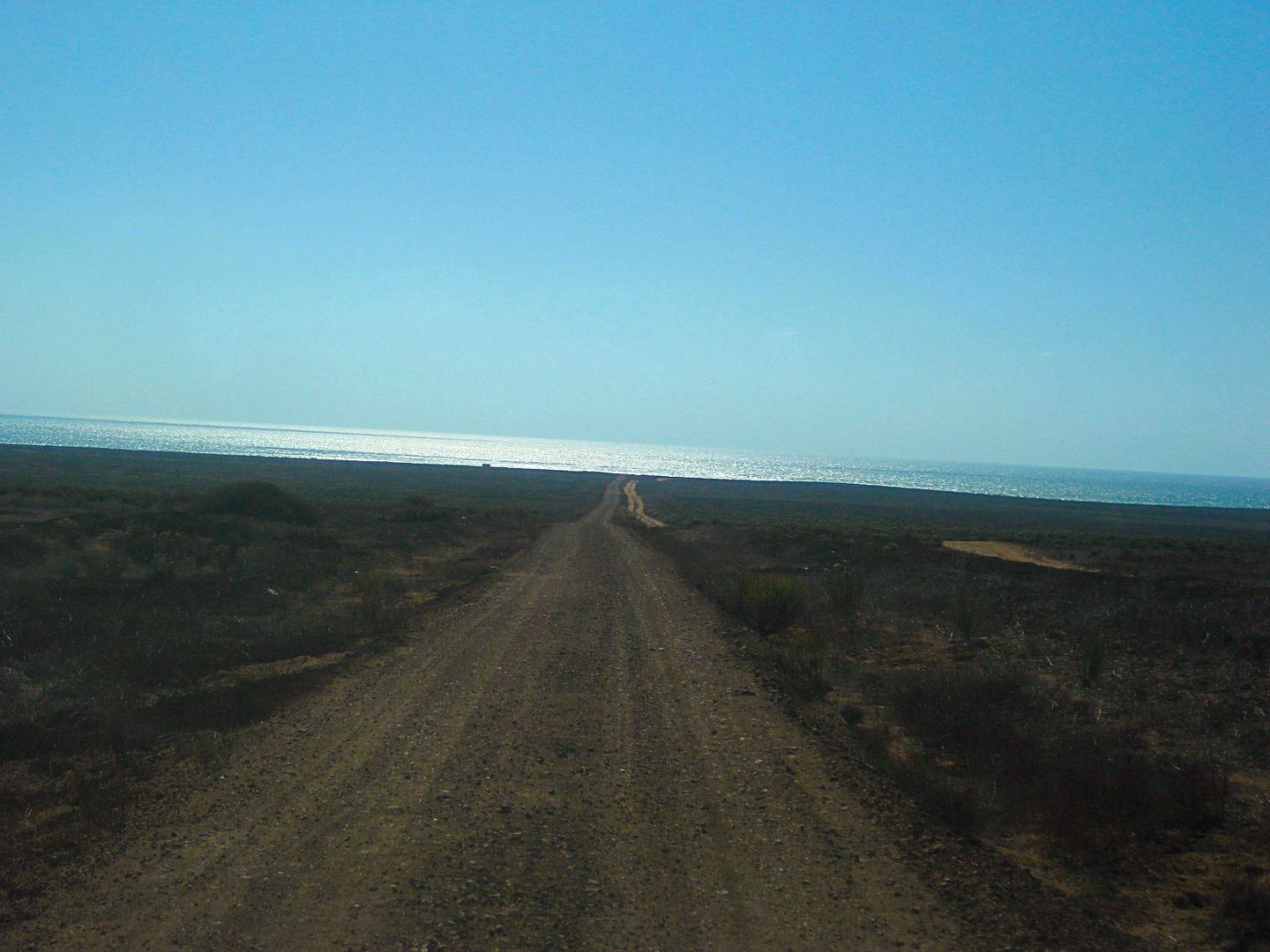
It is an easy 5.2-mile drive from Km. 146, Jaramillo, on Hwy. 1 to the coast. The road is the signed turnoff for CUATRO CASAS. However, at the end of
the road is just a rocky beach and NO CASAS  . I turn south and follow the coast. . I turn south and follow the coast.
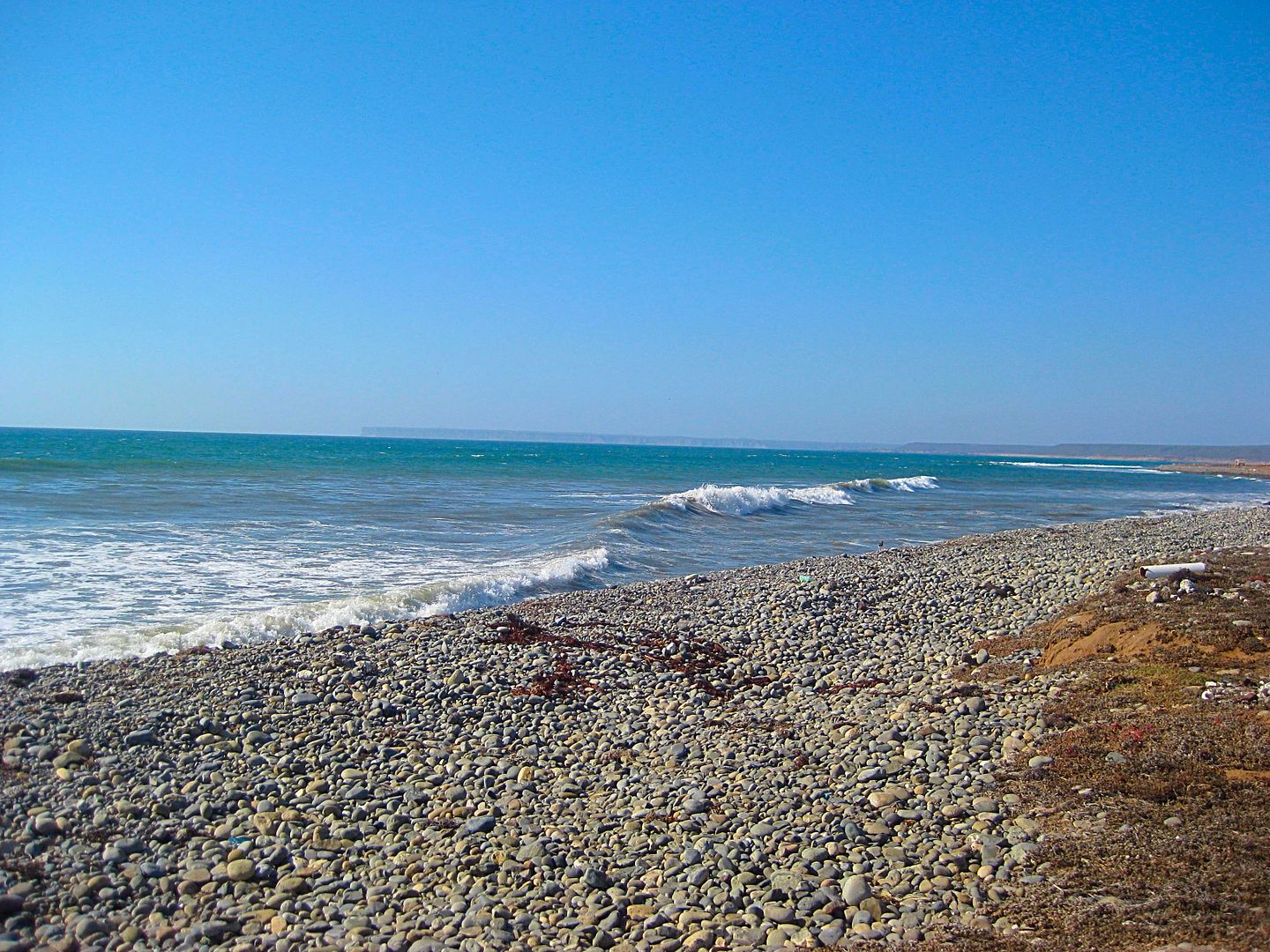
In the distance you can see Punta (Cabo) Colonet.
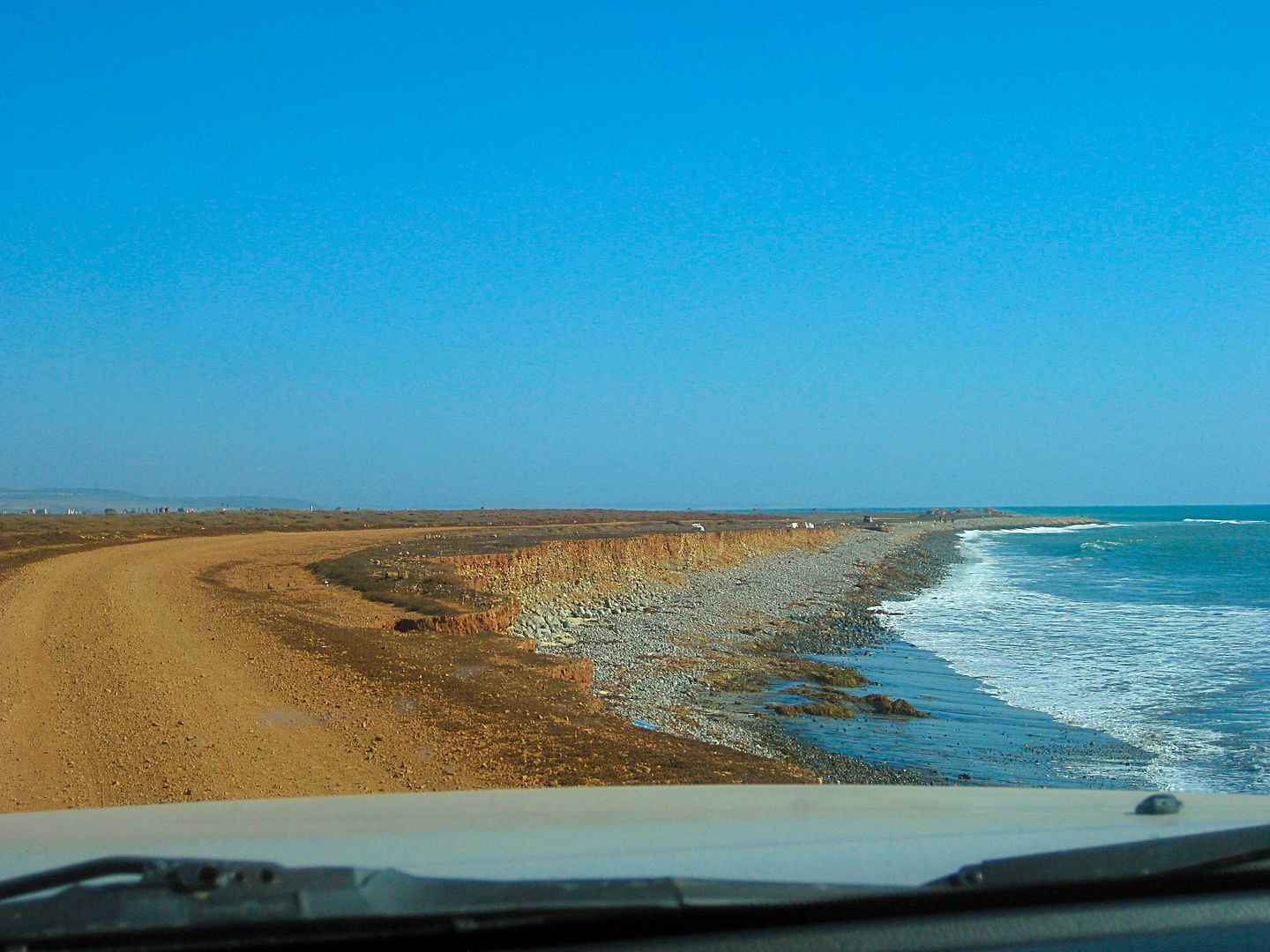
The road south from Cuatro Casas to San Jacinto. Many people are mining the coast for beach rocks used in decorative gardening and landscaping. See
these stones at a Home Depot or Lowes near you!
2.2 miles south on the coast road is a camping place called Las Lagunitas.
3.0 miles south is the shipwreck at San Jacinto, several beach homes.
3.6 miles, a road heads east, back to Hwy. 1 (4.0 miles) at Km. 149.5+.
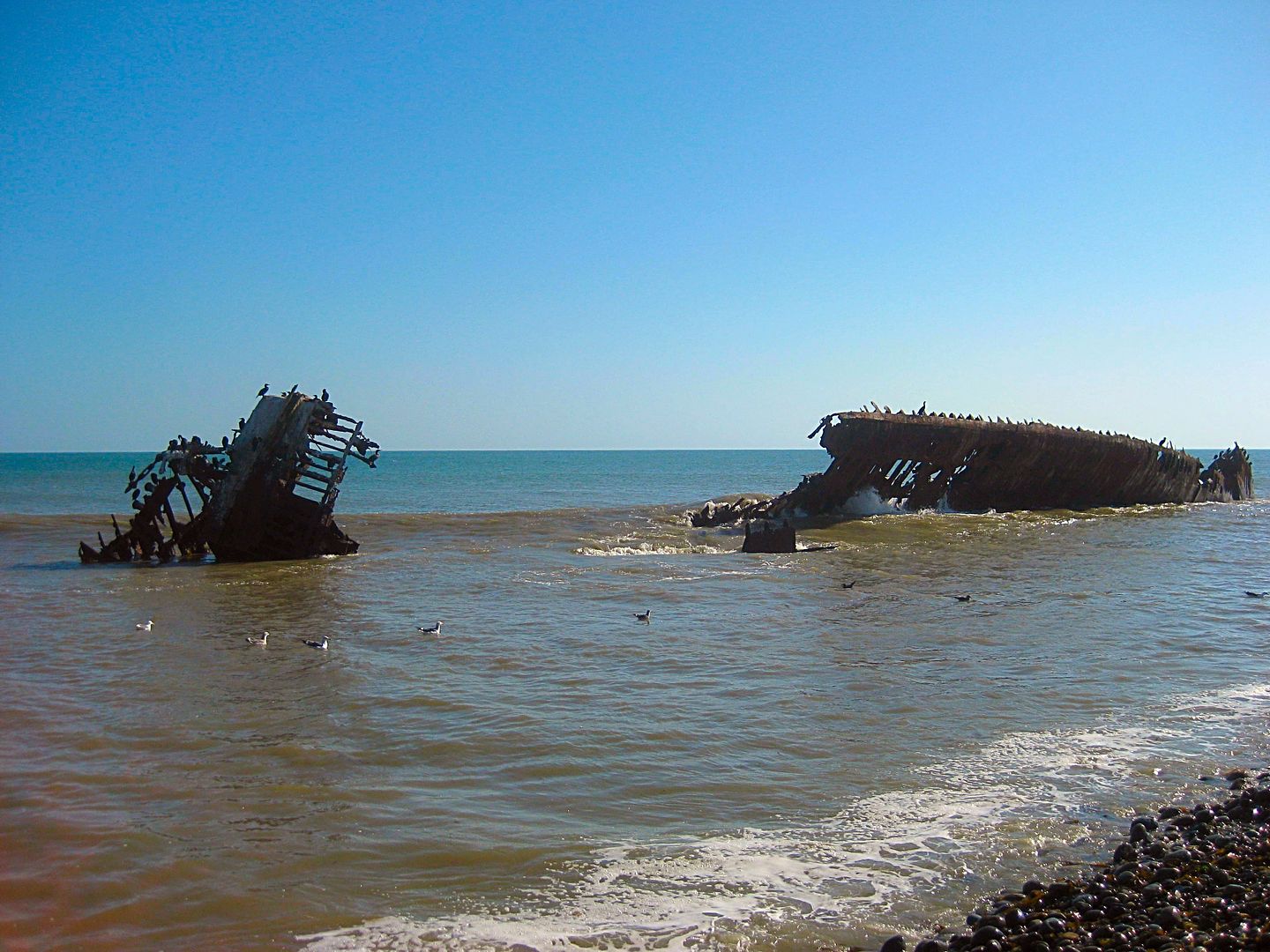
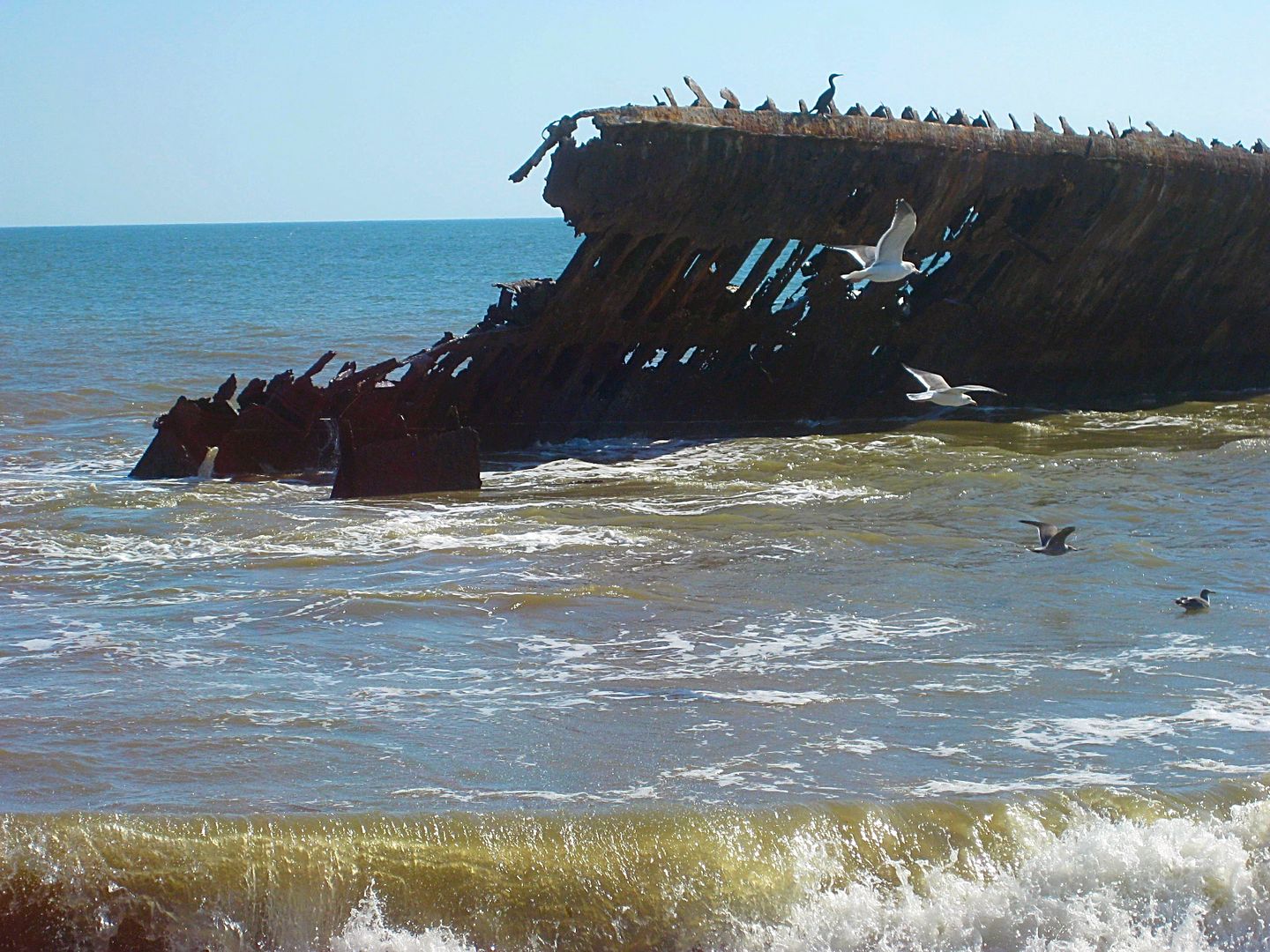
It is noticeably reduced in size from when I was here last, in 2014, on Trail of Missions #1:



Here is the ship when it ran aground in 1982, The Isla del Carmen.
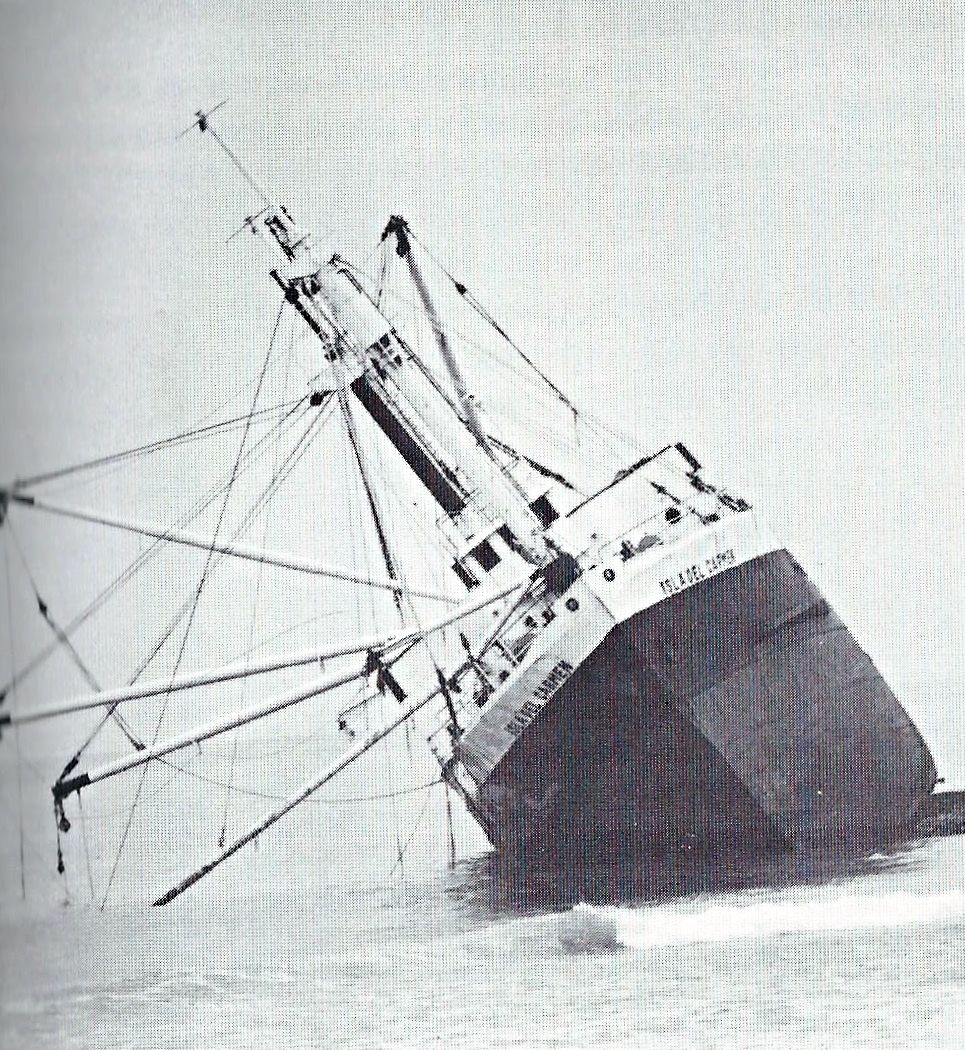
Photo from Walt Peterson's Baja Adventure Book.
South on Highway 1 to Km. 169+ and the signed road east to Mission Santo Domingo (founded in 1775). It is 4.6 miles to the mission and the road is
wide and graded, but pretty bumpy. This large red hill on the south side of the arroyo is where the Dominicans first had services, in a cave at the
base. The mission was moved up the canyon by 1798 for better water and farming potential.
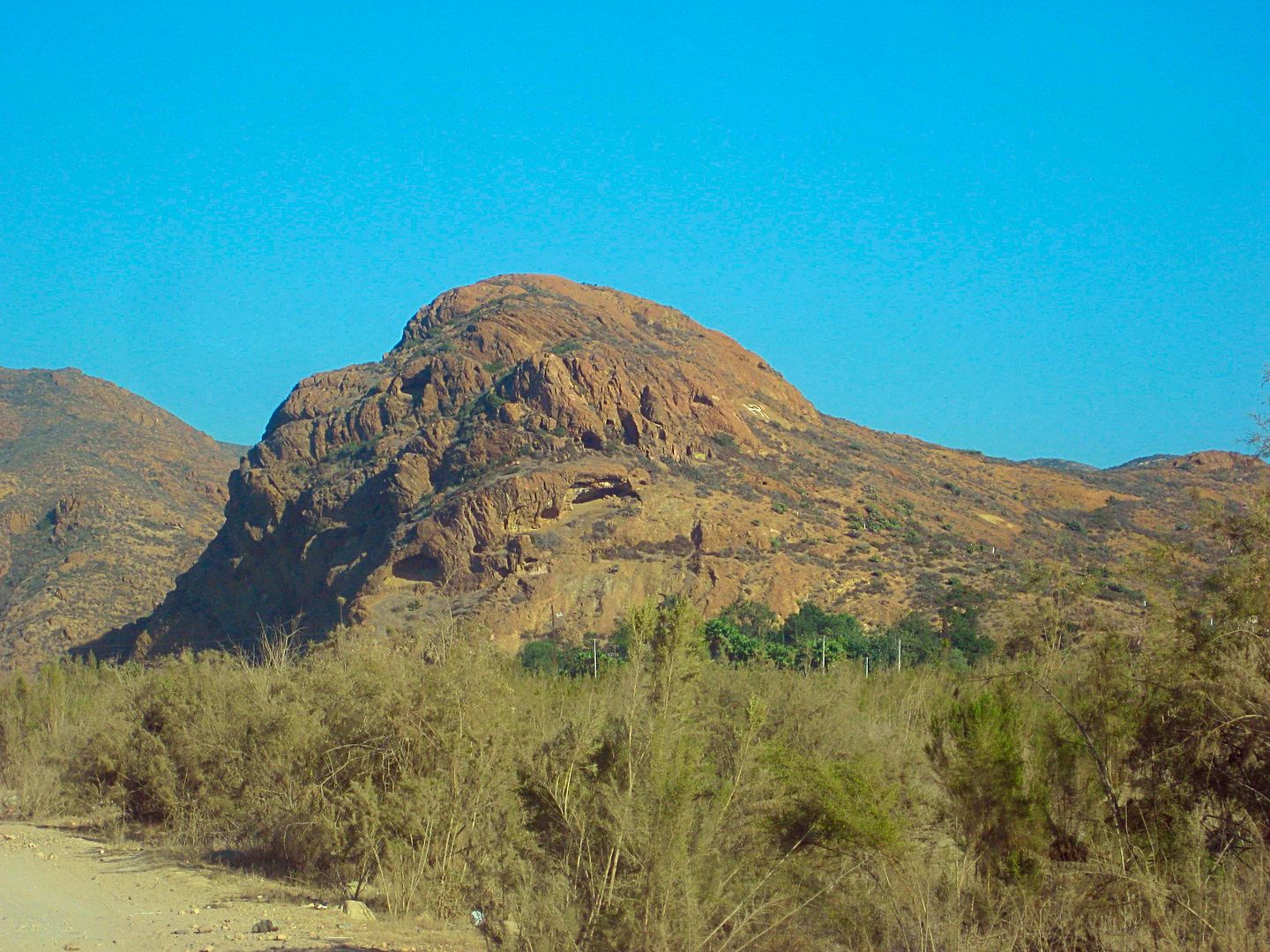
There is an HR painted up on the mountain, right side 2/3 way up, that stands for 'Hamilton Ranch'. This was a popular fly-in guest ranch often
frequented by Hollywood types to party as they wished without being photographed. The remains of the cabins near the runway and near that hill have
all been removed, I was told. I drove across the riverbed to get a close look and saw nothing. They were in the group of trees still there. Erle
Stanley Gardner often stayed at the Hamilton Ranch and wrote about the place in the 1960s.
MISSION SANTO DOMINGO in 2017:


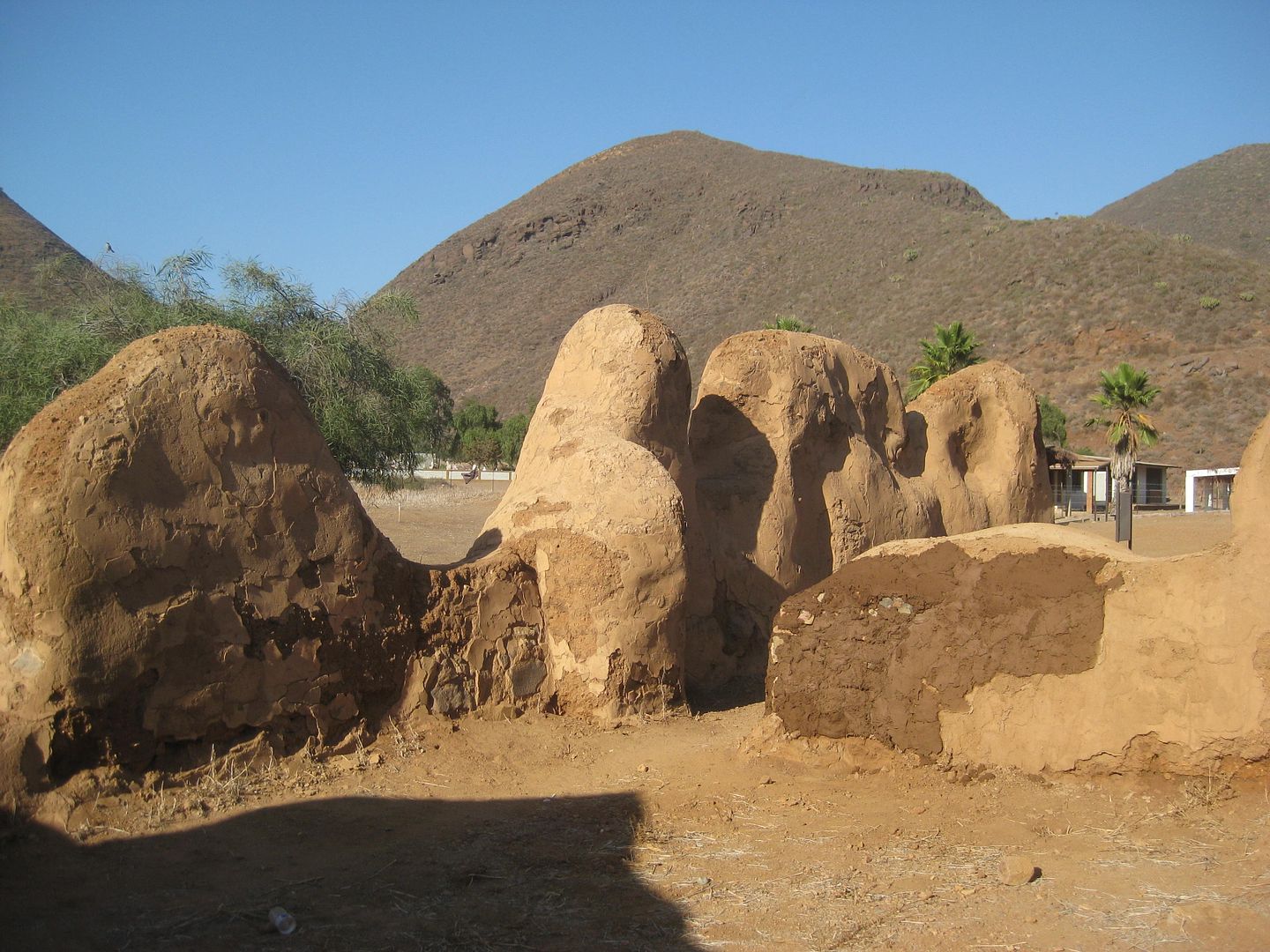



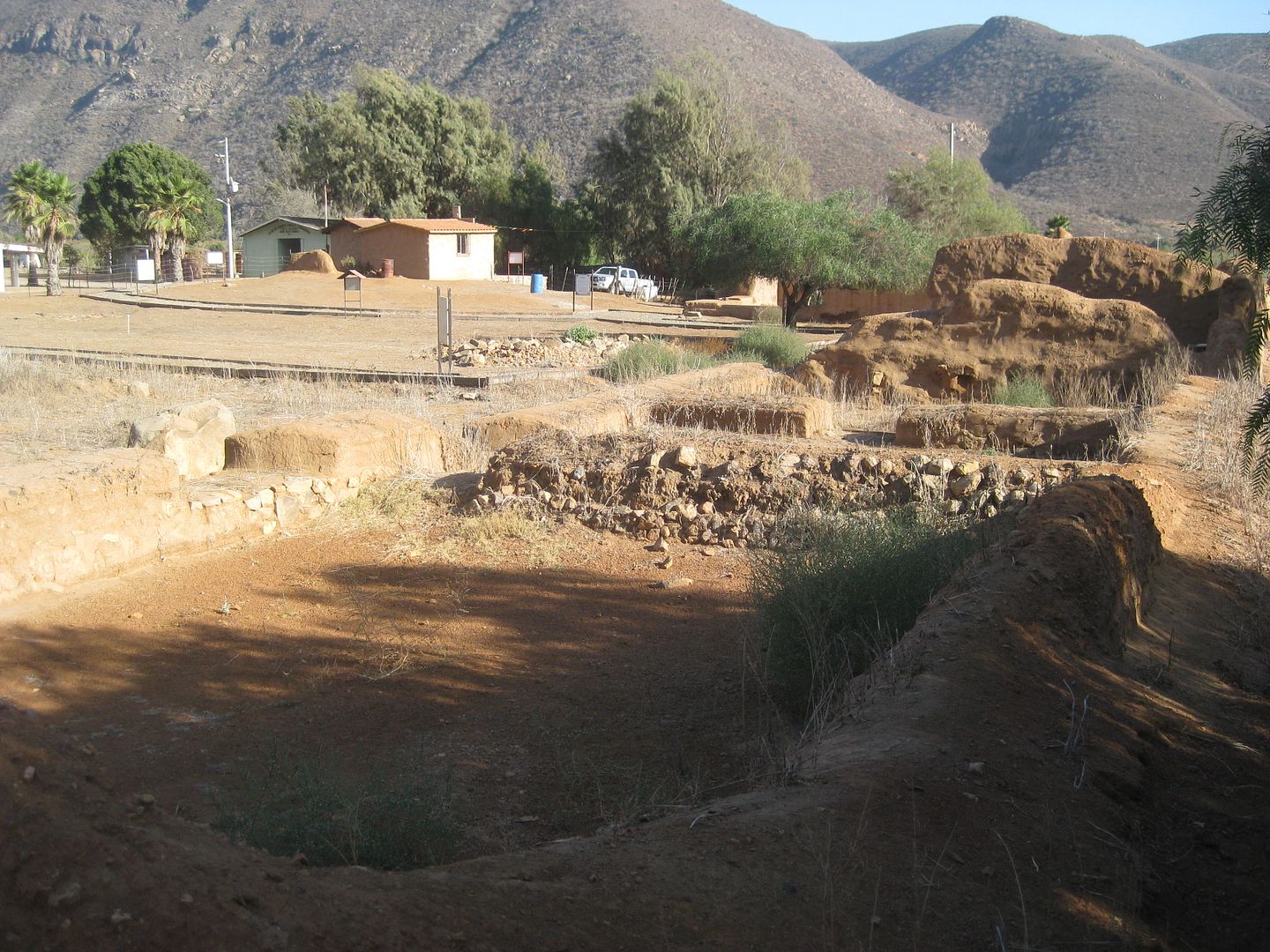
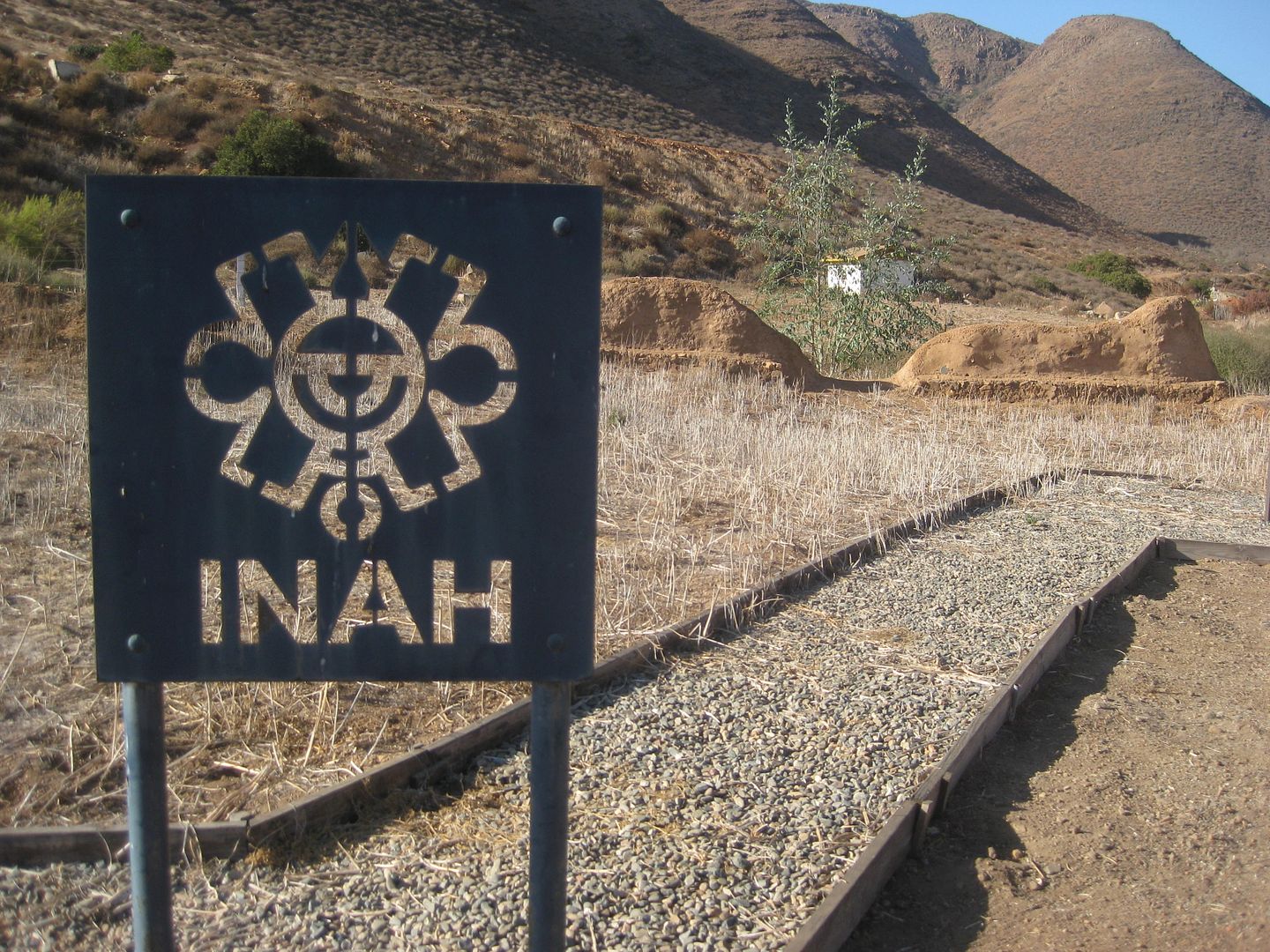
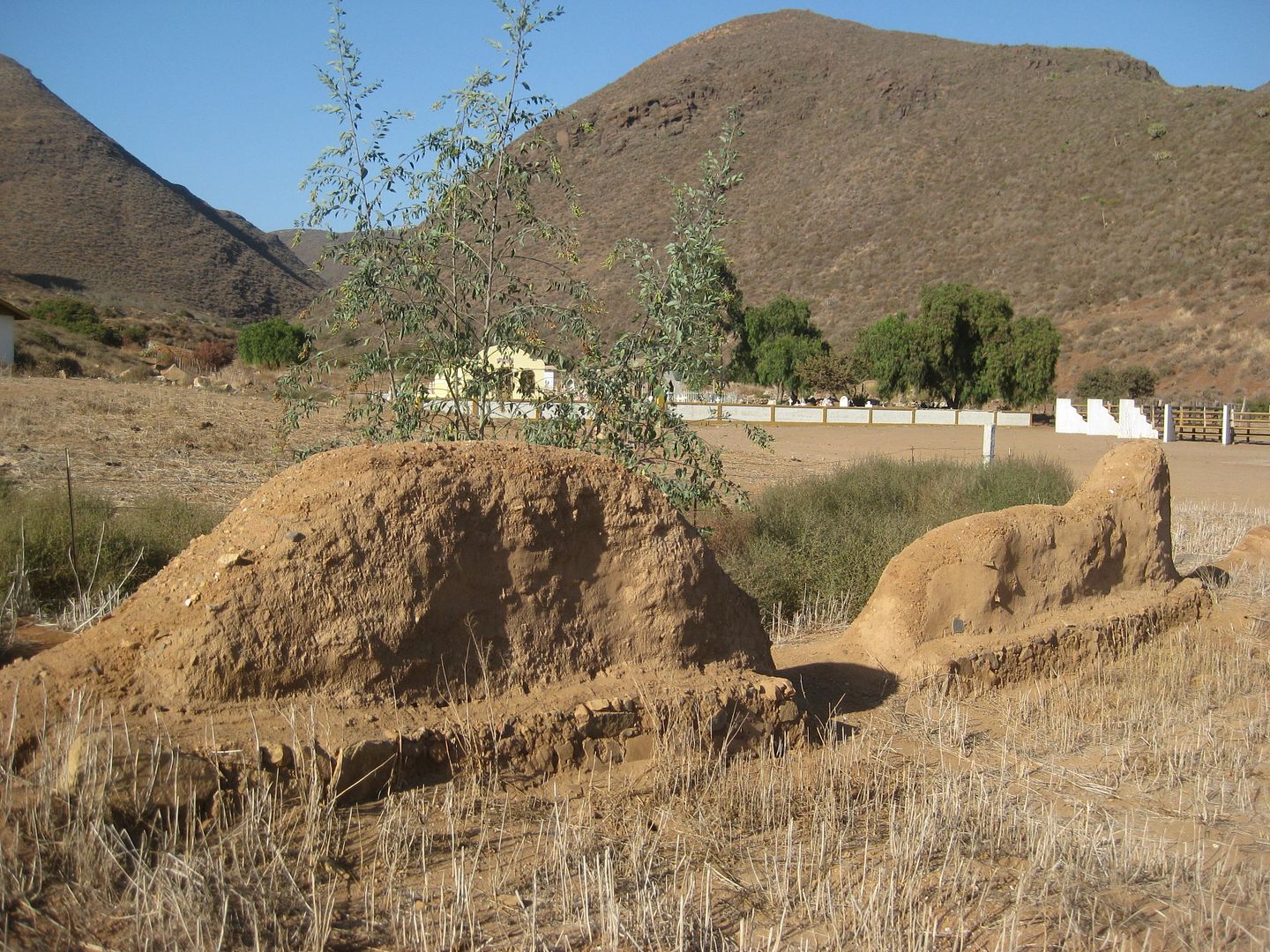

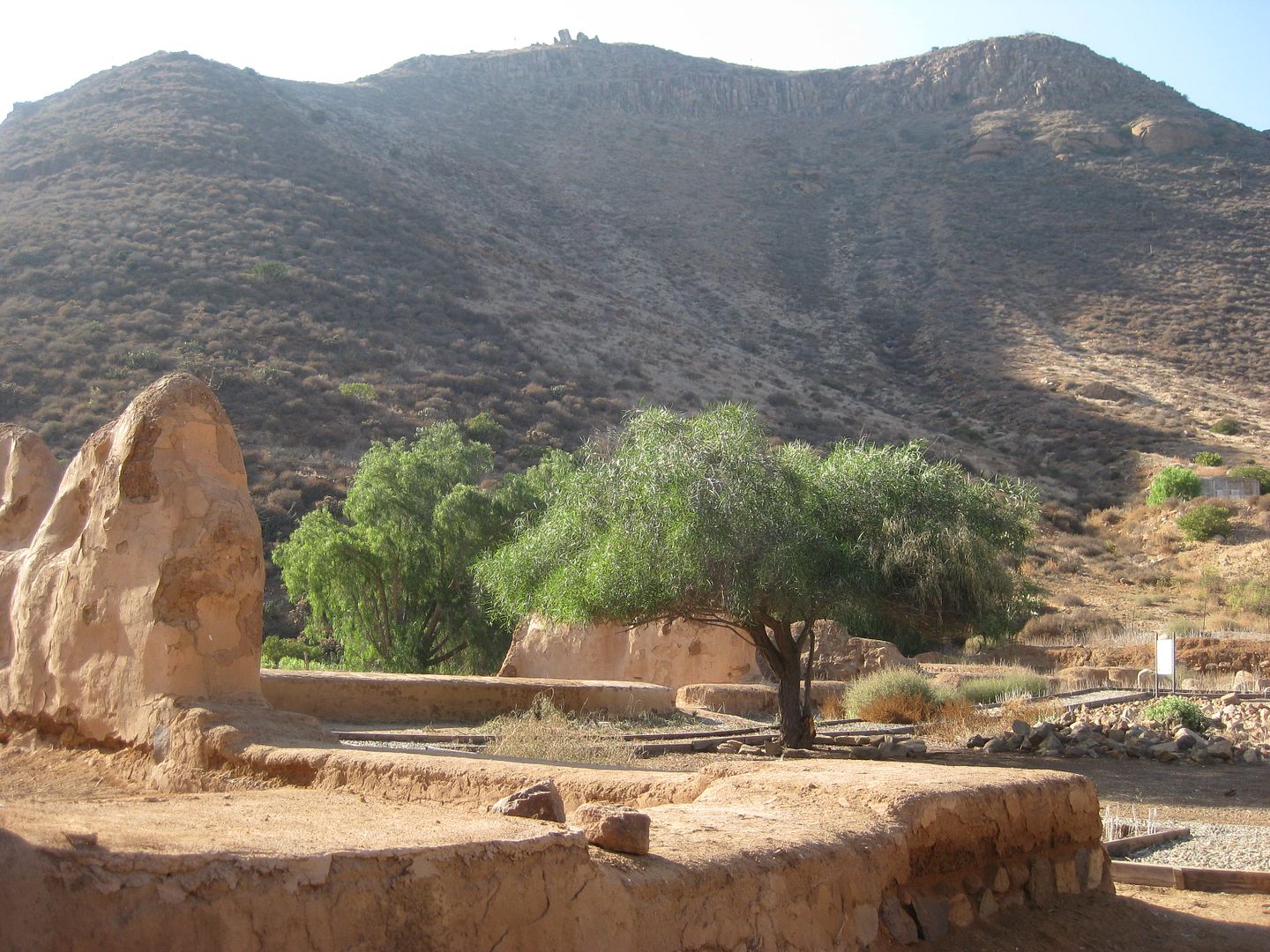
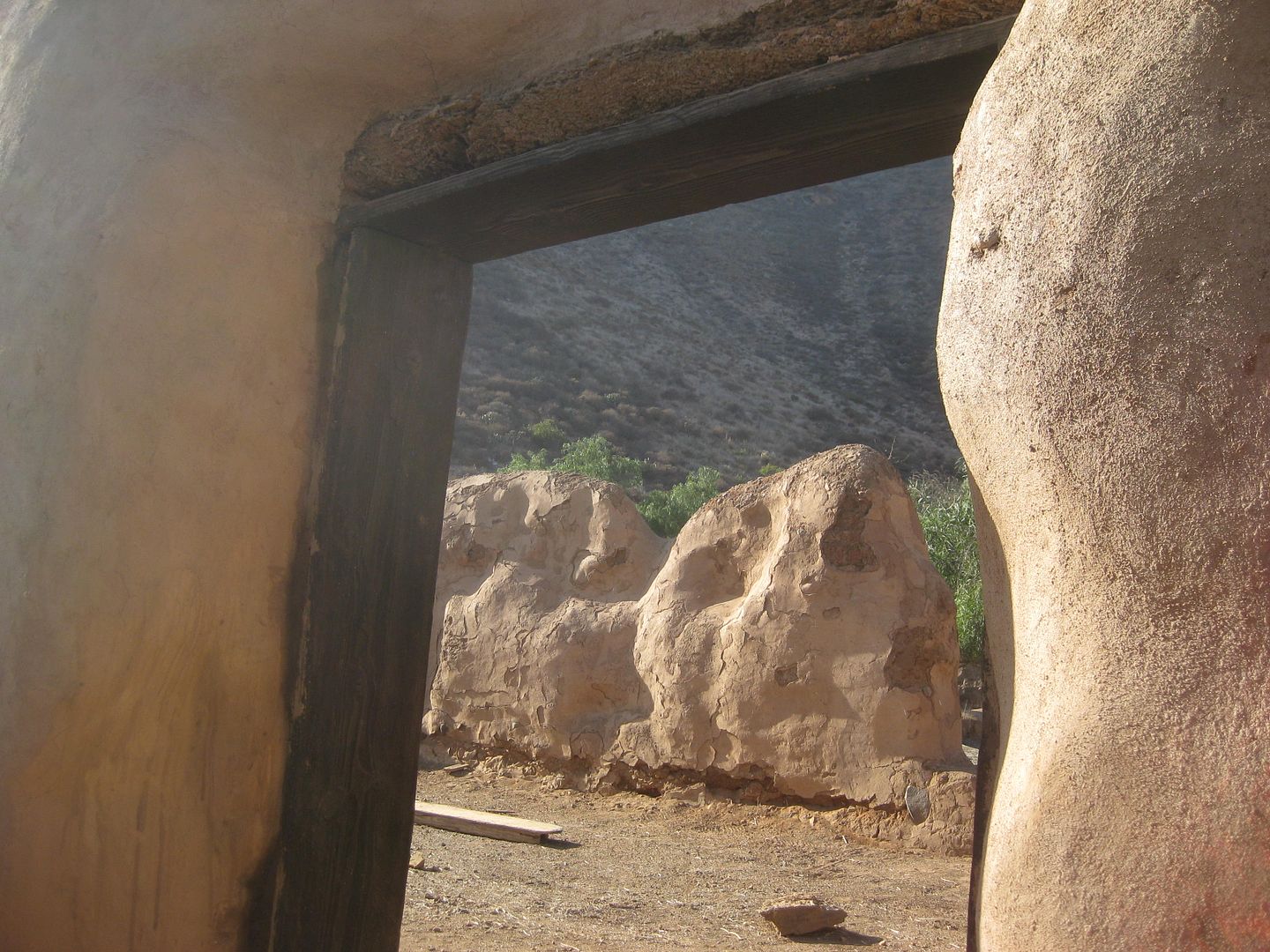
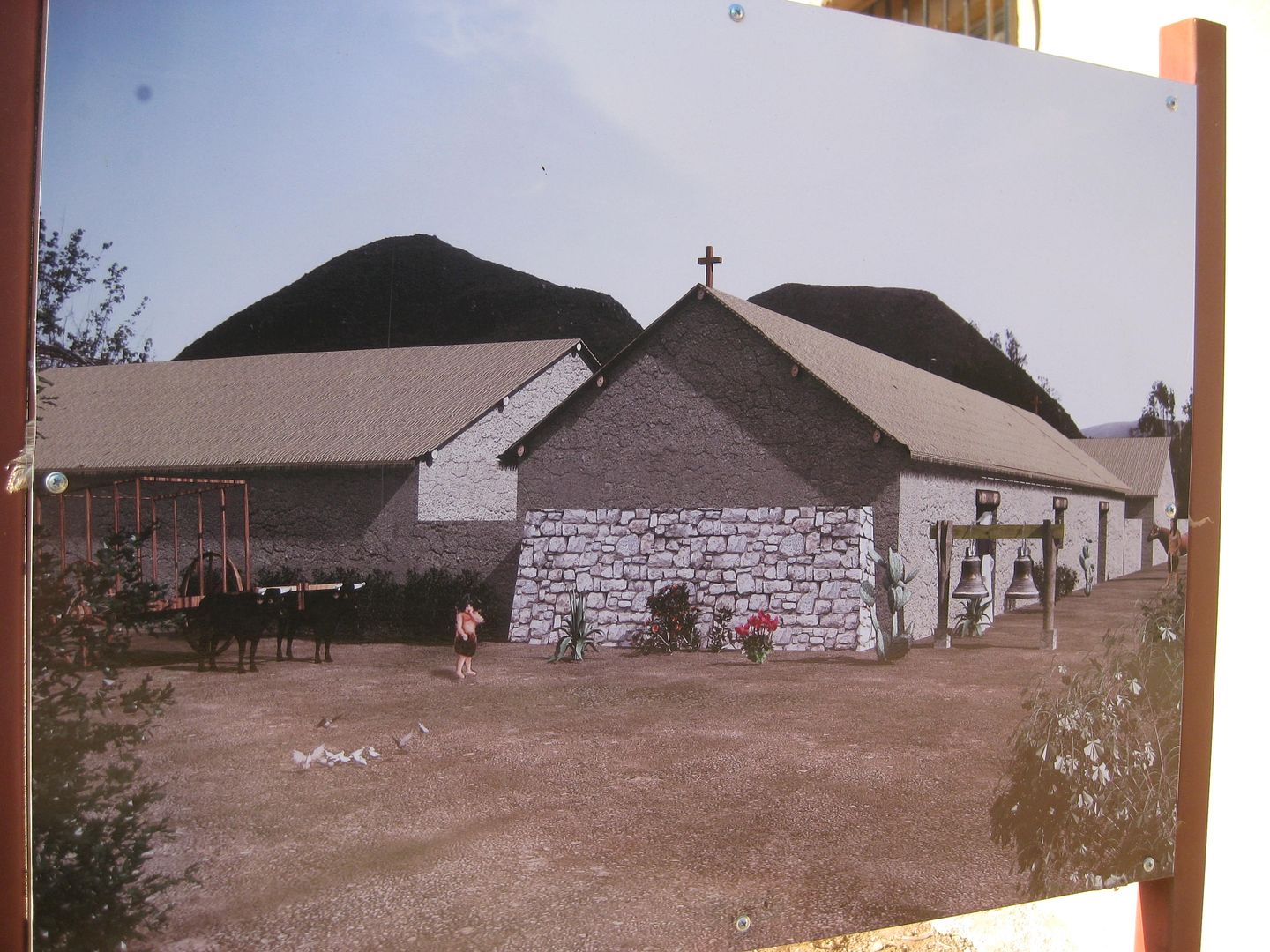


Back out to Hwy. 1 as the sun gets low in the sky, I have to think about where I am going to spend the night, as part of my research I go to the
nearby Posada Don Diego at Km. 173, and 0.6 mile in (west).
I have stayed here a couple times back in the 1980s with Tom Miller's Mexico West Travelers Club. In fact, I met the future mother of my children
there! She was also with the Mexico West group traveling with her parents... that was in 1984!
Well, much has changed since 1984, including the RV Park that was at Posada Don Diego. The place was empty with only the restaurant there looking
filled with many cars in front. I know the owner is a Nomad "Irene", but she hasn't posted in a long time. I don't want to be the only camper and all
the trees were gone, I just wouldn't rest easy in my tent, I thought. The other RV park that used to be near the highway in Colonia Vicente Guerrero,
Meson Don Pepe (?), has vanished or I couldn't find it.
I was going as far as San Quintín for this research trip. With only 30 more miles to El Rosario, I used my inReach device to ask Antonio if he had a
vacancy that night at his Baja Cactus Motel (admittedly the finest run and most comfortable motel along the 1,000 miles of Highway 1). I was in luck,
but sadly, Antonio was in Tijuana, so I wouldn't be able to visit with him.
I was a dozen miles from El Rosario when I crested a hill on the long, straight road, only to see a Federal Highway Police holding a radar gun toward
me and stopped me. So be careful, the ridiculously slow 80 kph (49.6 mph) is enforced here! I was going closer to 60 at the moment, and not in any
hurry, just cruising and listening to my XM Radio.
The officer was super cool, I apologized, told him I must have been anxious to get to my comfortable room in El Rosario and didn't pay attention to my
speed. His English was good, he even showed me how his radar gun worked, pointed at other motorists. I was let go. I asked if he wanted a cold water
bottle, and he accepted. Officer Juan and I are amigos now!
I arrive at Baja Cactus and see a big construction project going on in the front of the motel. The office is now accessed from the parking lot on the
south. This construction is for Antonio's new restaurant. The building will also block highway noise to the motel.
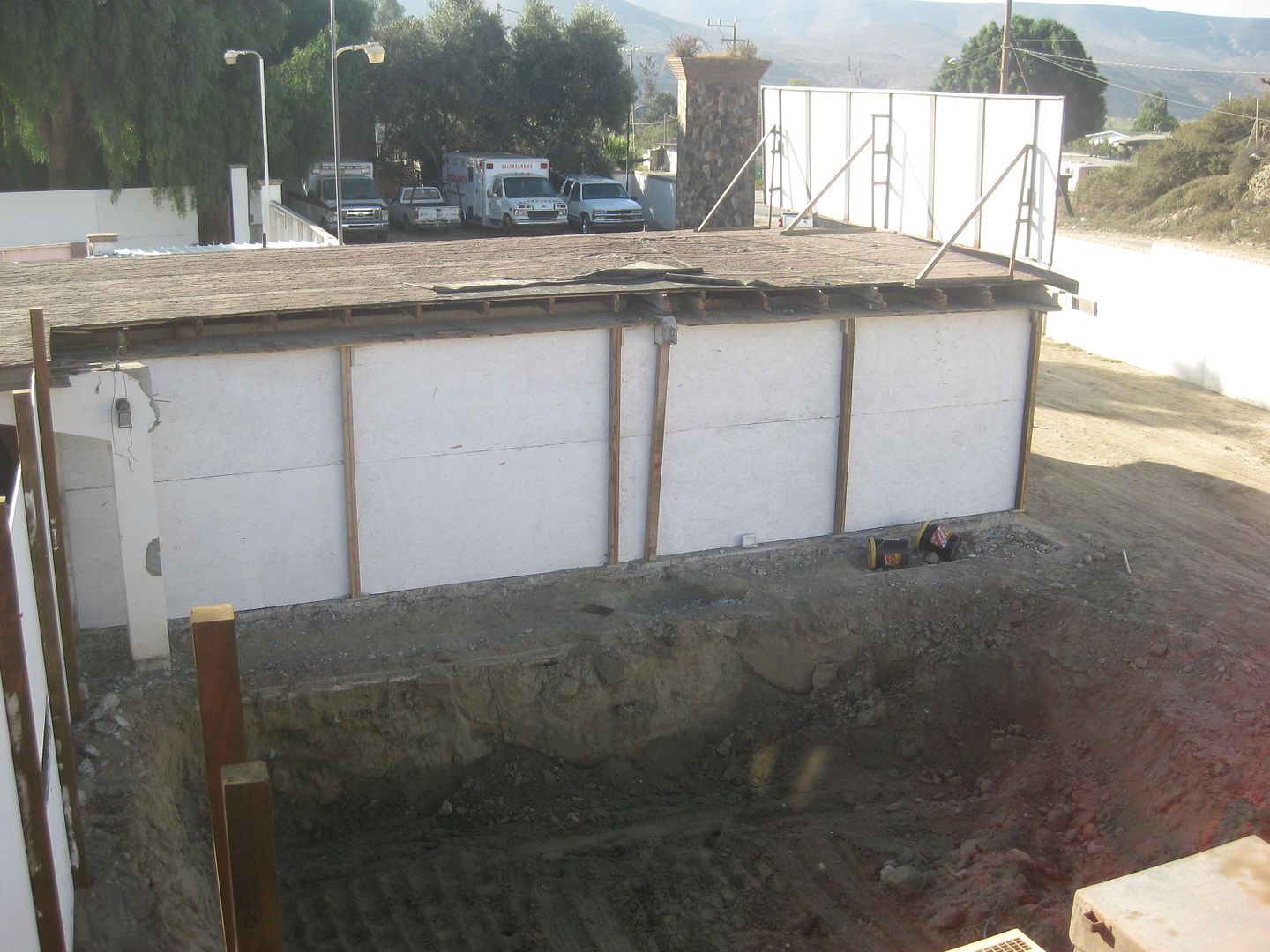
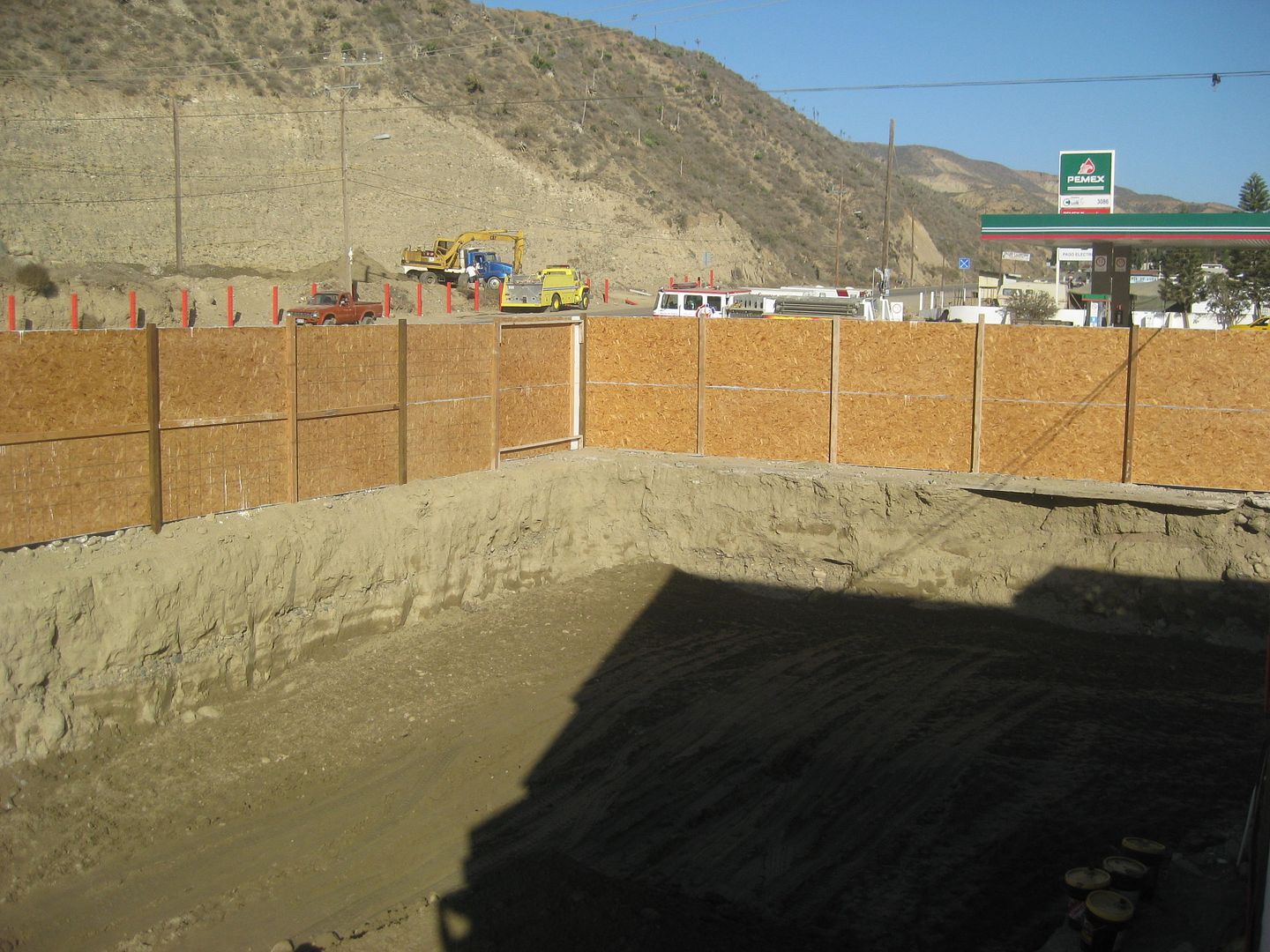

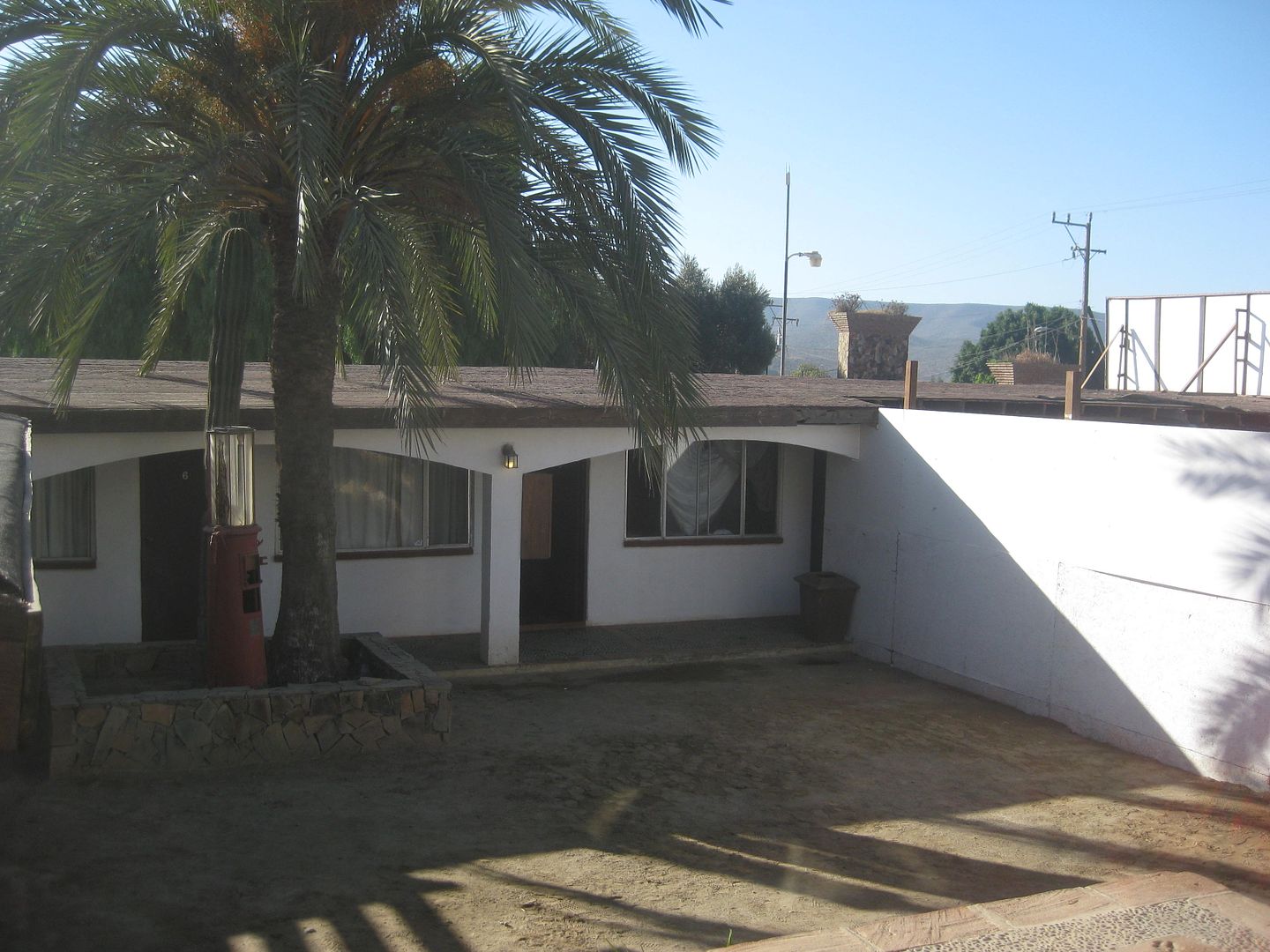
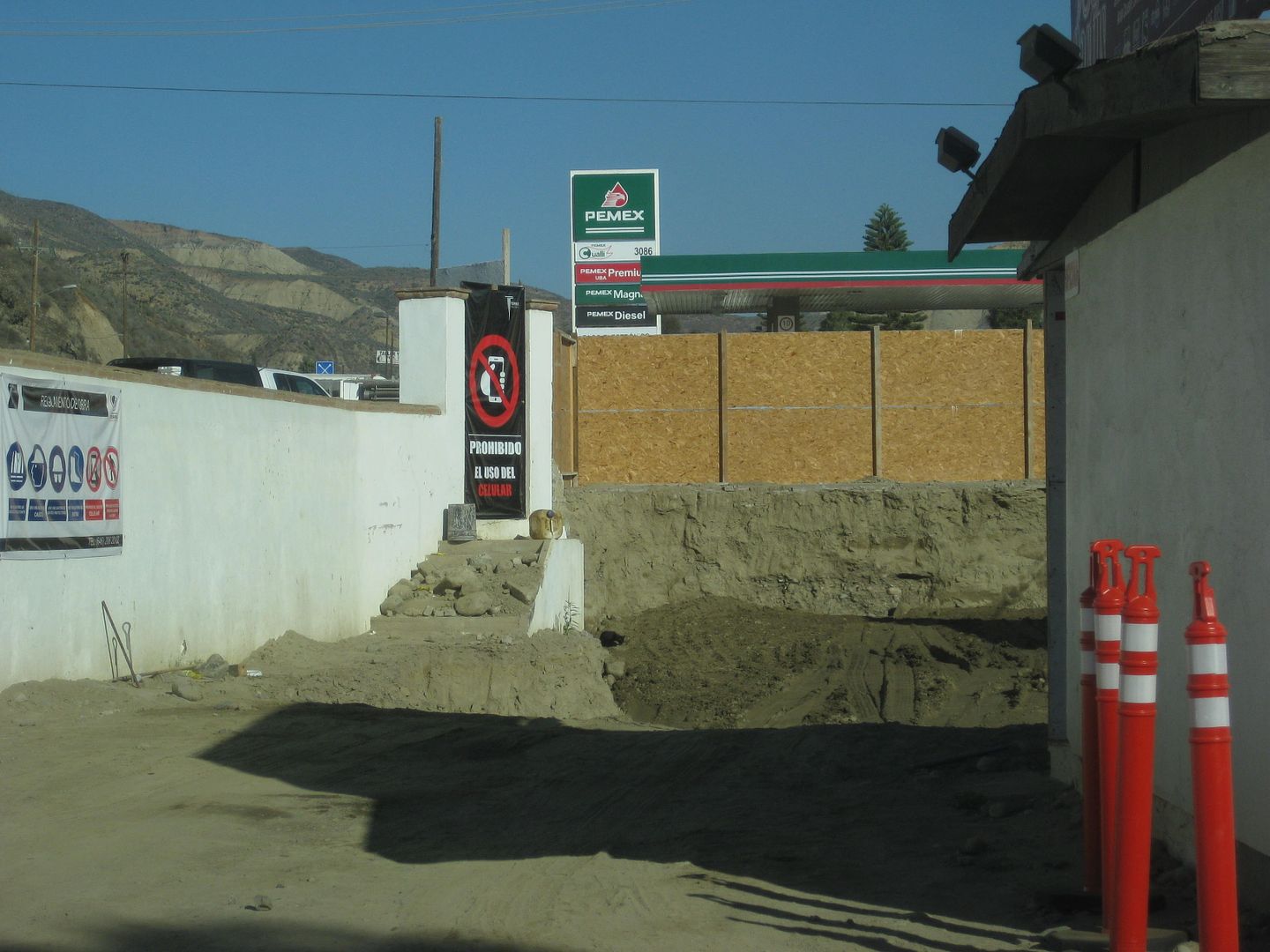
End of DAY 3 Report.
Coming up next, Sierra San Pedro Mártir National Park, and camping at 8,200 feet.
|
|
|
David K
Honored Nomad
        
Posts: 65389
Registered: 8-30-2002
Location: San Diego County
Member Is Offline
Mood: Have Baja Fever
|
|
DAY 4 (Friday Oct. 13, 2017) San Pedro Mártir
I left El Rosario at 9 am after filling my gas tank at Antonio's service station. It is still a Pemex station, but things are changing in Mexico. The
price per liter of Magna (87 octane) was 16.39 pesos (62.03 per gallon or US$3.56).
Driving north, I noted that the road up into the Sierra San Miguel (lower San Pedro Mártir), passing near San Isidoro, is paved now where it leaves
Hwy. 1. This is at Km. 187.5. TW, The squarecircle, and John M recently traveled this route: http://forums.bajanomad.com/viewthread.php?tid=81801
I passed by the observatory highway (Km. 140.5, San Telmo de Abajo) to top my fuel tank before going up the mountain. The Pemex station is at Km. 139,
just north of town. The price here was 16.29 pesos/liter. It is 71 miles from El Rosario and it took 3.7 gallons to top the tank. That was 19.2
miles/gallon (I love ethanol-free gasoline) which is good for about 2-3 mpg better than I ever get on California gasoline highway driving!
Back to the highway junction to head up to the San Pedro Mártir. The junction is 130 feet above sea level. This (now) paved road goes 100.5
kilometers (62 miles) and climbs to 9,280 feet above sea level!
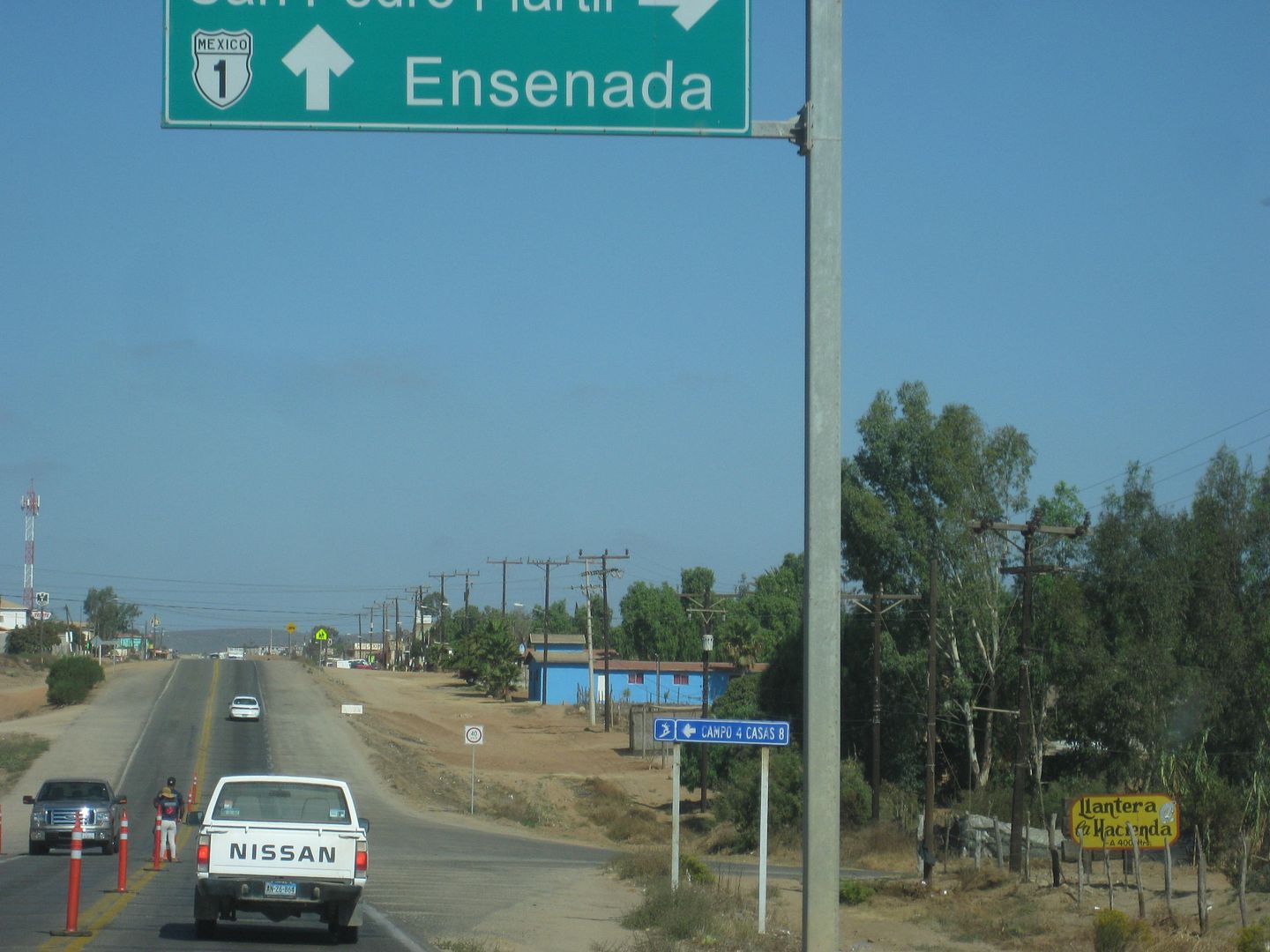
The junction, northbound. Red cross was on the highway asking for donations here.
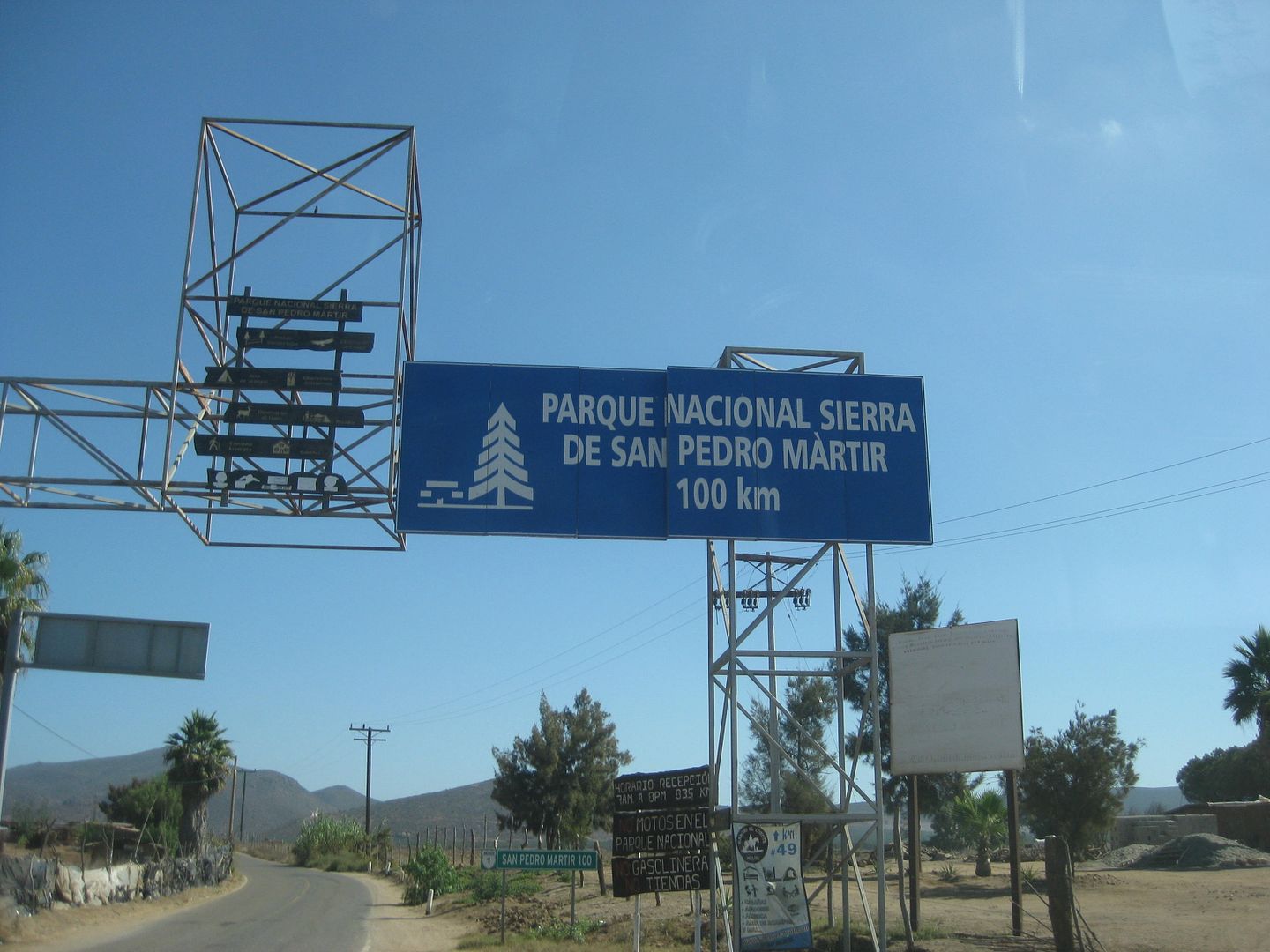
Overhead signs after making the turn.

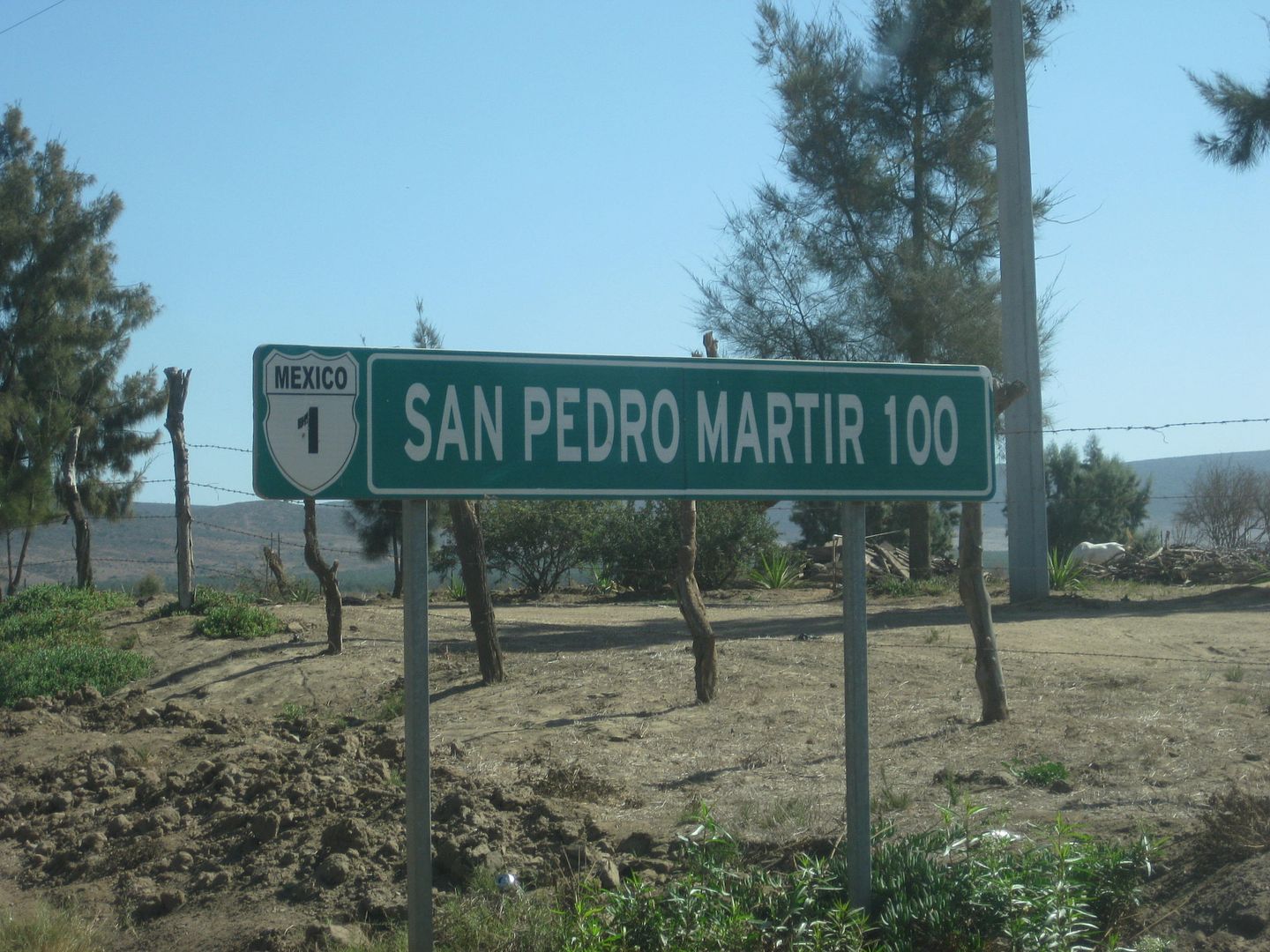
This is the distance to the observatory complex. There is a gate at Km. 97.5 (elev. 8,705') only open for three hours (10 am-1 pm) unless there is
work going on at the telescopes. There is no view other than of the trees at the gate. Time your trip to arrive early and hope you can get through. A
call box is at the gate where you are to ask it be opened. The call box was out-of-order.
ROAD LOG:
0.0 Highway 1, elevation 130'.
4.2 Narrow bridge
5.6 San Telmo (now a ghost town) was an important visita od Mission Santo Domingo and a farming supply center until recent years when many have moved
down to Highway 1 for more opportunity.
11.3 (Km. 18+) Hacienda Sinaloa a town of farm workers with one small store.
17.0 (Km. 27.5) Road right goes into the hills to Valladares and Santa Cruz.
17.6 Signed road left to Ranchos (Las Choyas, Cortez, El Papalote). Road begins a steep climb.
22.0 1,000' elevation.
24.0 2,000' elevation.
30.3 (Km. 49) Road north to El Coyote guest ranch (rooms, camping, meals).
30.6 (Km. 49.5) Road to right to Meling Ranch, a guest ranch with a long history. Rooms, meals, camping, airstrip.
34.0 3,000' elevation.
39.0 4,000' elevation.
39.3 (Km. 63.5+) Road south to El Potrero.
40.6 (Km. 66) Socorro mine site. Not much left from the early 1900s when the Meling/Johnson family worked the placer goldfield. A water ditch was
constructed about 1896 by Harry Johnson for some 20 miles along the mountainside from the San Rafael River for the water needed at Socorro.
41.6 (Km. 67+) Road left, signed to La Joya. Badly eroded from last winter's rains, this ranch and the former Dark Skys Inn (Rancho La Concepción)
was once reached this way, but today may be impassable.
43.4 (Km. 70) 5,000' elevation.
45.0 6,000' elevation.
45.2 (Km. 73) Fire break road to the right (yellow gate).
Km. 73.5+ Road right 0.3 mi. to the former Los Manzanos RV Park/Campground. Abandoned.
Km.74.5+ La Cienega de Soto resort project.
48.1 (Km. 77.5) Former park entrance payment gate, ex-ranger station (6,800').
48.6 7,000' elevation.
51.0 8,000' elevation.
51.7 (Km. 83.5) Park Entrance Payment Ranger Station 'La Corona'. Elevation: 8,259'.
Km. 84 Campo Cacomixtle, El Condor, Cimarron, and more, on both sides of the highway.
Km. 86.5 Capilla San Pedro. A small chapel on a hilltop.
56.3 (Km. 91) Road south for La Tasajera (10 km.). Locked gate at Mile 1.9.
56.8 Museum (closed).
57.8 (Km. 93+) The Aguaje del Burro road to the right goes 2.0 miles to a covered spring. This was an old cattle camp.
58.2 (Km. 93.5+) Mirador El Altar road right (elev. 8,000'). It is 0.3 mi. to the El Mirador trail. A right fork just off the highway goes 2.2 miles
to a pretty area.
58.9 (Km. 94.5+) Pass a military camp and a side road left to the Venado Blanco trail.
60.3 (Km. 97.5) Parking area (left) and gate restricting access to the observatories. 8,705'. A phone box on the left (out-of-order) to request
passage. It is 3 kilometers and over 500' higher to the end of the road at Mexico's largest telescope.
61.2 (Km. 99) 9,000' elevation.
62.1 (Km. 100+) Elev. 9,280'. The highest point reached by automobile in Baja California. The national observatory.
Two condors are circling above! The black and white wings set them apart from common vultures.

The road north 4.9 miles to Rancho El Coyote is at Km. 49 (2,622').
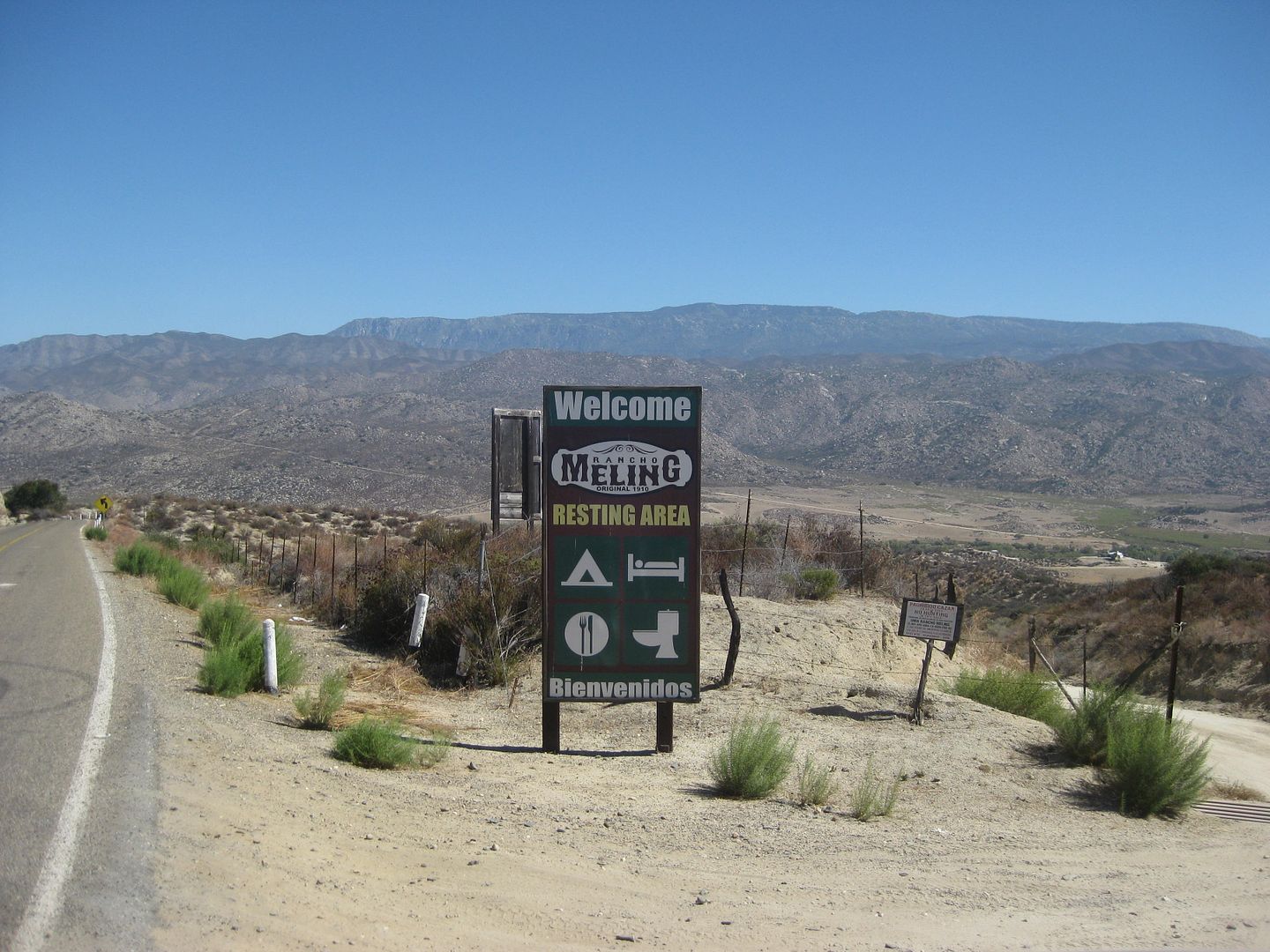
The Meling road is just 1/4 mile past the El Coyote road and drops down to the ranch, 0.9 mi. I stop by on my way down the mountain and take photos
and get rates.
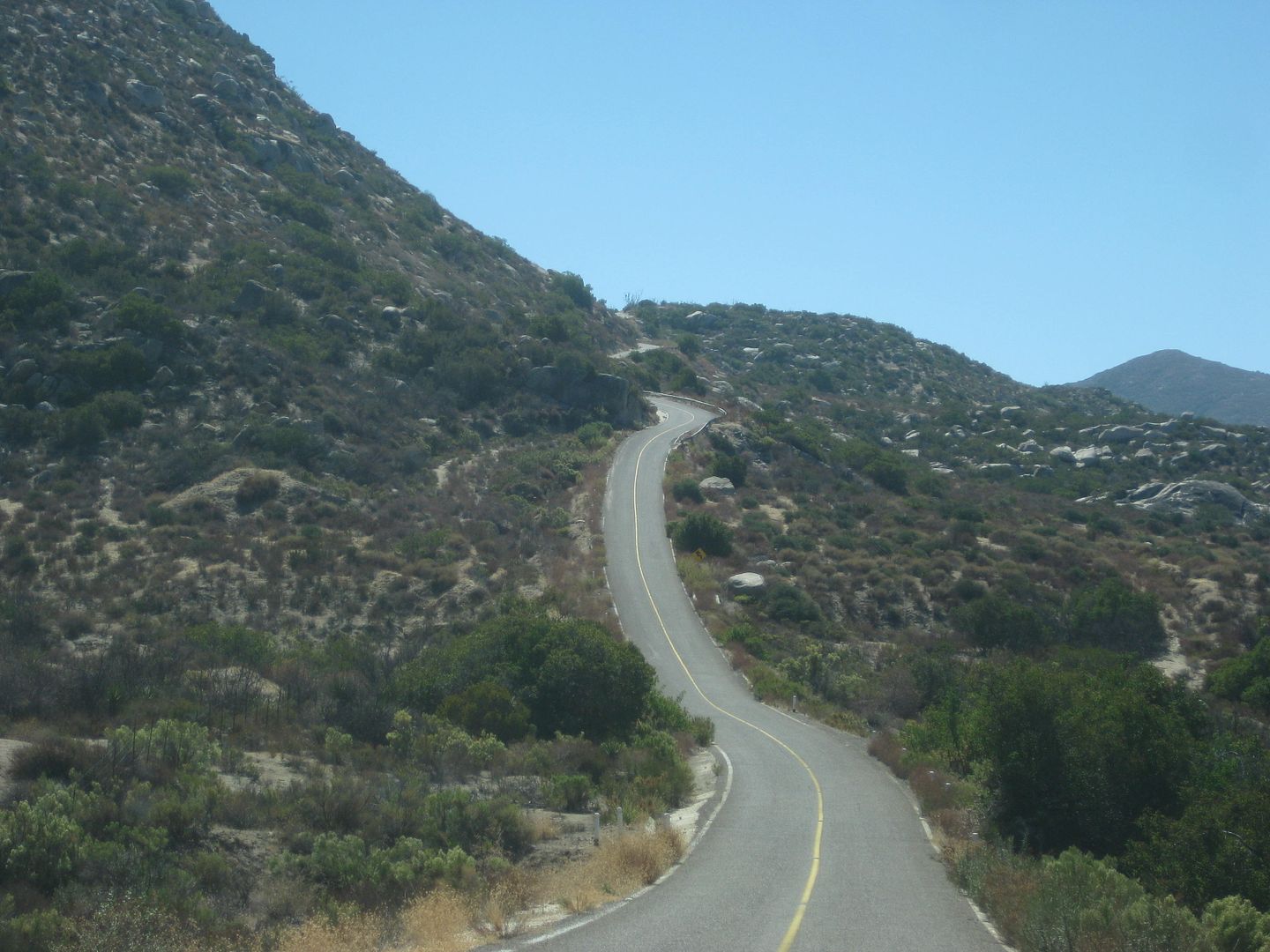
Begin the next steep climb.
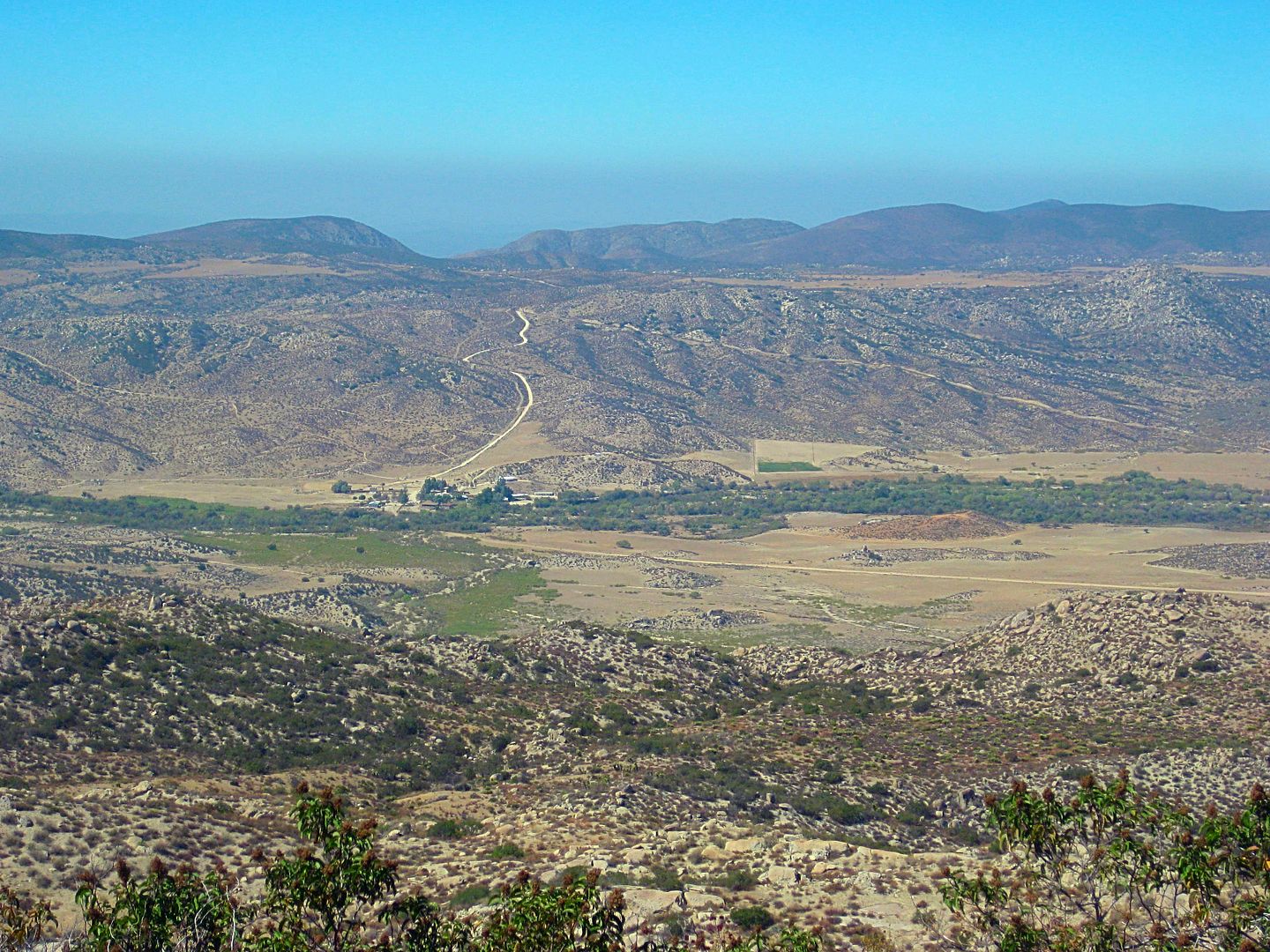
View back down to Meling Ranch. The 0.9-mile dirt road from the highway down to the ranch is clearly seen. The airstrip is on this side of the ranch,
the line running to the right edge of the photo.

Don't bother the condors!
TO BE CONTINUED...
[Edited on 10-21-2017 by David K]
|
|
|
mtgoat666
Platinum Nomad
       
Posts: 20303
Registered: 9-16-2006
Location: San Diego
Member Is Offline
Mood: Hot n spicy
|
|
La Cienega de Soto looks interesting. Did you visit it?
Woke!
Hands off!
“Por el bien de todos, primero los pobres.”
“...ask not what your country can do for you – ask what you can do for your country.” “My fellow citizens of the world: ask not what America
will do for you, but what together we can do for the freedom of man.”
Pronoun: the royal we
|
|
|
David K
Honored Nomad
        
Posts: 65389
Registered: 8-30-2002
Location: San Diego County
Member Is Offline
Mood: Have Baja Fever
|
|
Yes, it is a new development right on the highway, not looking ready to be in business, yet... Km. 74.5+, just above the former Los Manzanos
campground/ RV park (Km. 73.5+)... It will be in the trip report yet to come.
|
|
|
David K
Honored Nomad
        
Posts: 65389
Registered: 8-30-2002
Location: San Diego County
Member Is Offline
Mood: Have Baja Fever
|
|
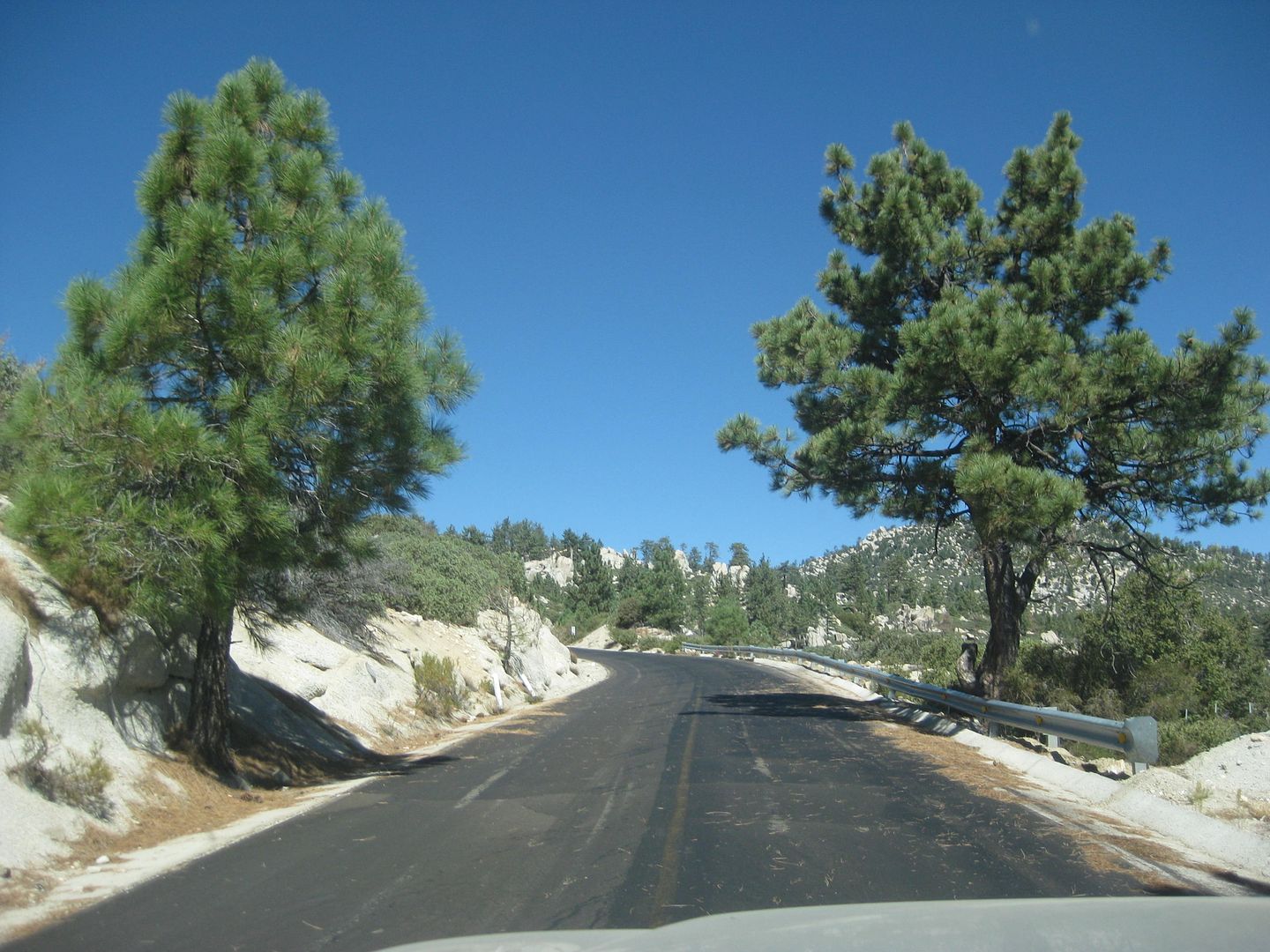
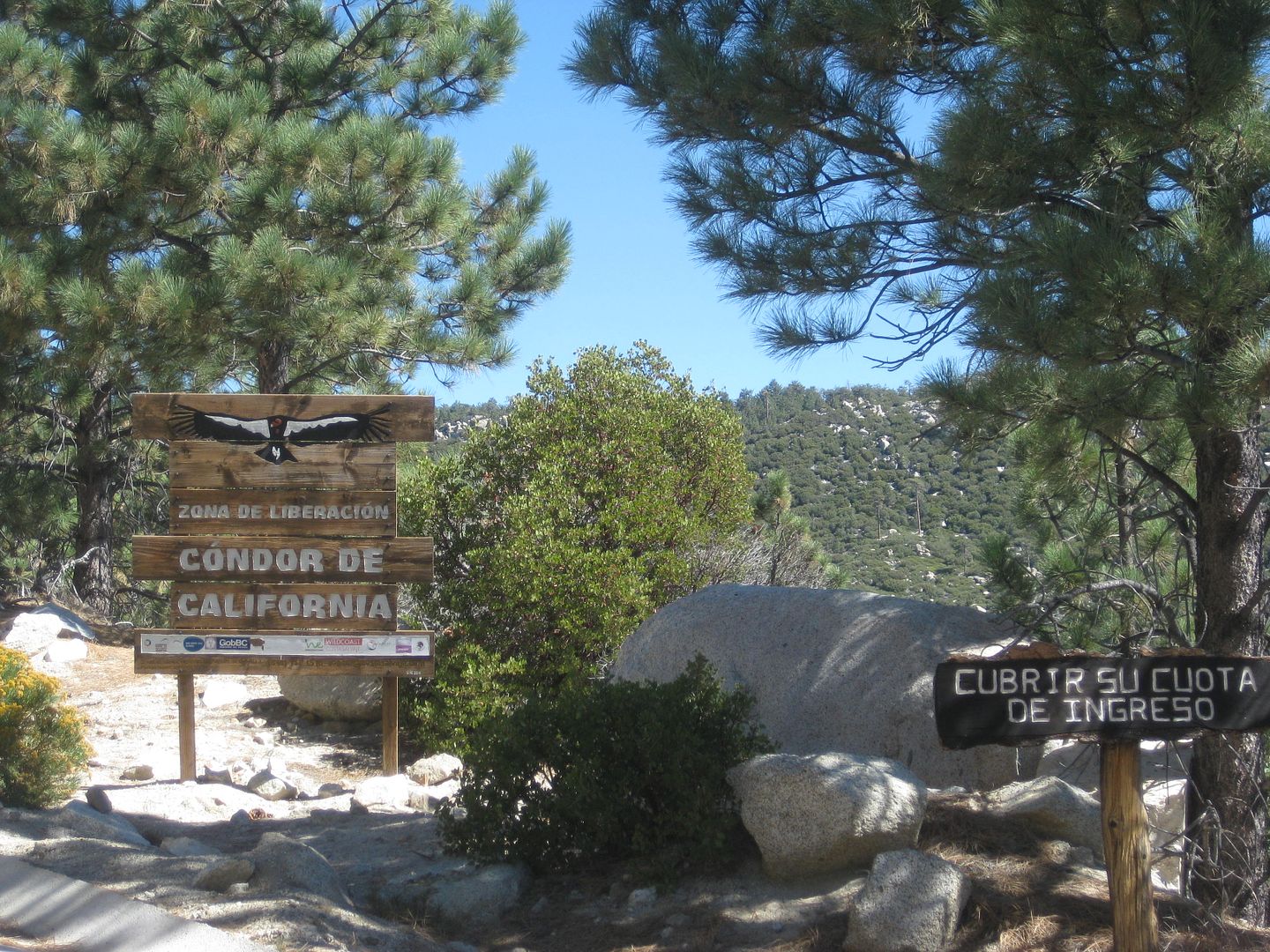
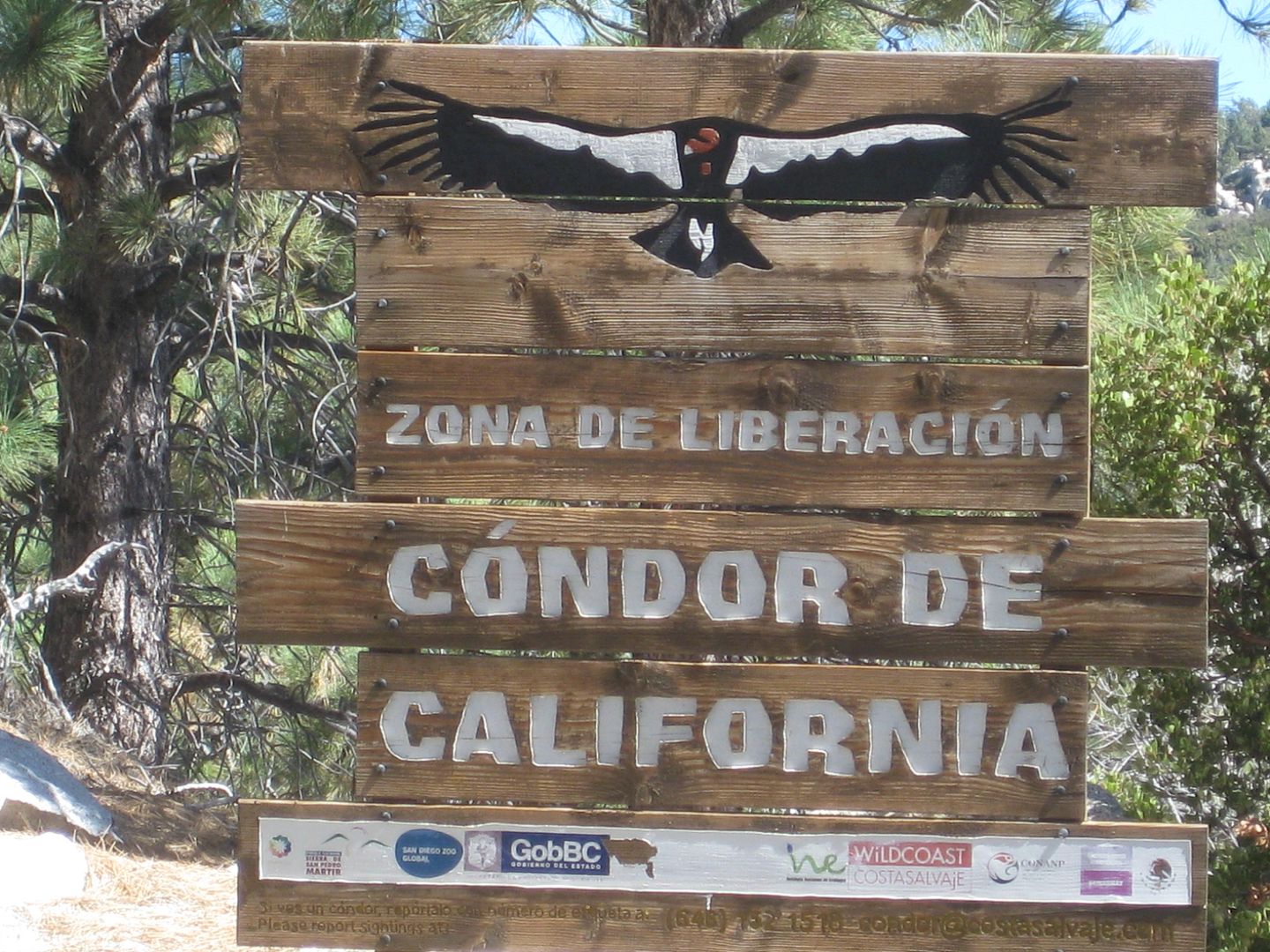
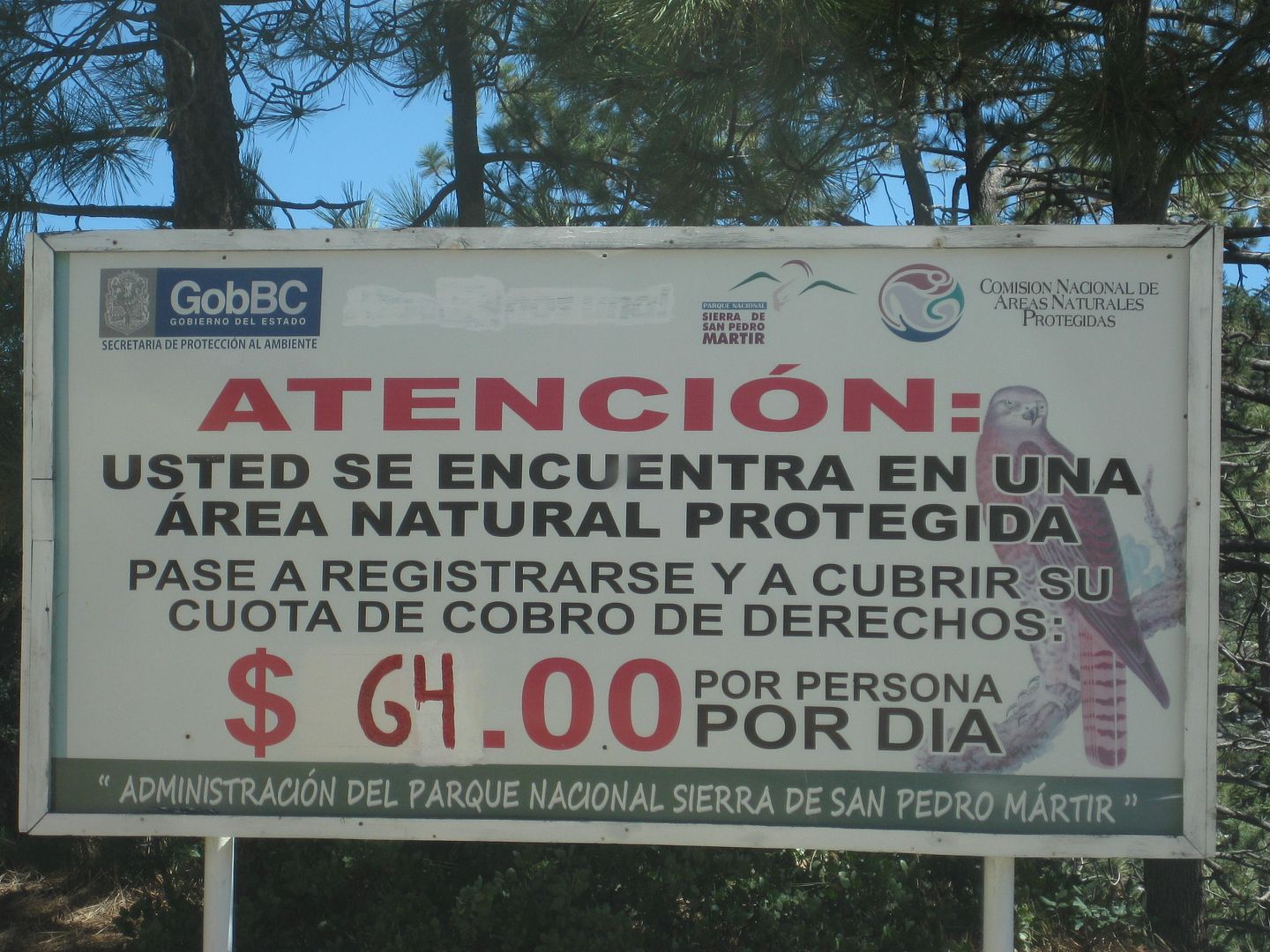
Only 64 pesos per day to enter and stay in the park (US$3.68).
The former park entrance is passed near Km. 78 and the new entrance ranger station is at Km. 83.5 at La Corona, 8,259'.
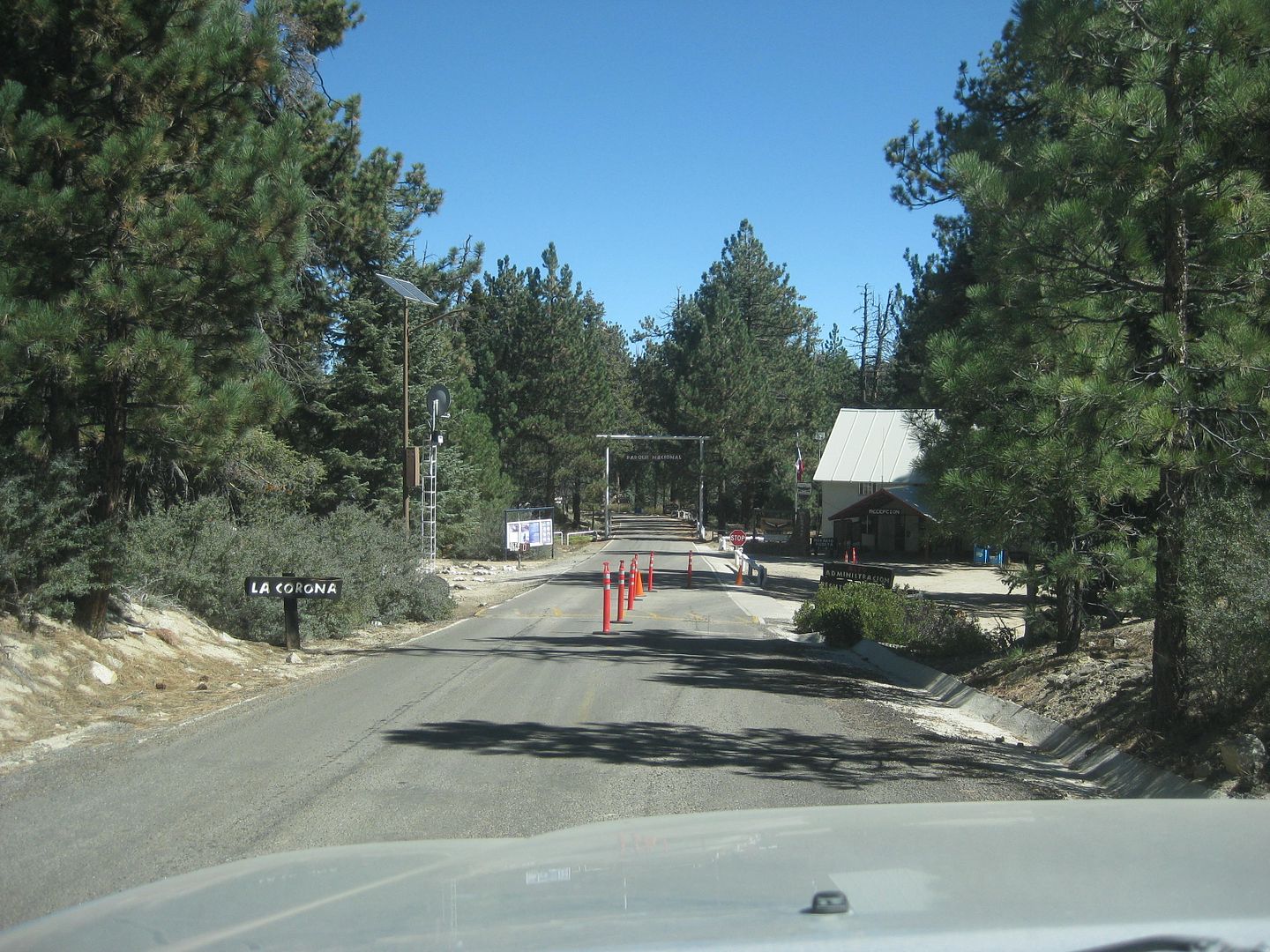
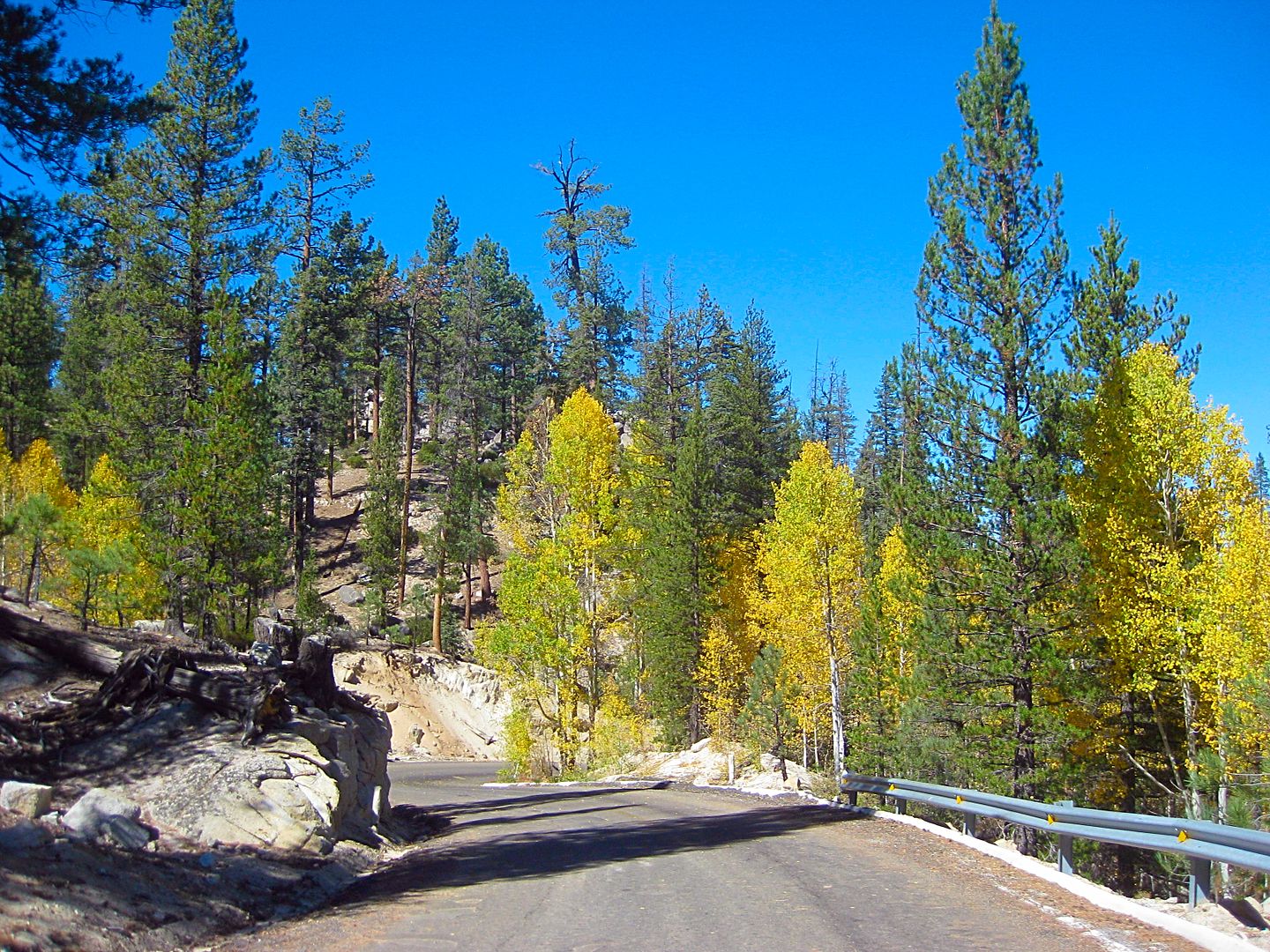
Aspen trees are really outstanding!
More to come!!
|
|
|
David K
Honored Nomad
        
Posts: 65389
Registered: 8-30-2002
Location: San Diego County
Member Is Offline
Mood: Have Baja Fever
|
|
Just past the ranger station are several camping areas, each named for forest animals. Some are near the paved road and others are a ways off the
road. Most have trash cans, pit toilets, and a few have fire pits and bar-b-ques. Note, that once you pass these signed camping places around Km.
84/85, there is no camping allowed. The rest of the park is for day use only.
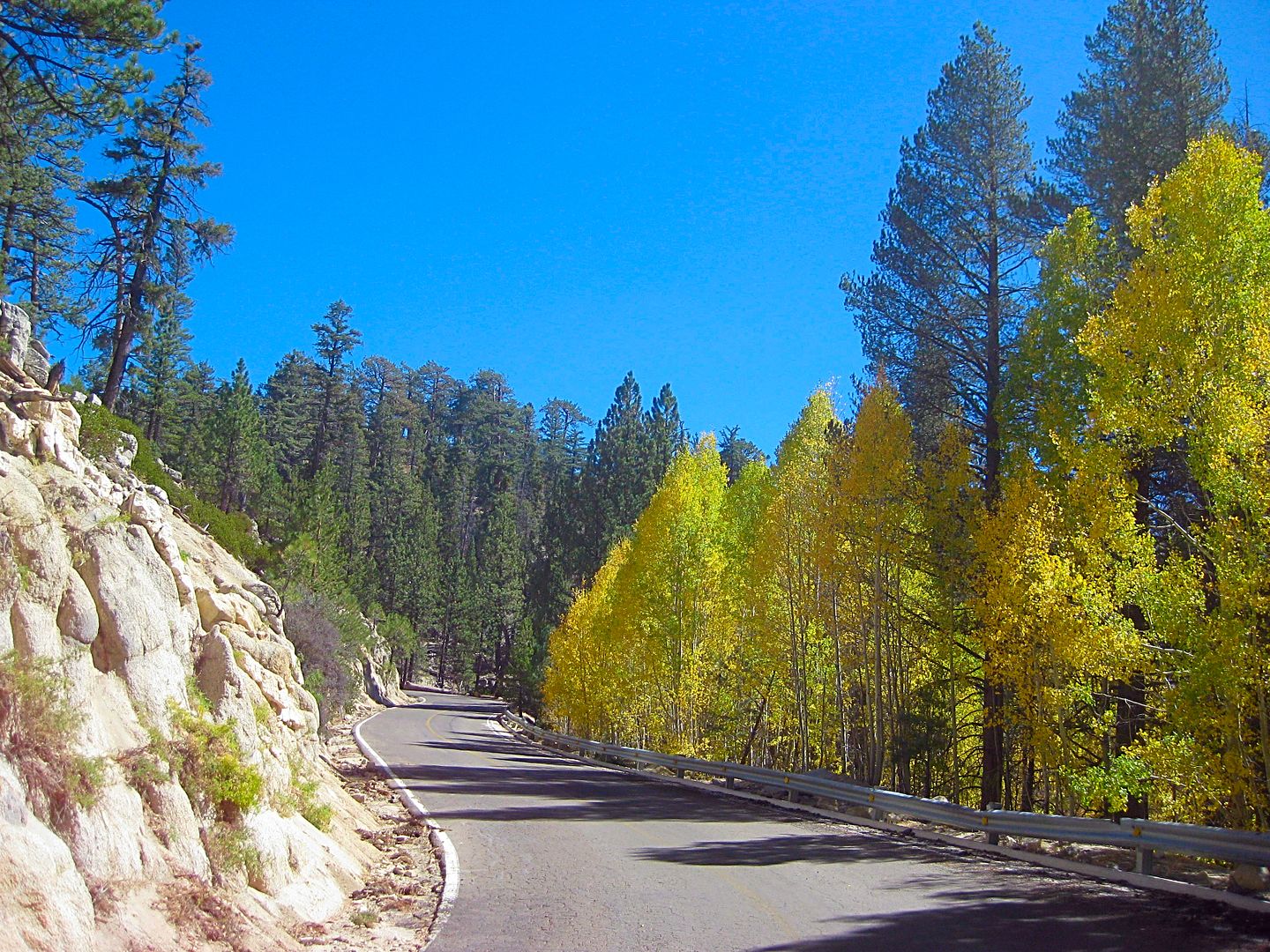
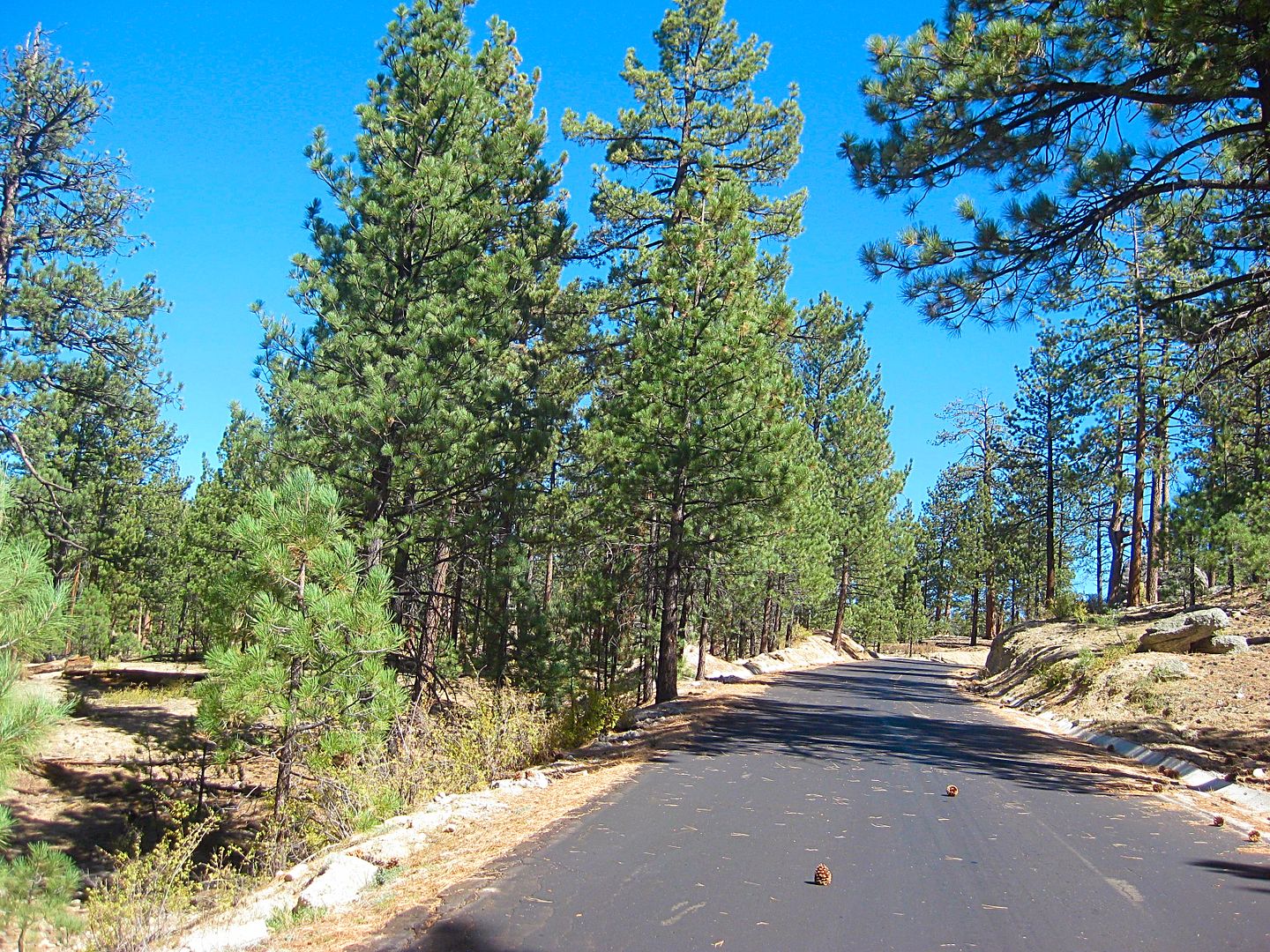
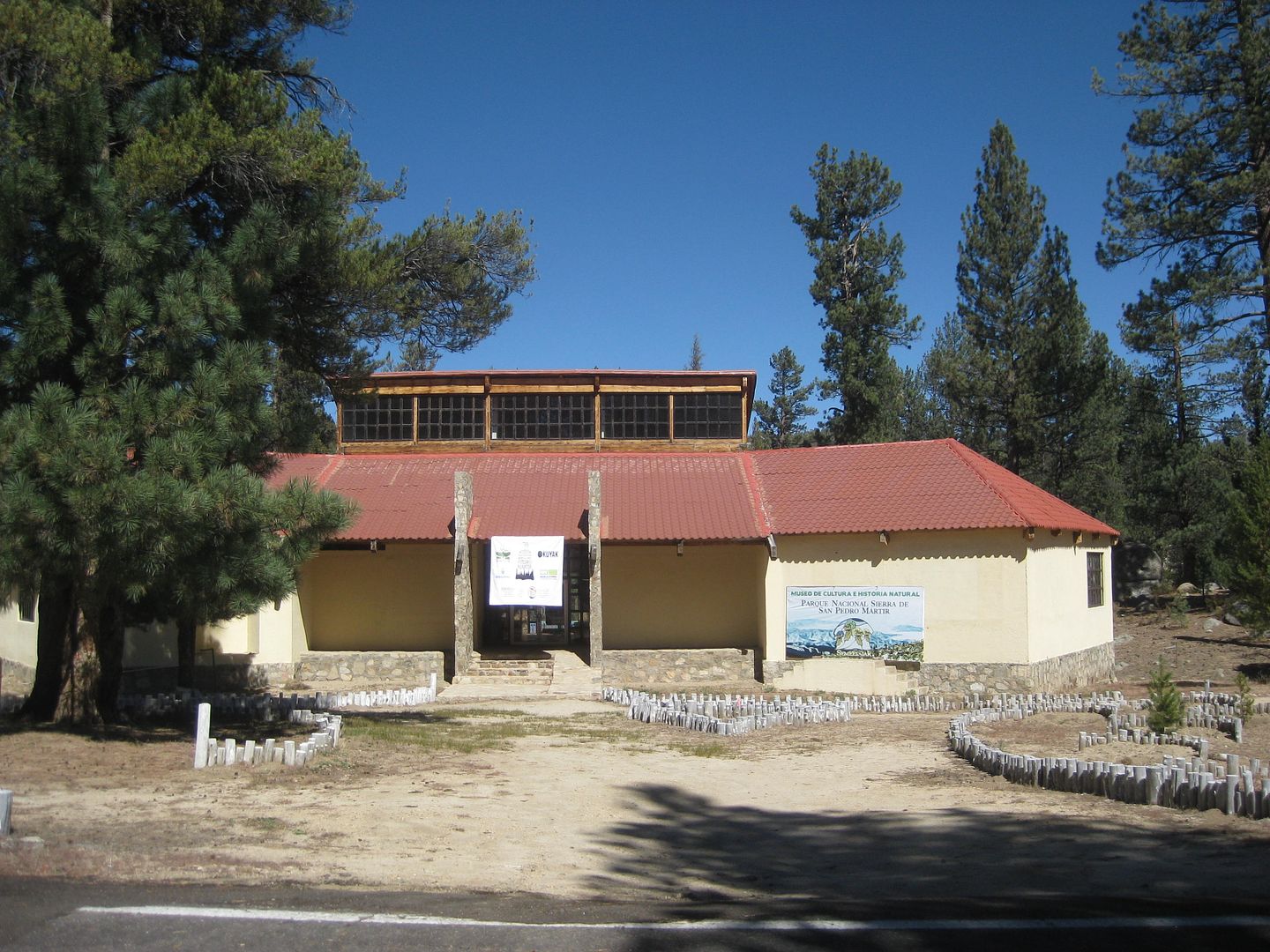
The park museum, it was open at least once, when the governor was here to cut the ribbon. Graham Mackintosh attended. His excellent book, 'Nearer my
DOG to Thee' is wonderful reading: http://www.grahammackintosh.com/Pages/NearerMyDogtoThee.aspx
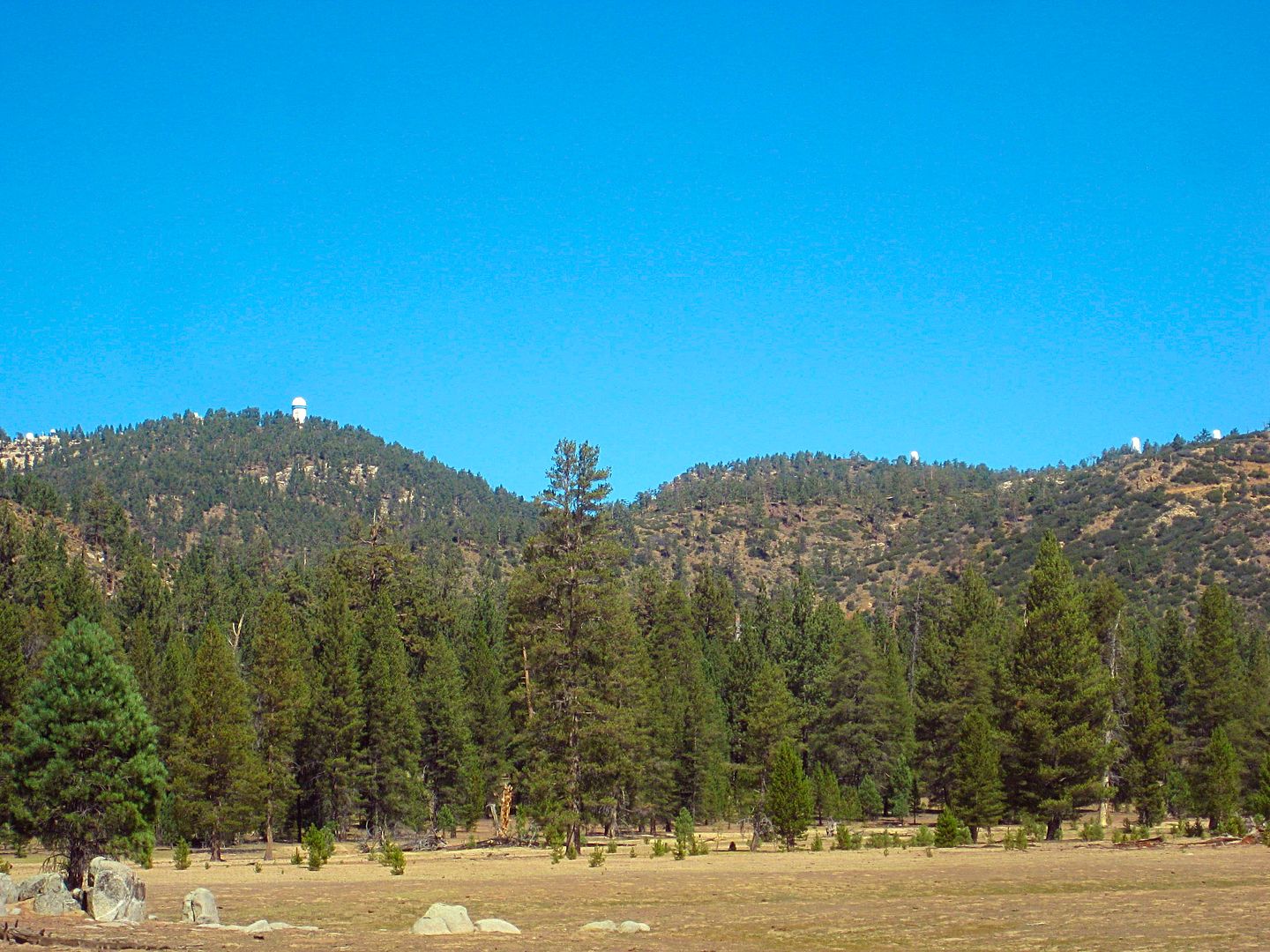
At least three new observatories have been added since my last visit. They are over on the ridge to the right.
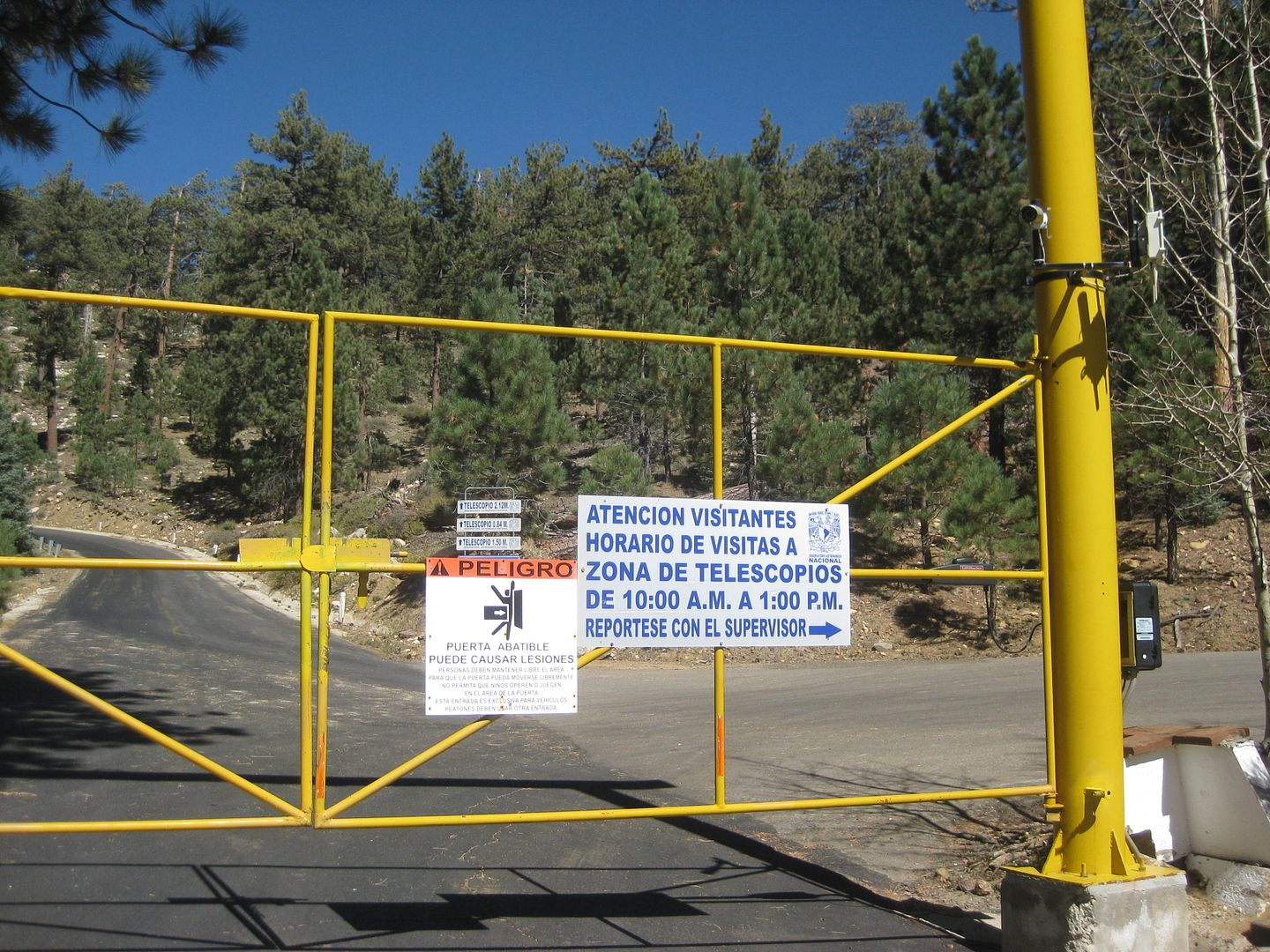
Km. 97.5 The gate, 8,705'... says open 10 am to 1 pm. I get there just a few minutes after 1. I hadn't planned on camping in the high altitude, but
the close-up photos of the observatories and one of the world's best viewpoints were worth the cold night sleep.
I turned around and took the time to check out many of the signed side roads off the paved road.
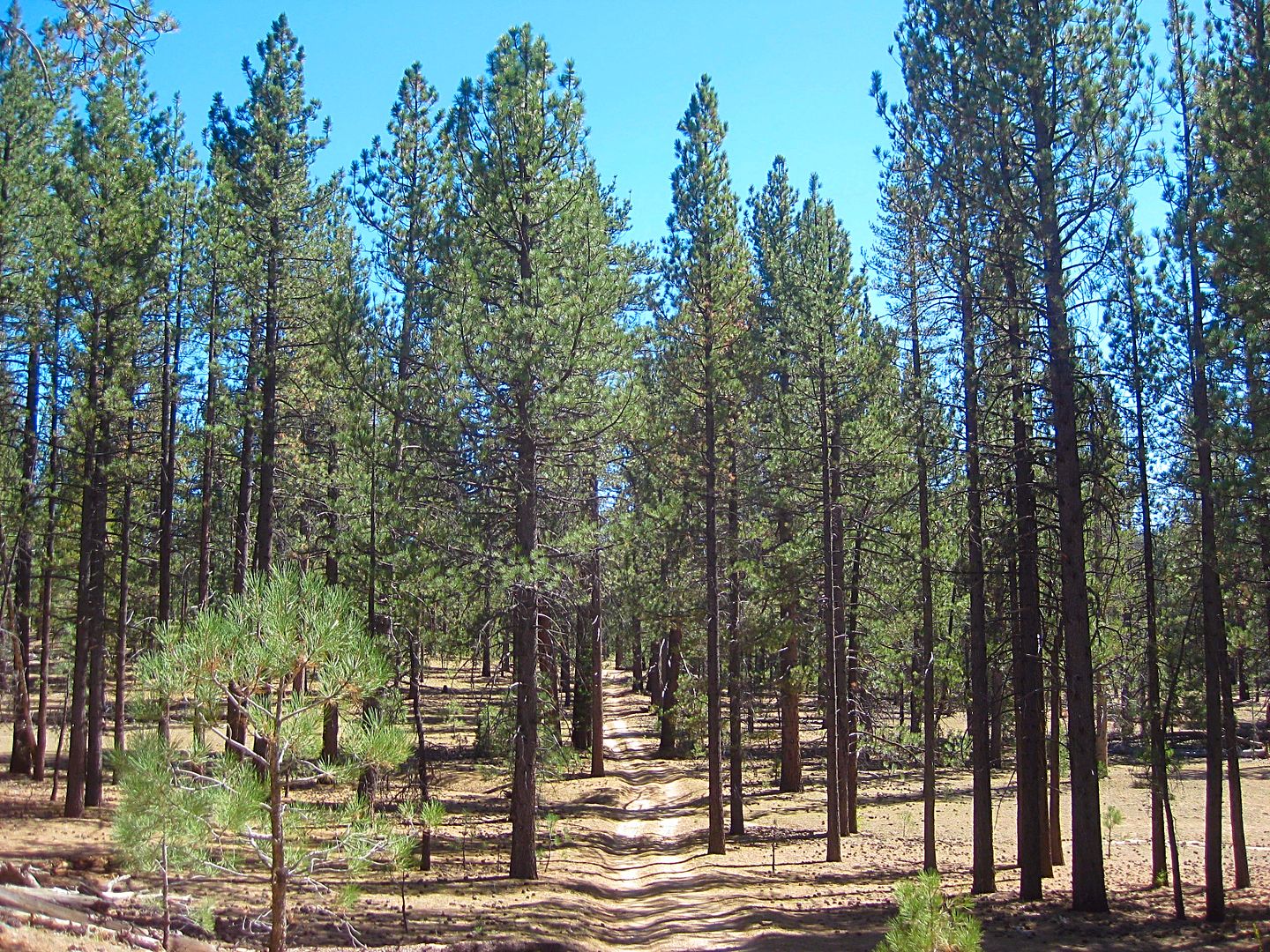
Notice the size of these trees compared to the road.
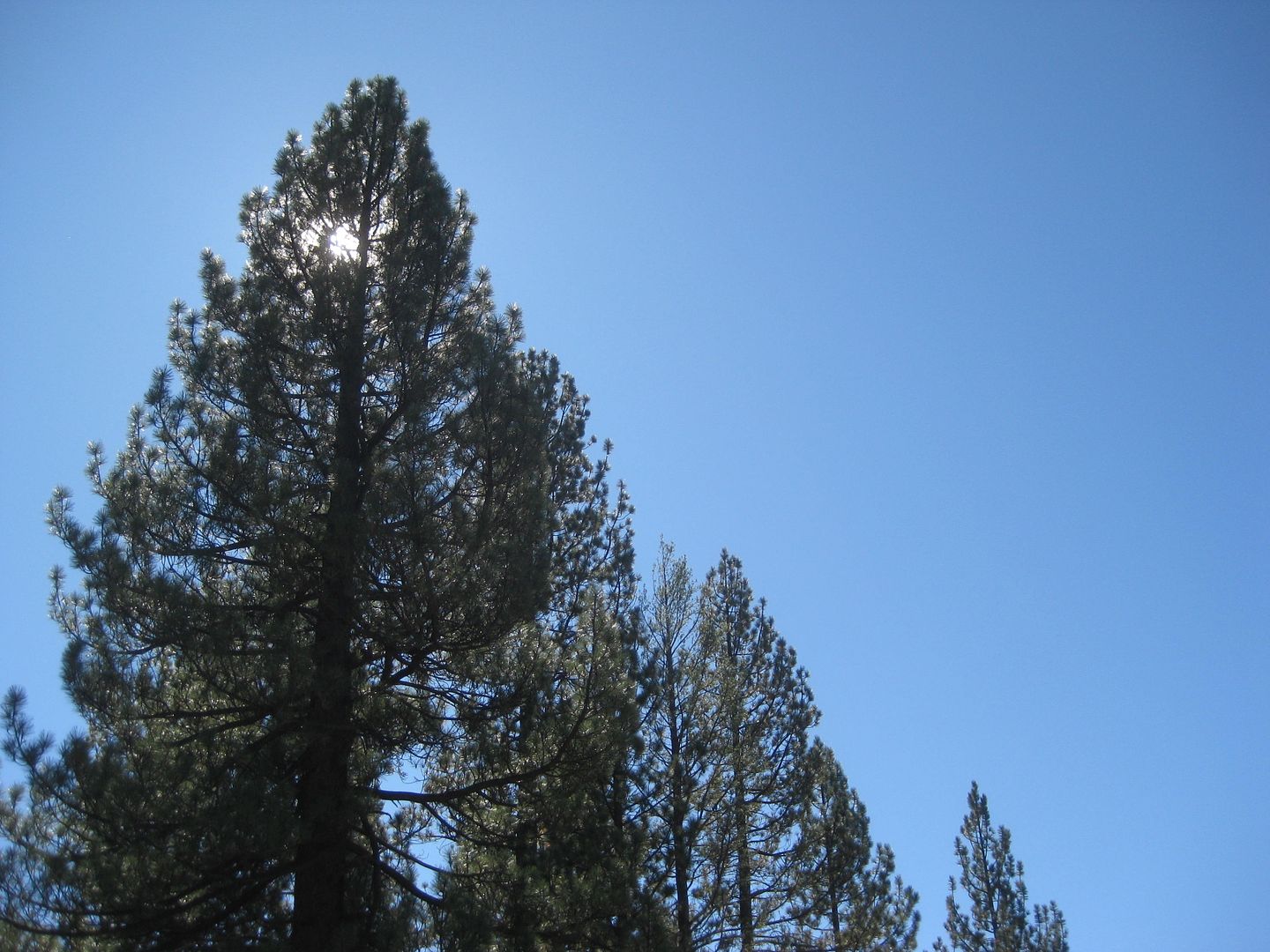

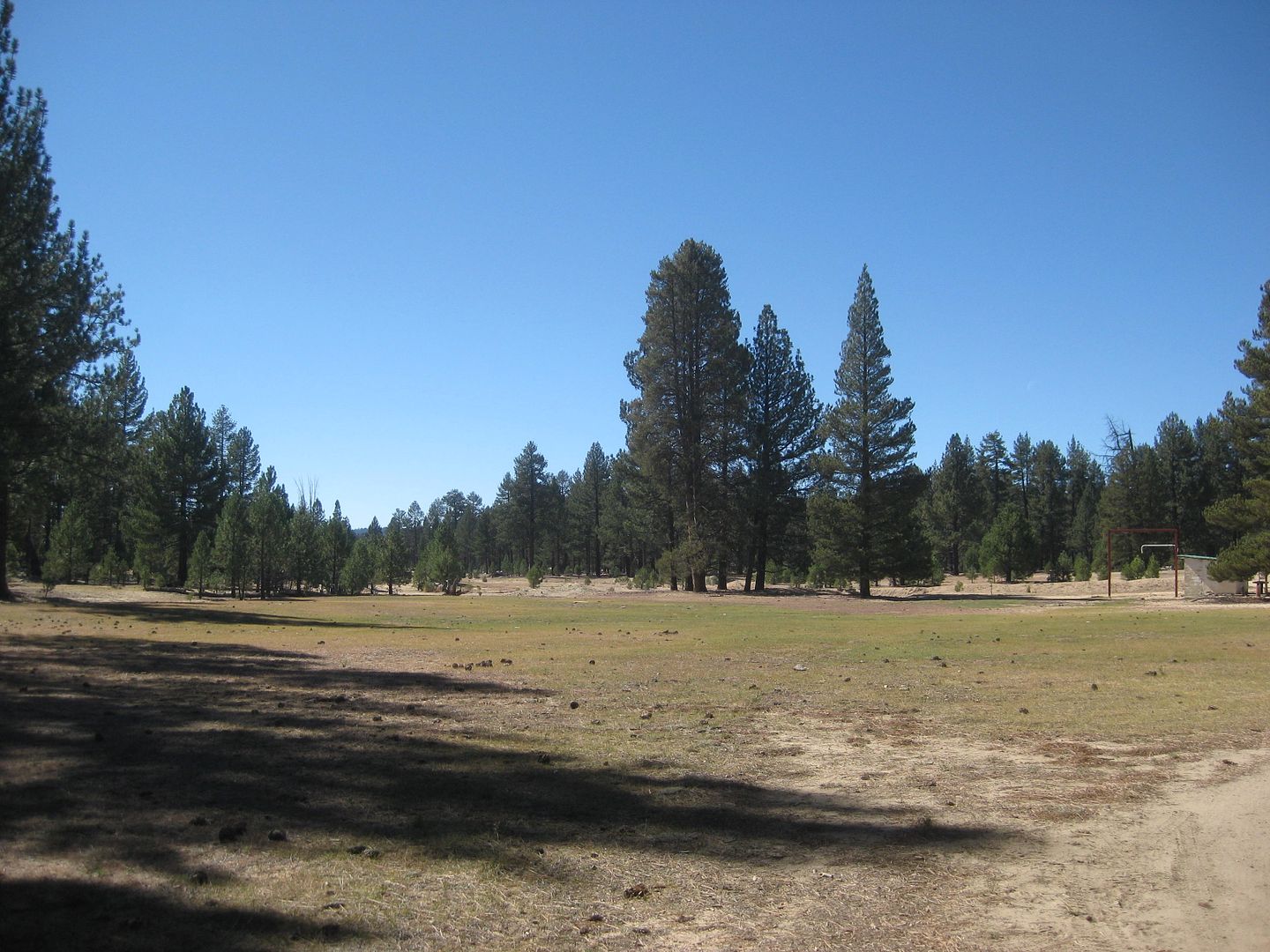
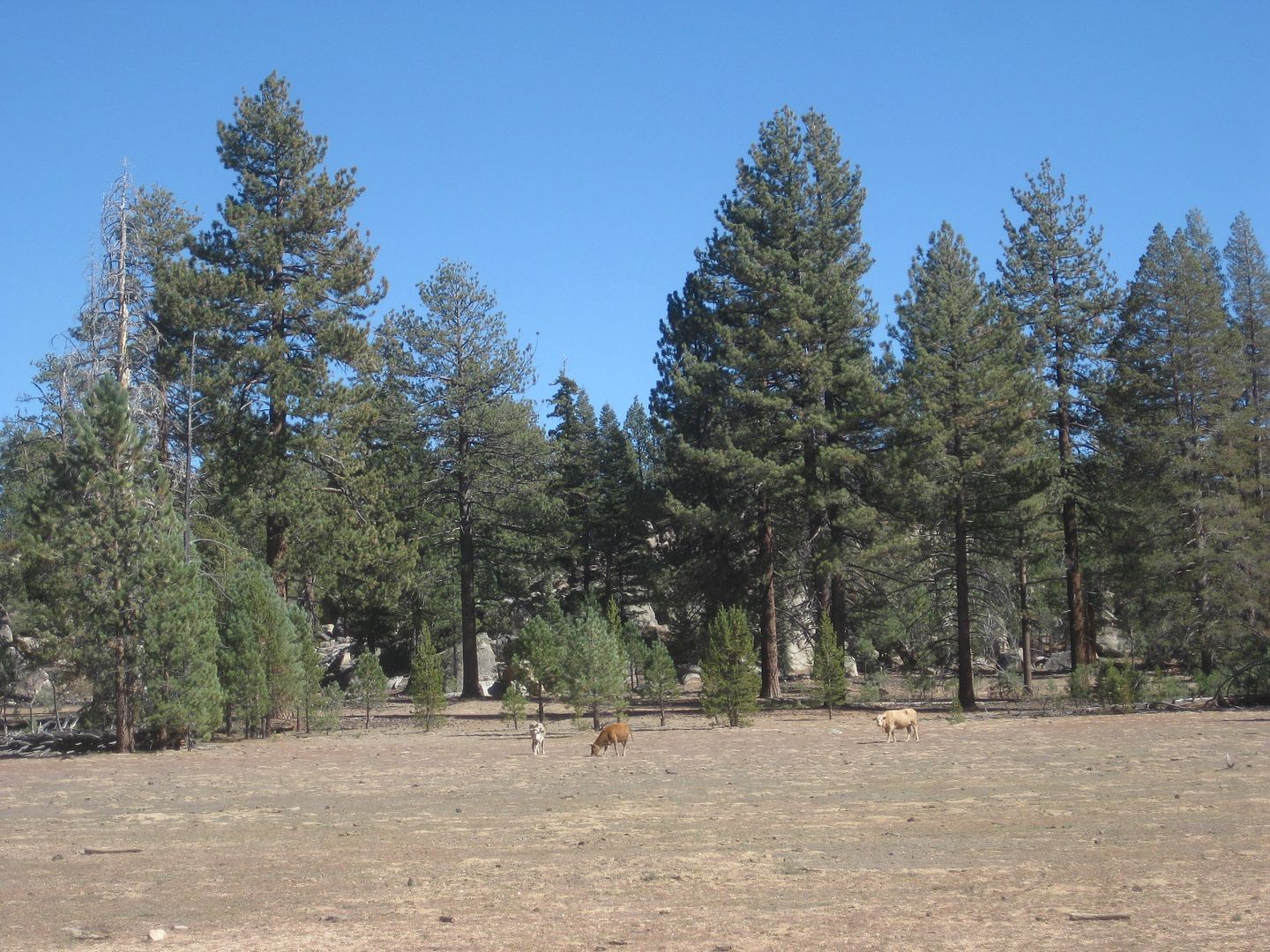
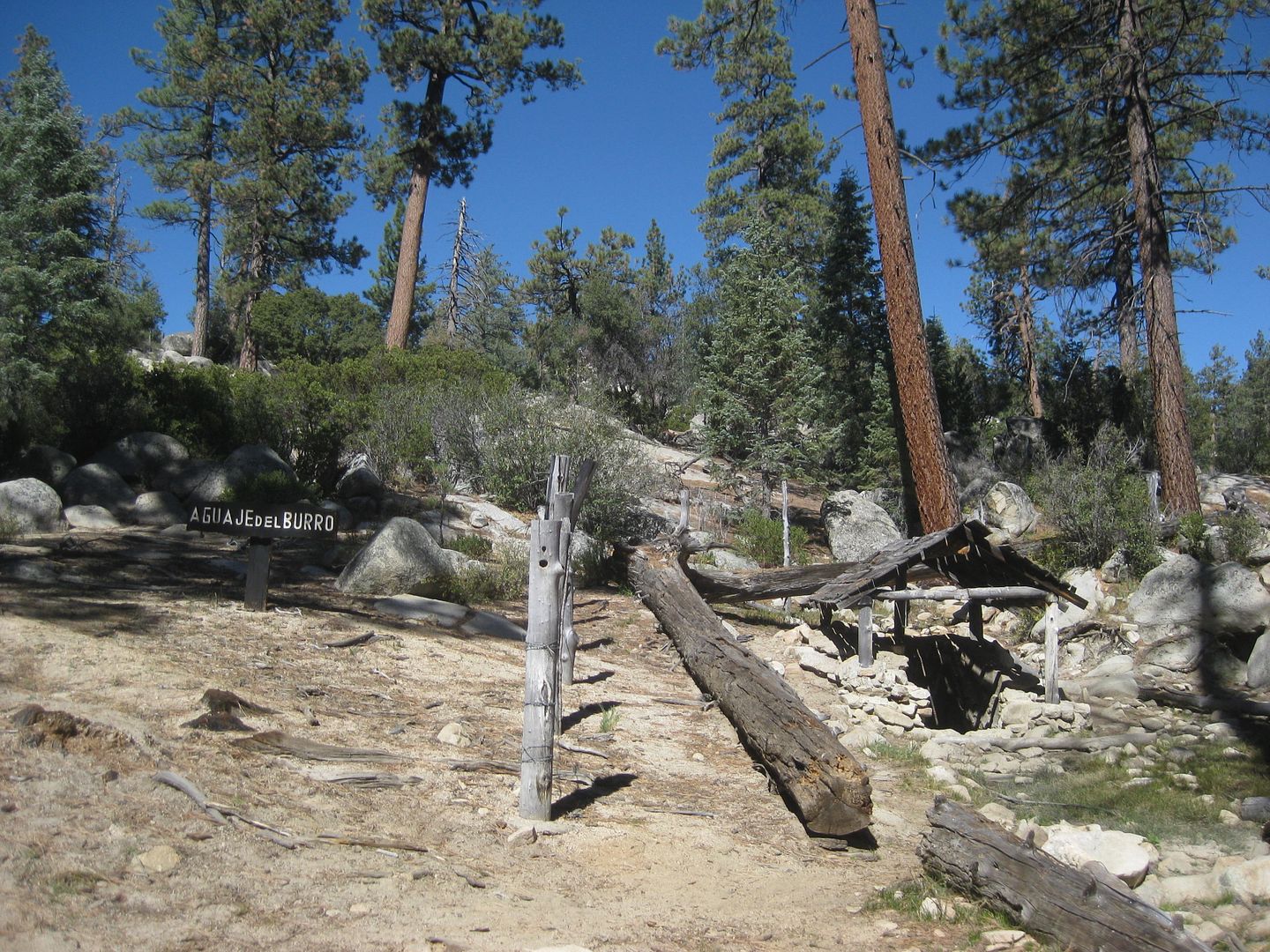
Aguaje del Burro, a spring.

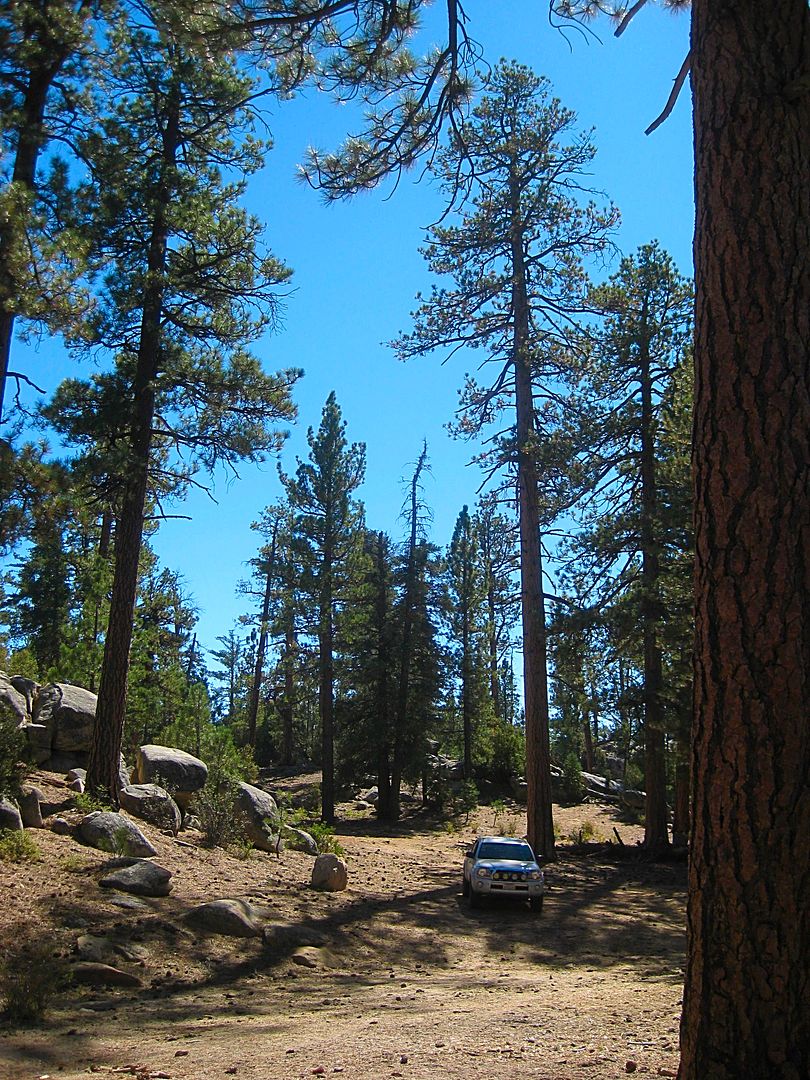
Some tall trees!
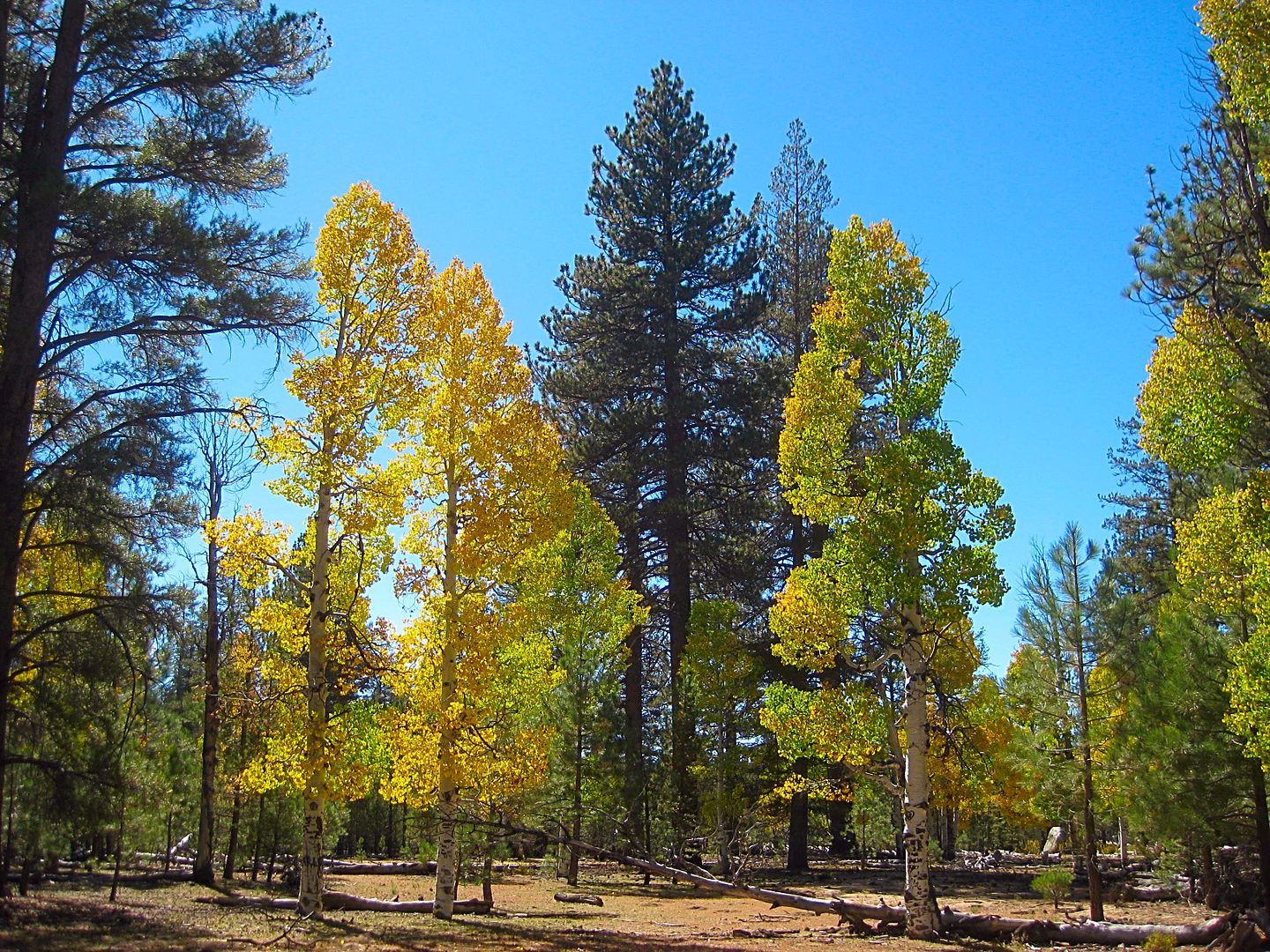
To Be Continued...
|
|
|
David K
Honored Nomad
        
Posts: 65389
Registered: 8-30-2002
Location: San Diego County
Member Is Offline
Mood: Have Baja Fever
|
|
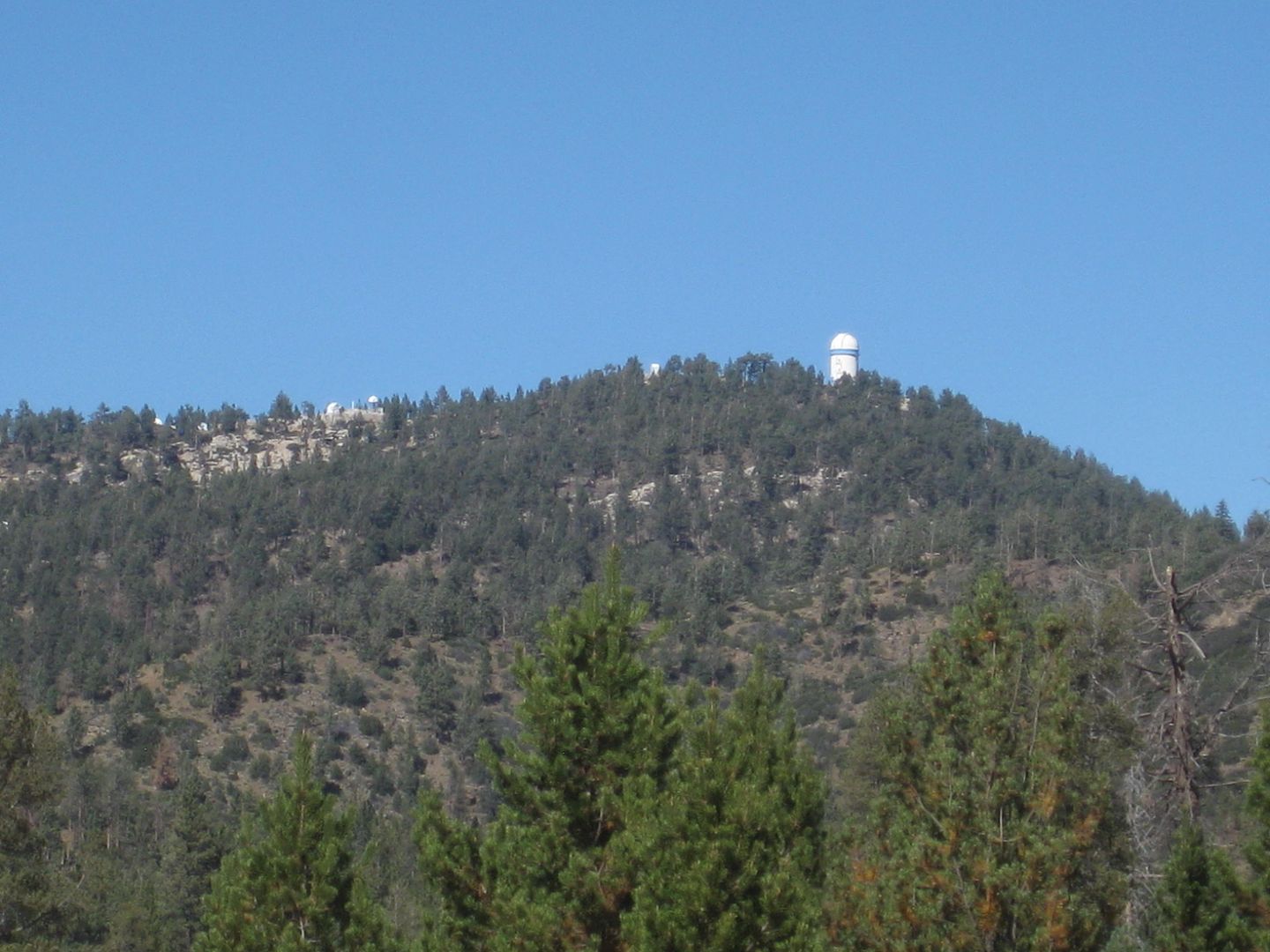
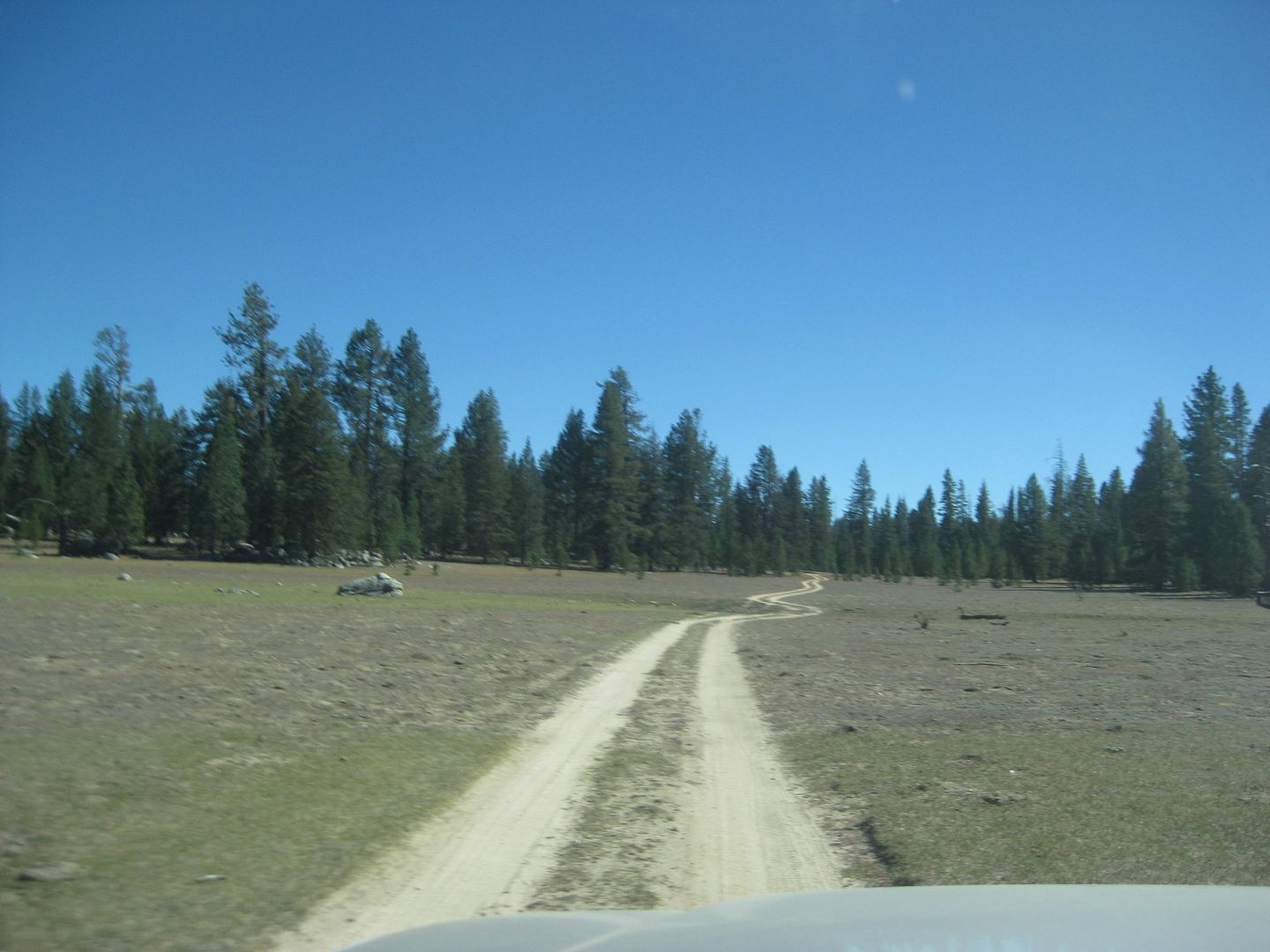
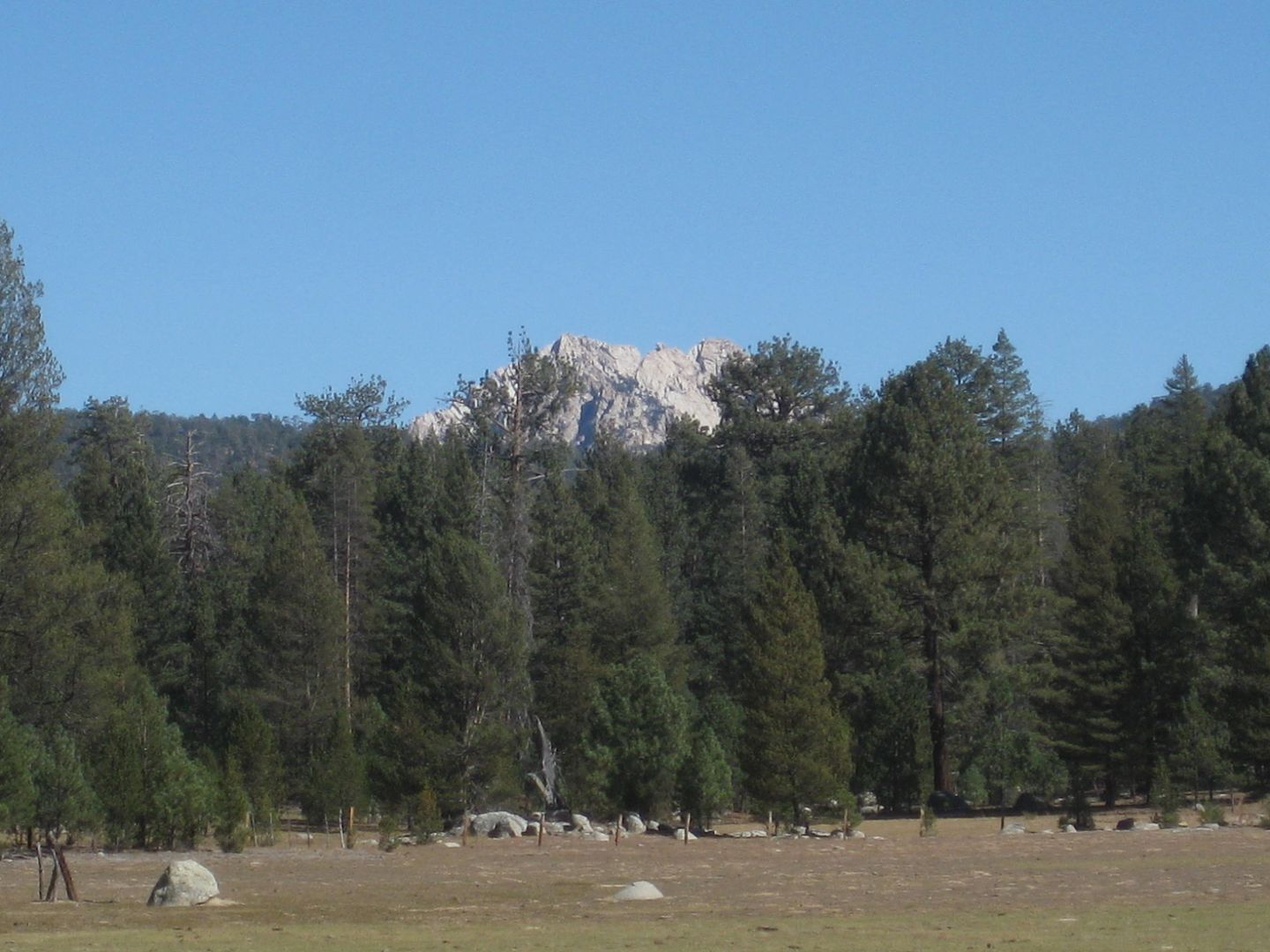
The twin peaks of Baja's highest mountain, El Picacho del Diablo (10,154').

La Tasajera road gate.

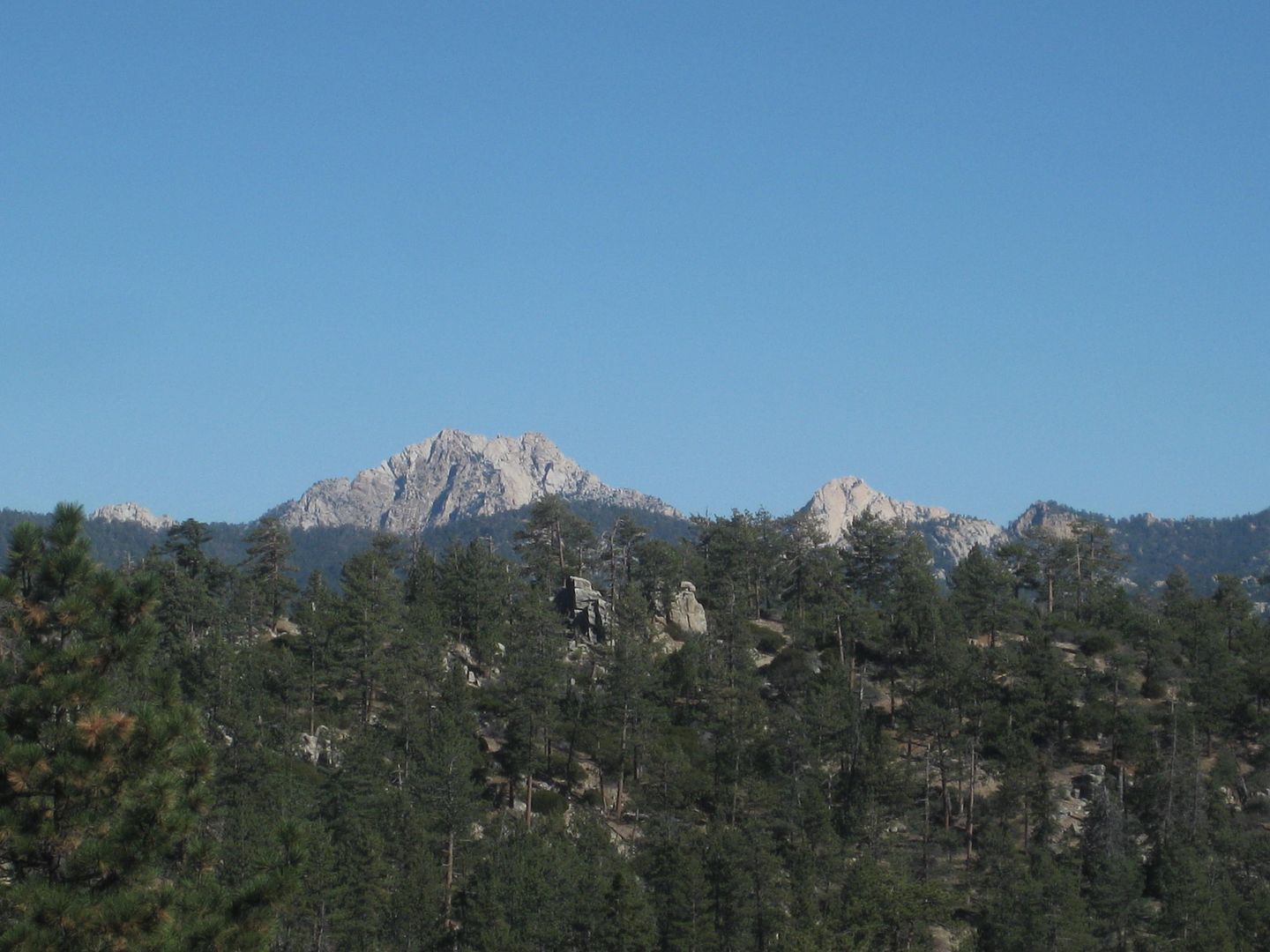
Diablo Mountain top.
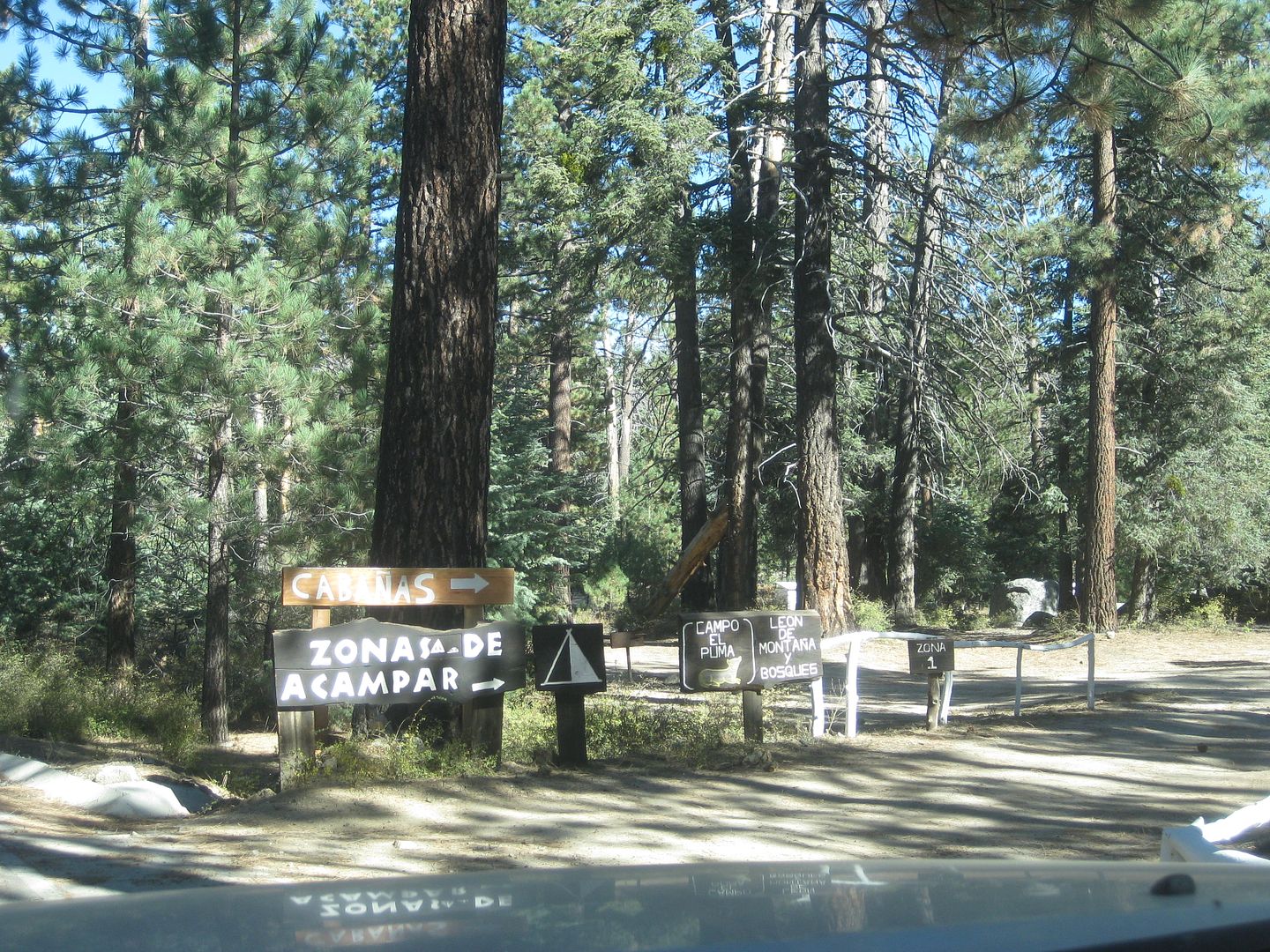
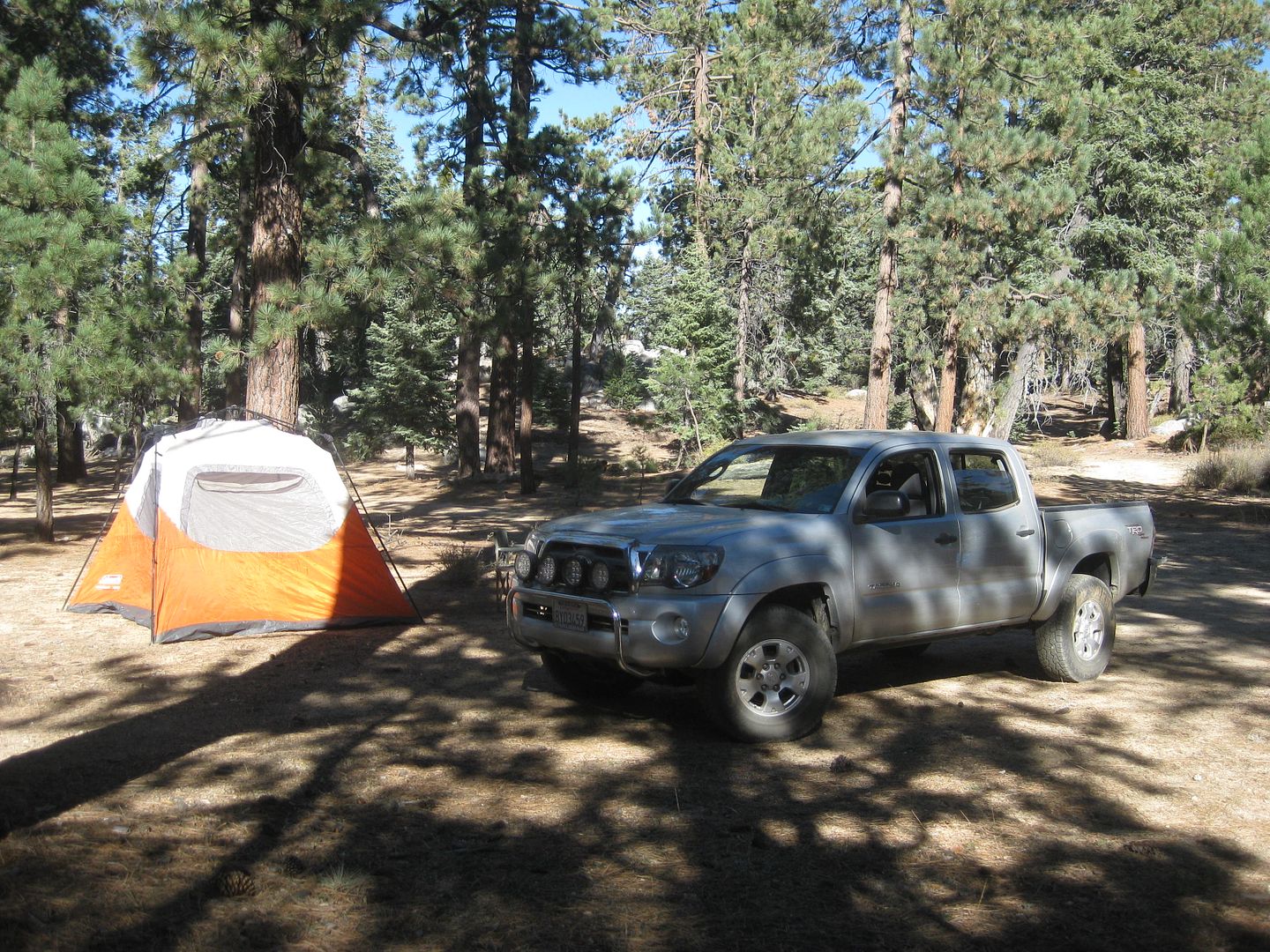
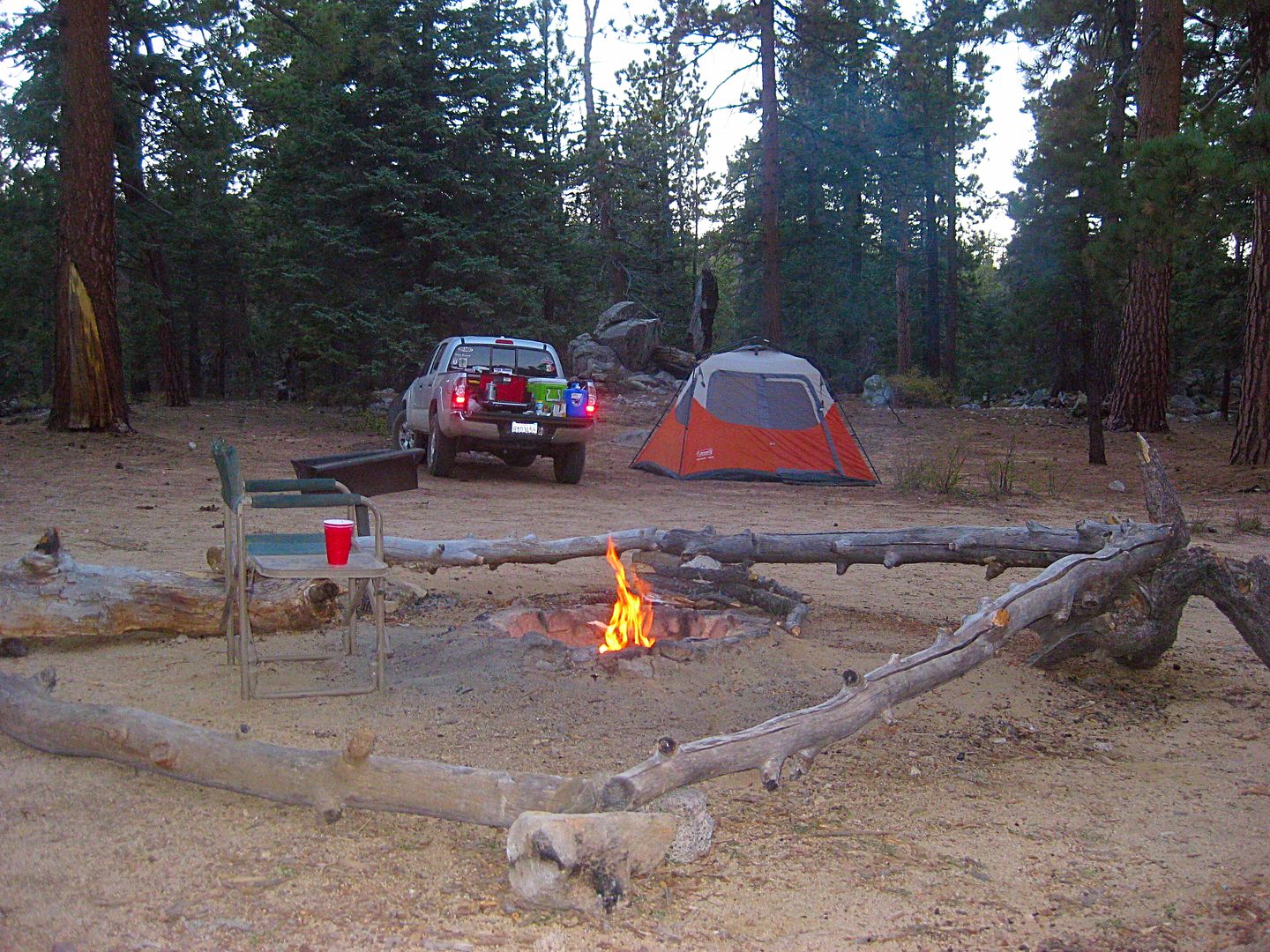
END OF DAY 4.
Tomorrow, the observatory (I hope)!
[Edited on 10-26-2017 by David K]
|
|
|
David K
Honored Nomad
        
Posts: 65389
Registered: 8-30-2002
Location: San Diego County
Member Is Offline
Mood: Have Baja Fever
|
|
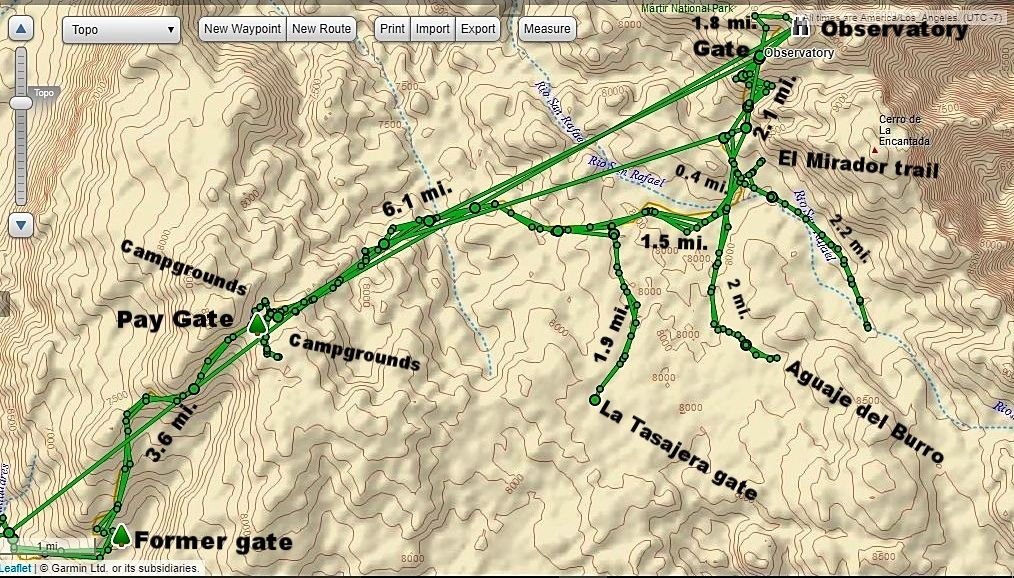
Please ignore those straight lines that the inReach GPS device adds to the actual traveled route (which has the small circles in the lines).
|
|
|
David K
Honored Nomad
        
Posts: 65389
Registered: 8-30-2002
Location: San Diego County
Member Is Offline
Mood: Have Baja Fever
|
|
DAY 5: Observatories, Meling, El Coyote, and what the heck?
Saturday October 14, 2017:
The overnight at 8,200 feet was not so bad. I had a fire for awhile then a warm bed in my tent for the night. I heard coyotes just once and some
distant camper's noise, but not bad.
I let the morning sun shine on the tent while I had hot cocoa, OJ, and some Life cereal. All was good!

Leaving camp before 10 am, I did take note of the many camping area names. Each area has several camping spots.
They include:
Campo de Cimarron
Campo el Condor
Campo Cacomixtle (where I stayed)
There are also cabins for rent near the ranger station (entrance gate).
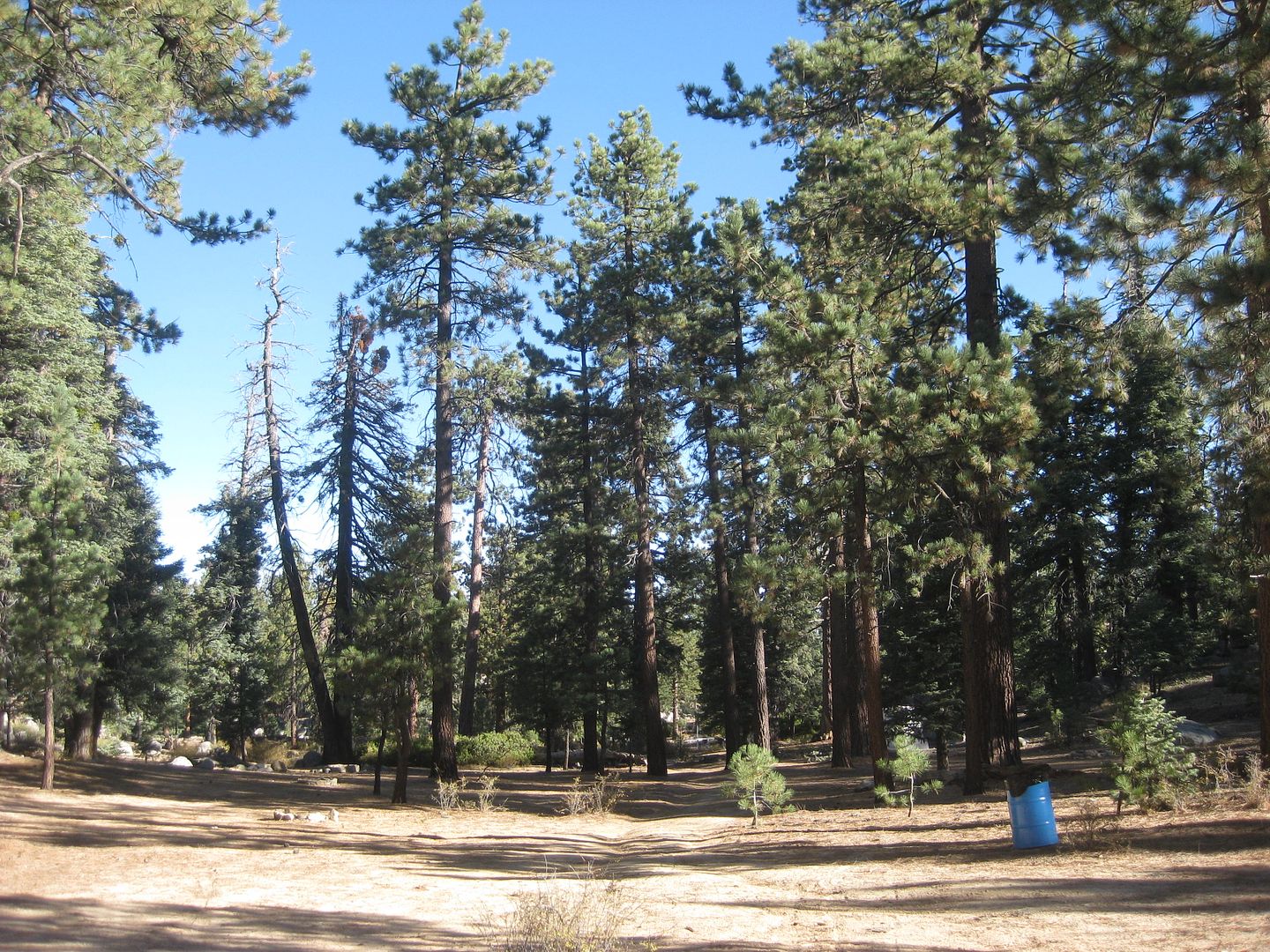
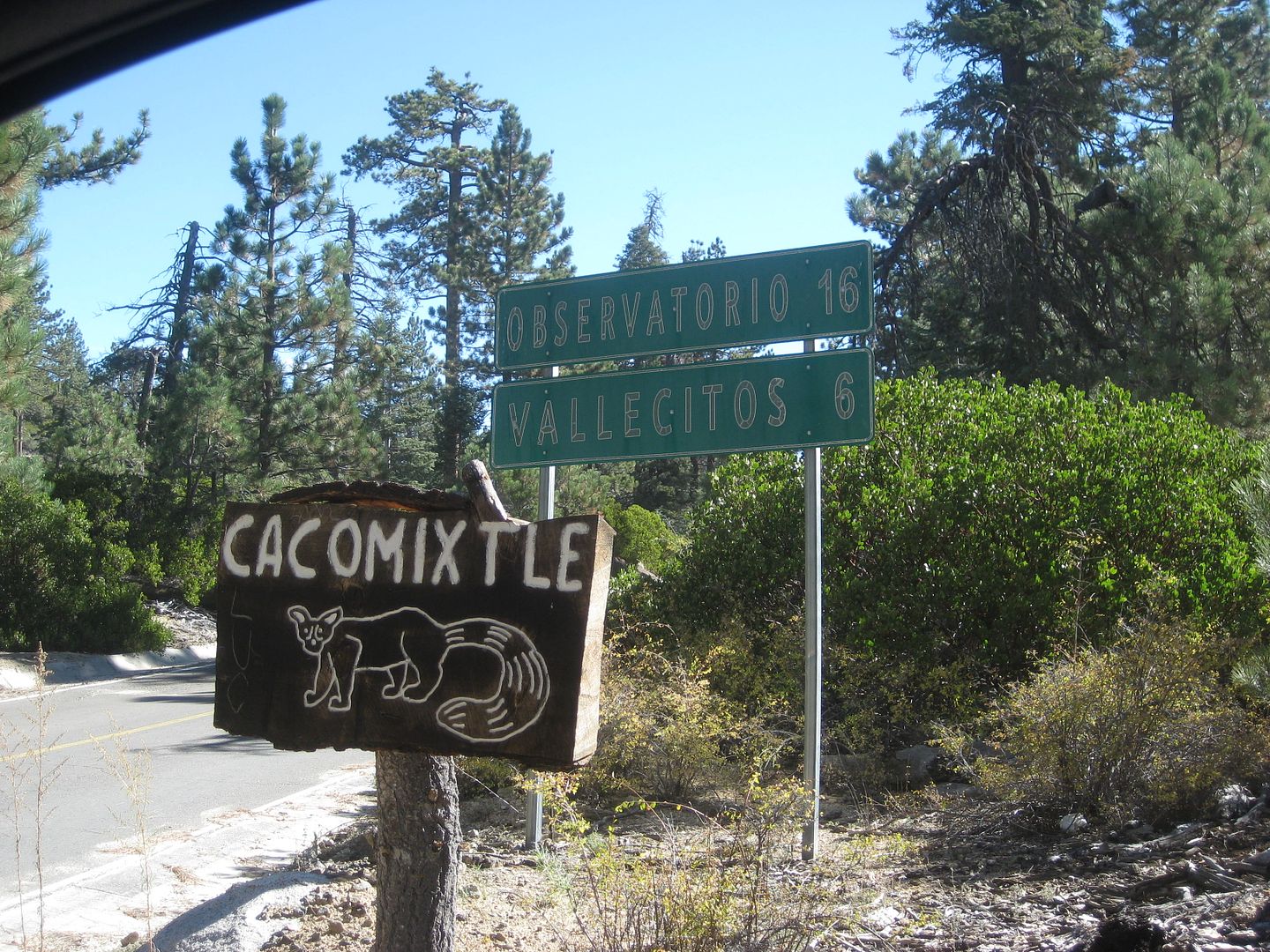
My goal was to get to the observatories, more to see the view of Diablo Mountain and the desert below than the telescope buildings.
I arrived at the gate shortly after 10 am (when it was advertised to be open), and it was closed! There was another car parked over to the side in the
parking area with a few people and one soldier from the base below. I just stayed in the road at the gate waiting for someone to come down and
(hopefully) open it for all of us. Another family arrived while I waited.
Maybe 20 minutes passed and a vehicle came down from the telescopes (which are 3 kilometers away and 500 feet higher, on the ridge). After he chatted
with the others through the gate I walked to him and learned it wasn't open yesterday or this morning because of some maintenance going on with the
telescopes. Because I only wanted to take photos for all of you and the new guidebook and get a GPS reading, he said for me to wait 30 minutes. The
other two vehicles full of people left and 45 minutes later, he came down. I noted he was wearing a Superman shirt and he said that was because he was
the "supervisor"! 
He couldn't get the electric gate to open so he invited me to ride in his truck. How cool was that! He told me that normally the gate is closed but
during those three hours each day (10-1), you can use the call box to get the gate opened... only the call box was currently out-of-order.
I recall he said he has been working there for 9 years. 15 days a month up at the observatories and 15 days in Ensenada at sea level. Prevents
elevation sickness.
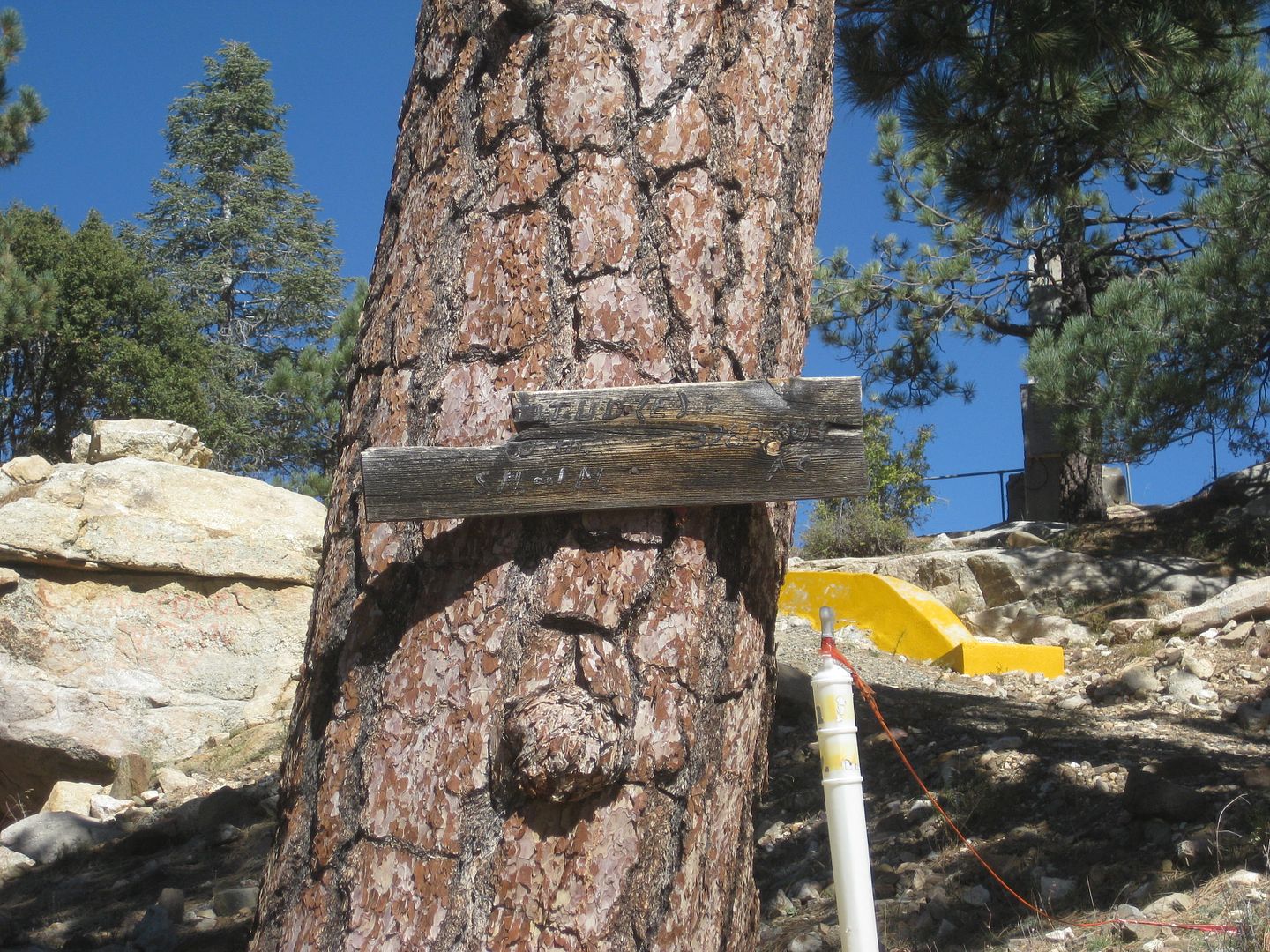
This sign once gave the altitude at the end of the road as 9,280 ft. I have a photo of it from 1978. The supervisor wondered what it was and was very
appreciative to hear it has been there at least 40 years. Up close, I could make out the 9,280'.
In 1978:
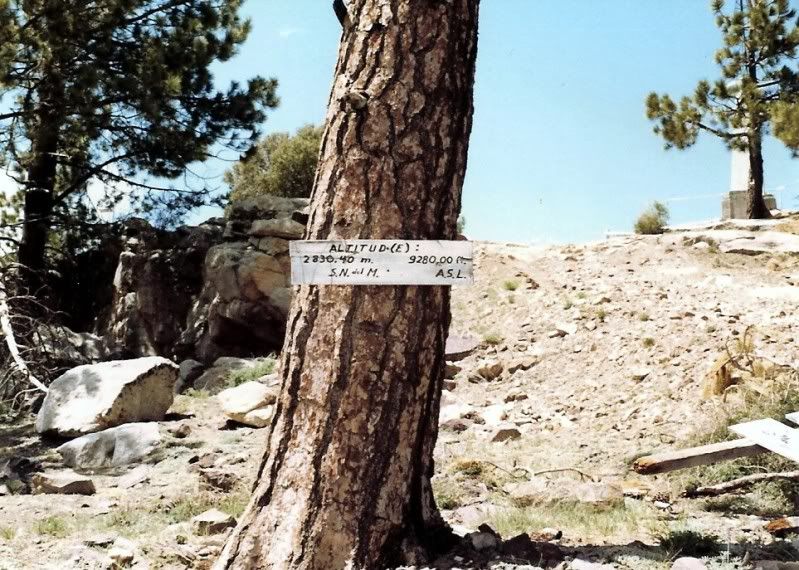
Cool, huh?

Bummer it was so hazy. In the past you could see Arizona.

Mexico's largest telescope is here.
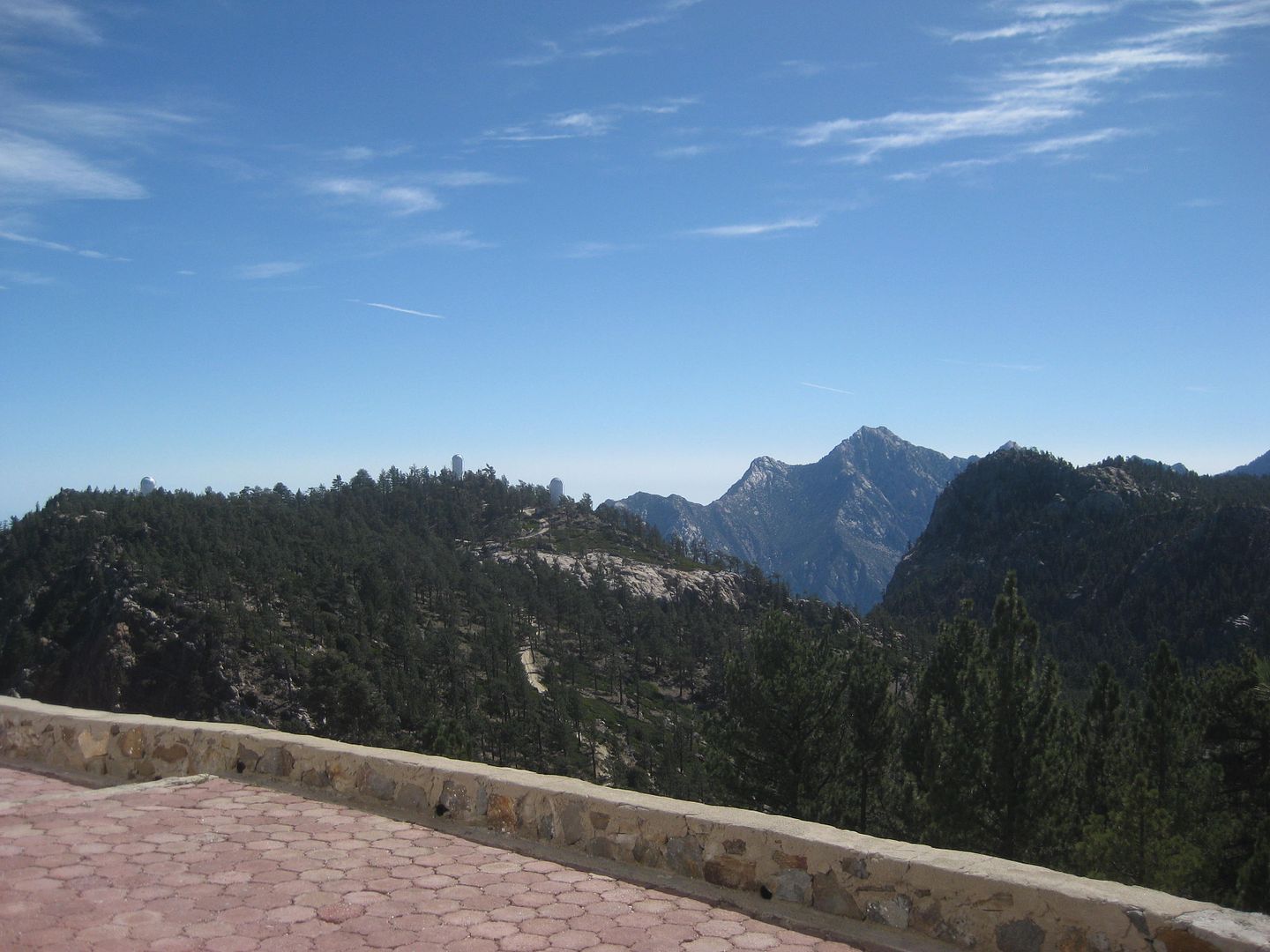
Diablo Mountain is 10, 154', alomst 900 ft. higher than this spot.
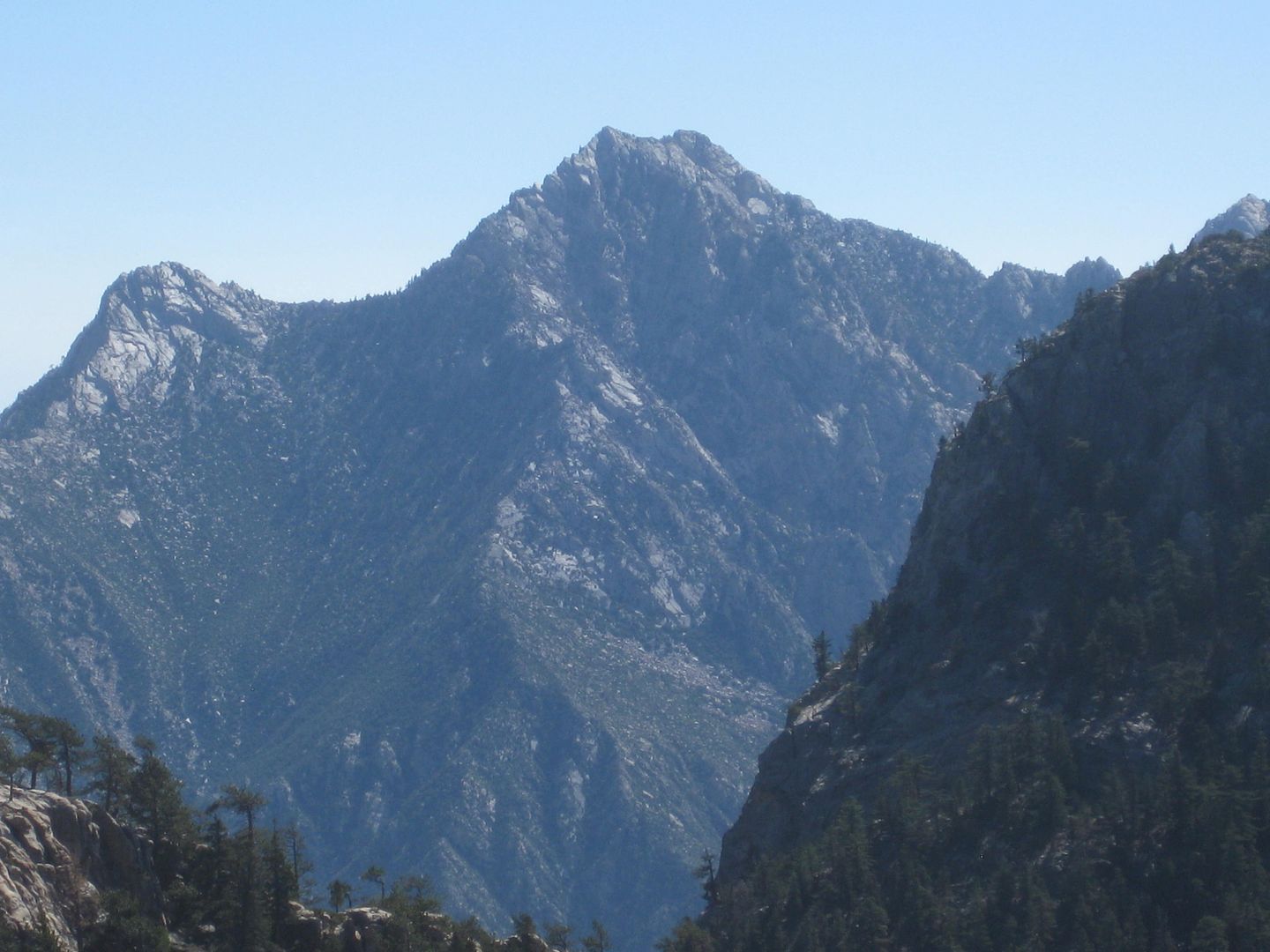

I am very happy to have been able to be here in 2017.
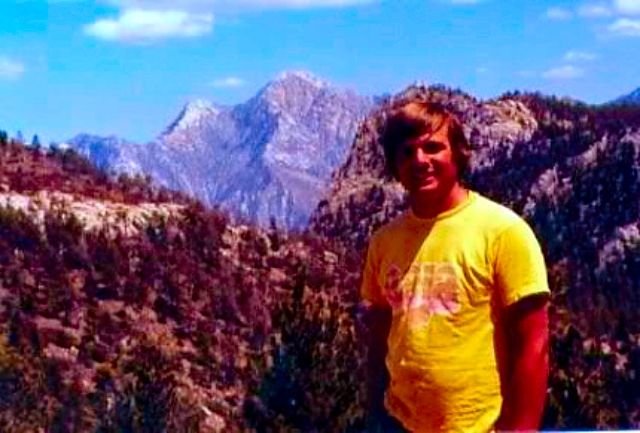
In June 1978, photo taken by a friend when we came up to the observatories after watching the Baja 500 near Mike's Sky Rancho. The big one was not yet
constructed.

The three newest telescopes are a joint Mexico/Taiwan program. Located on the ridge just southeast. San Felipe is beyond, out-of-sight.
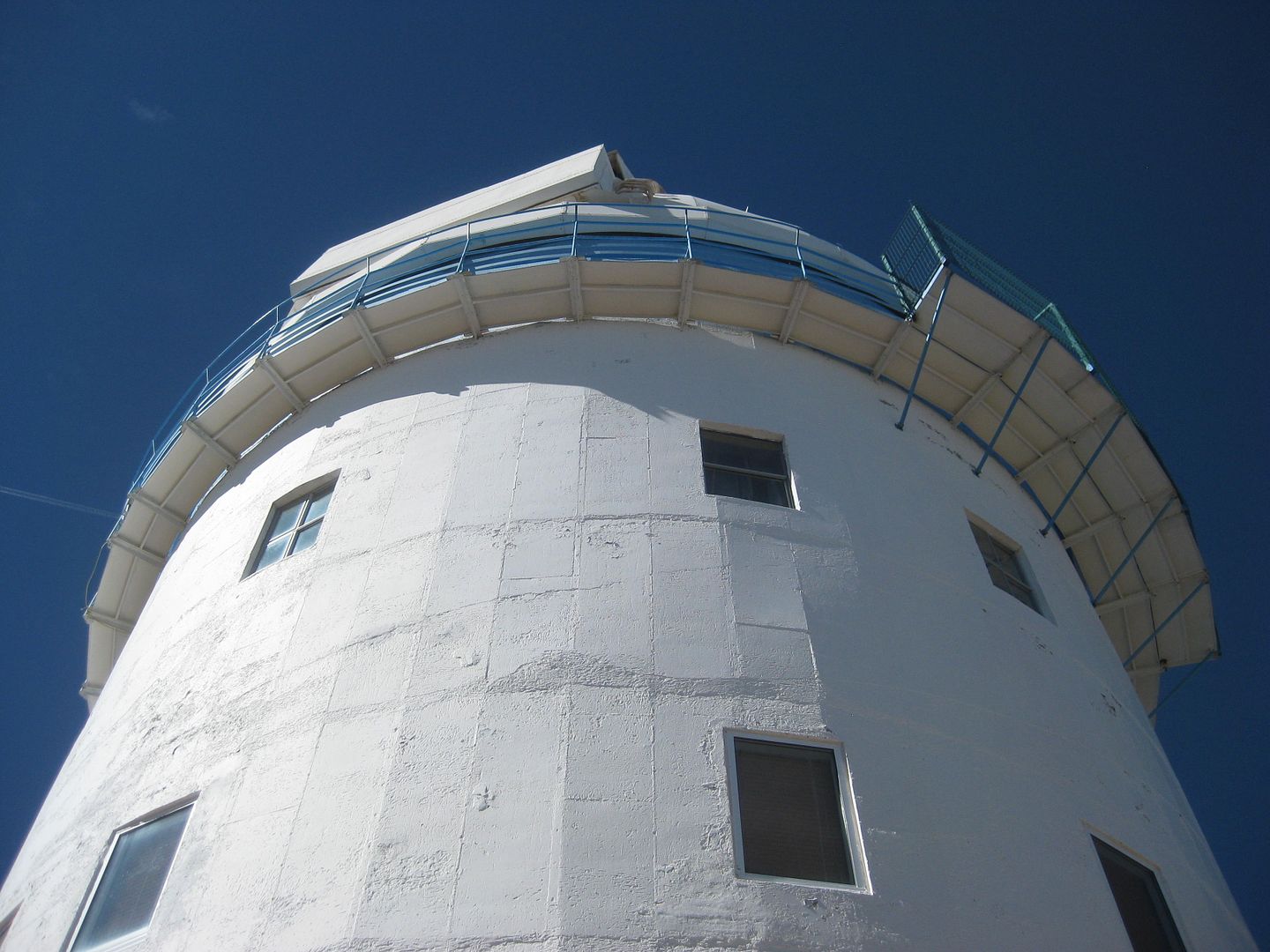
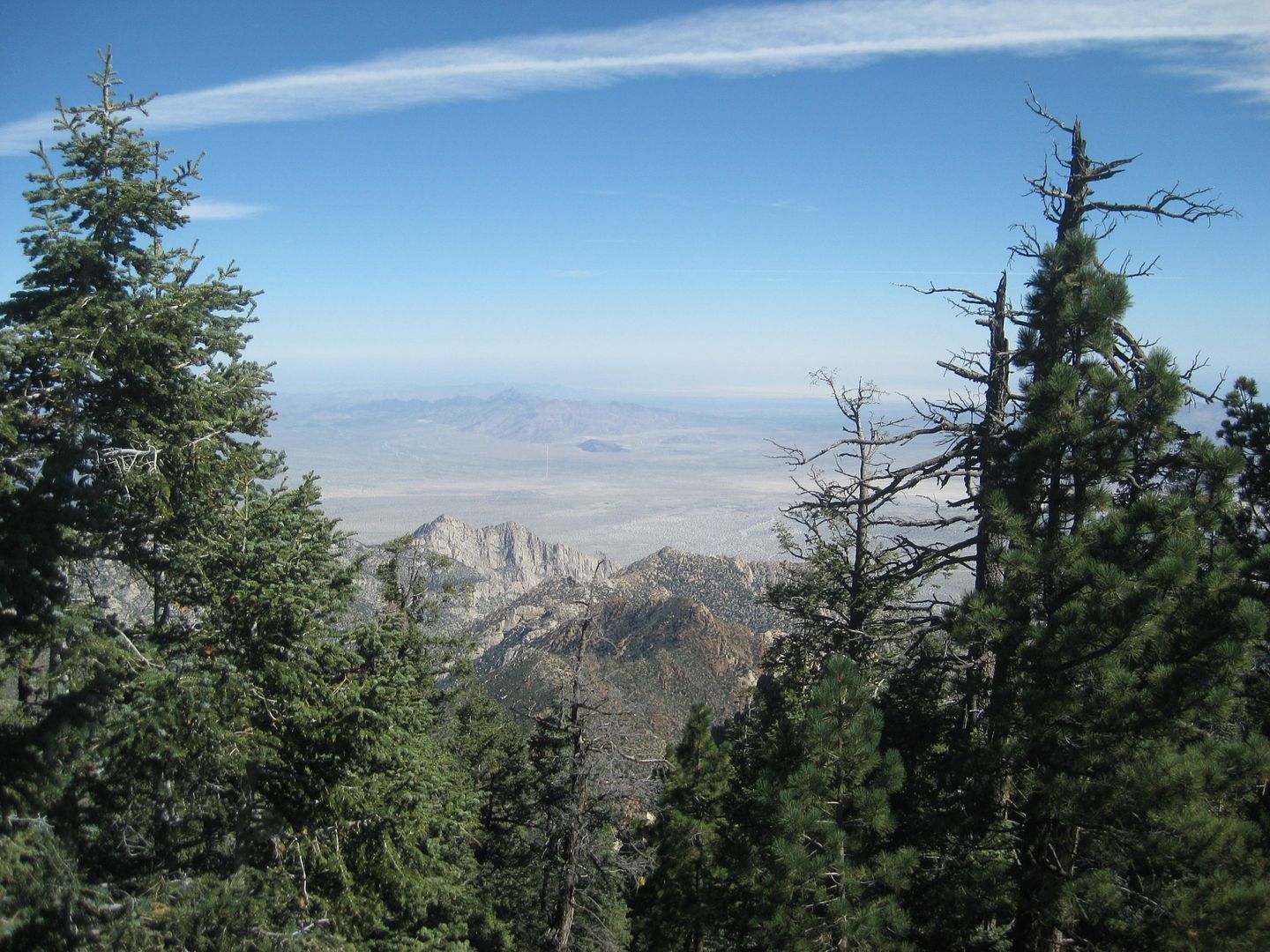
One more look at the desert below.

That is the graded road off Hwy. 3 to the top end of Diablo Dry Lake.

Looking back down the road to the gate.
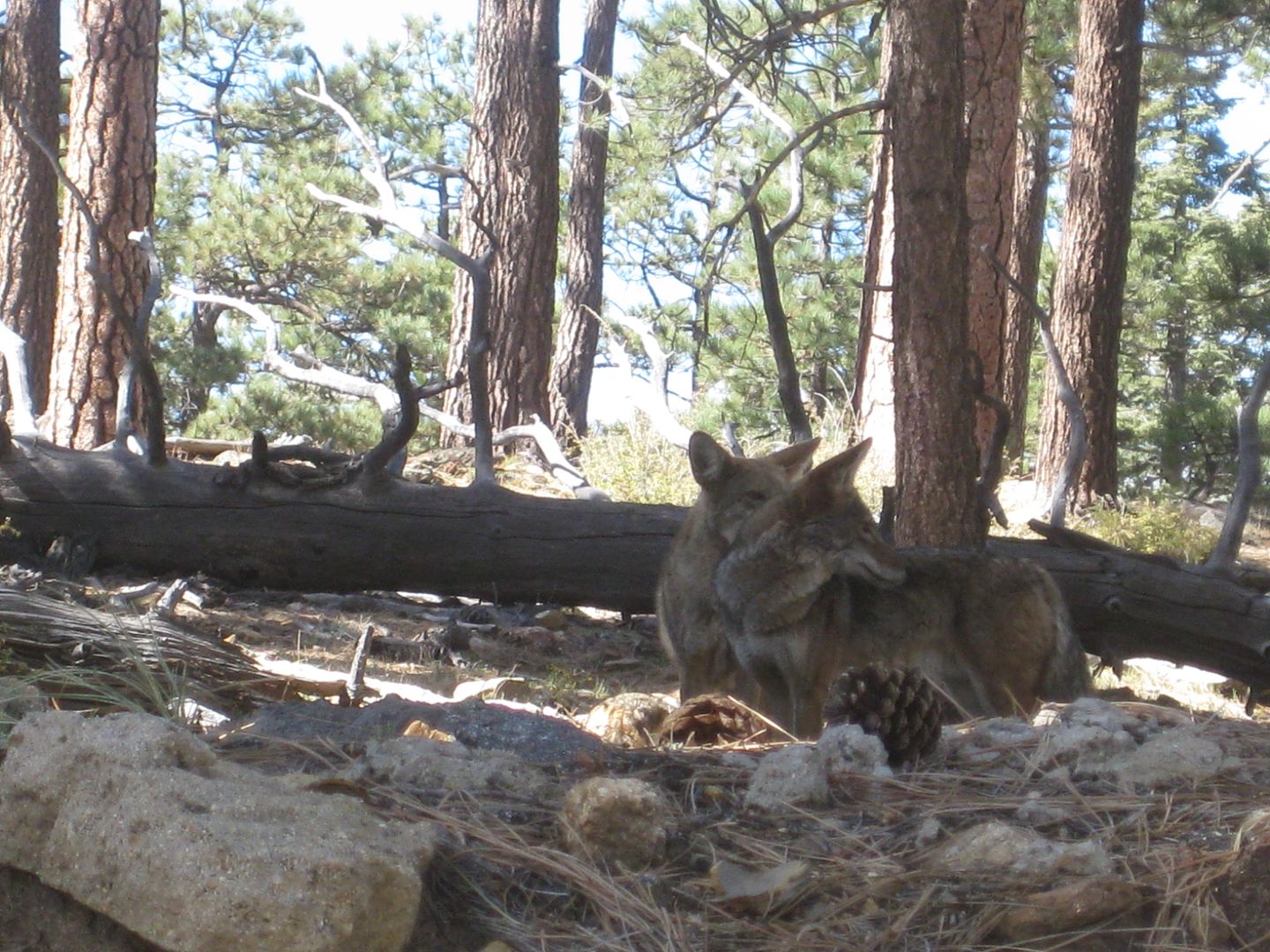
Almost tame coyotes... this pack (there were many more) have been spoiled by the astronomers who feed them (yes, they know it is wrong).
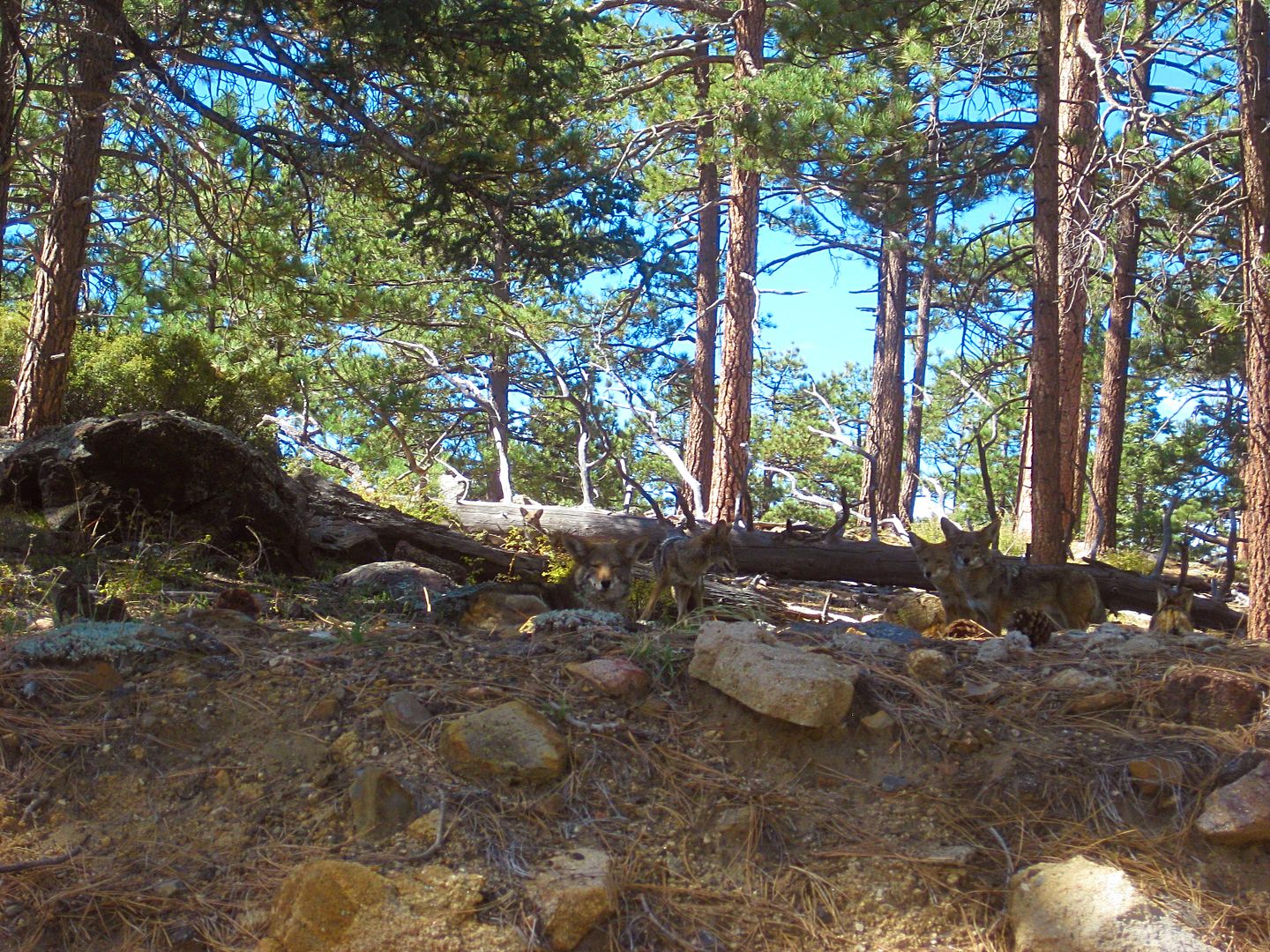
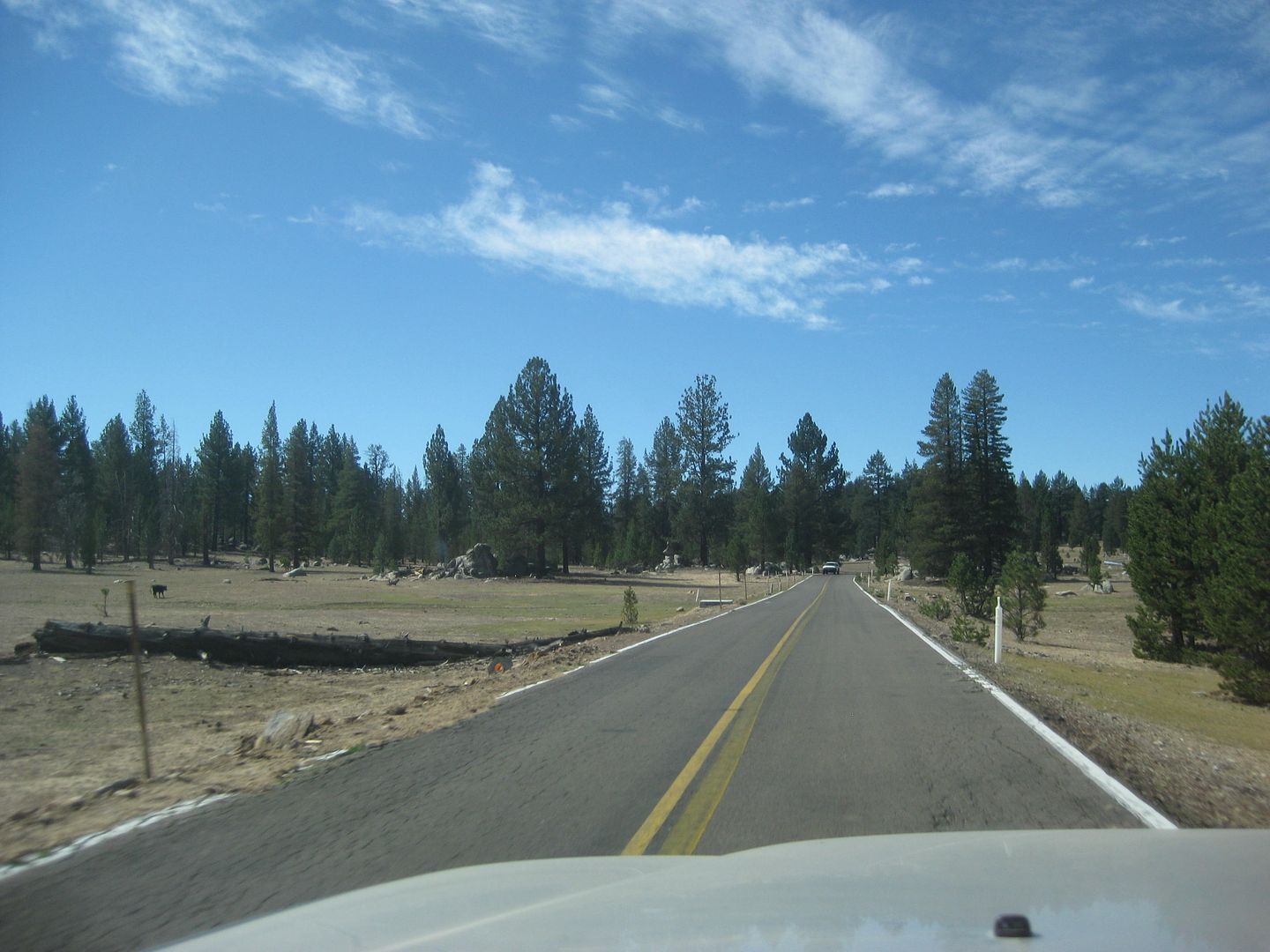

Capilla San Pedro (chapel).

The gate and driveway to the former Dark Skys Inn and Rancho La Joya. The road has been reported as nearly impassable since last winter's rains.

To Be Continued...
[Edited on 10-26-2017 by David K]
|
|
|
BajaNomad
Super Administrator
        
Posts: 5014
Registered: 8-1-2002
Location: San Diego, CA
Member Is Offline
Mood: INTP-A
|
|
Pretty awesome.
When I was young, I admired clever people. Now that I am old, I admire kind people.
– Rabbi Abraham Joshua Heschel
We know we must go back if we live, and we don`t know why.
– John Steinbeck, Log from the Sea of Cortez
https://www.regionalinternet.com
Affordable Domain Name Registration/Management & cPanel Web Hosting - since 1999 |
|
|
David K
Honored Nomad
        
Posts: 65389
Registered: 8-30-2002
Location: San Diego County
Member Is Offline
Mood: Have Baja Fever
|
|
Thanks Doug. I will try to post the rest tomorrow.
|
|
|
John Harper
Super Nomad
   
Posts: 2289
Registered: 3-9-2017
Location: SoCal
Member Is Offline
|
|
Great photos and story. Thanks for posting up!
John
|
|
|
TMW
Select Nomad
      
Posts: 10659
Registered: 9-1-2003
Location: Bakersfield, CA
Member Is Offline
|
|
Beautiful country on the mountain. Are the new telescopes bigger than the the existing ones. As I recall the original three telescopes were 24 inches,
36 inches and 84 inches. It's been 15 years or more since I've been up there, I need to go back.
|
|
|
David K
Honored Nomad
        
Posts: 65389
Registered: 8-30-2002
Location: San Diego County
Member Is Offline
Mood: Have Baja Fever
|
|
The buildings don't appear to be bigger than the 84" scope observatory. But, they were a ways away. The supervisor didn't mention mirror diameters,
only that it was a Mexico-Taiwan project.
|
|
|
| Pages:
1
2 |
|

